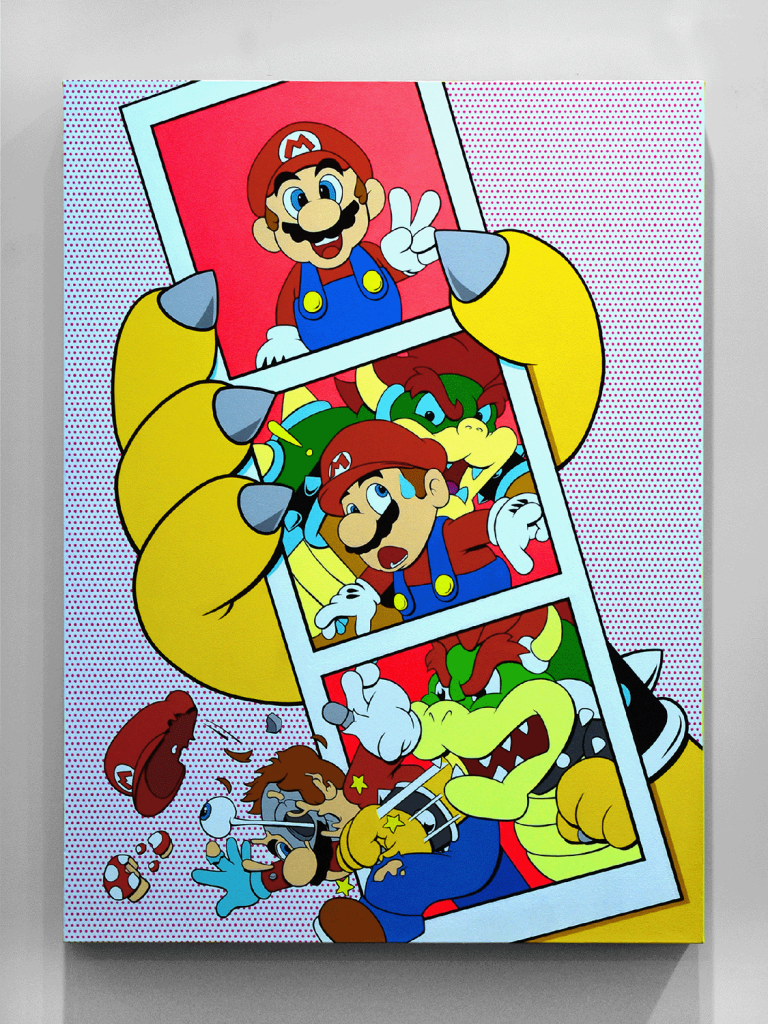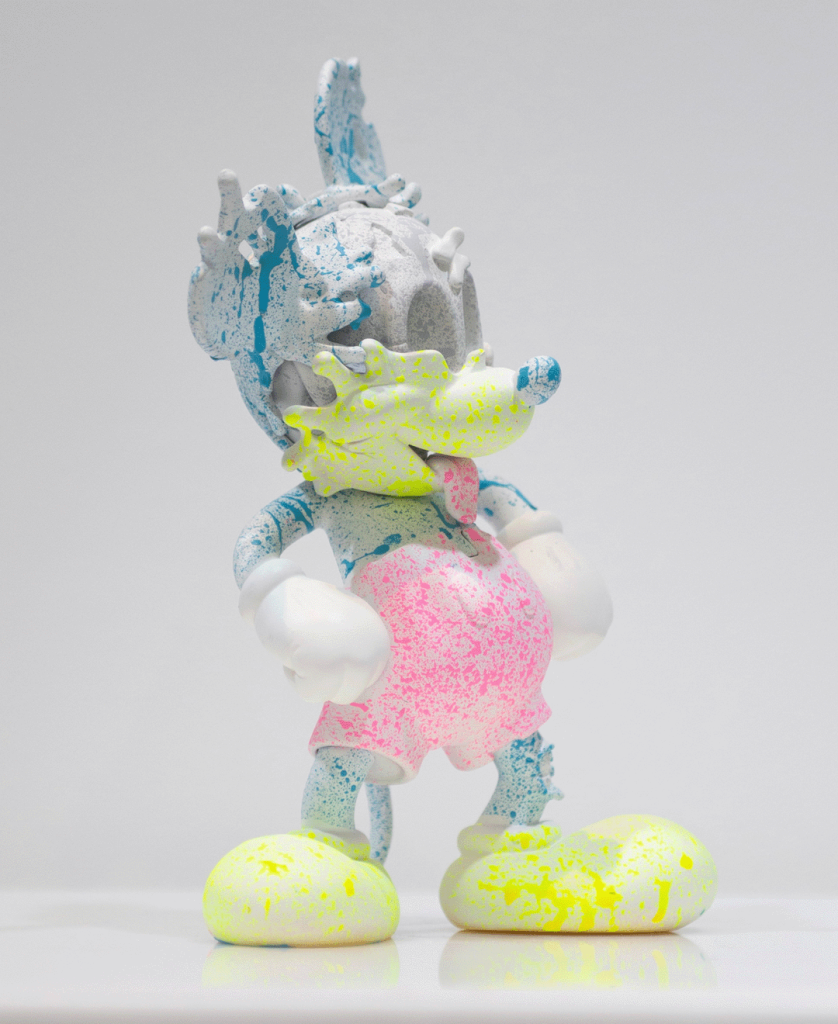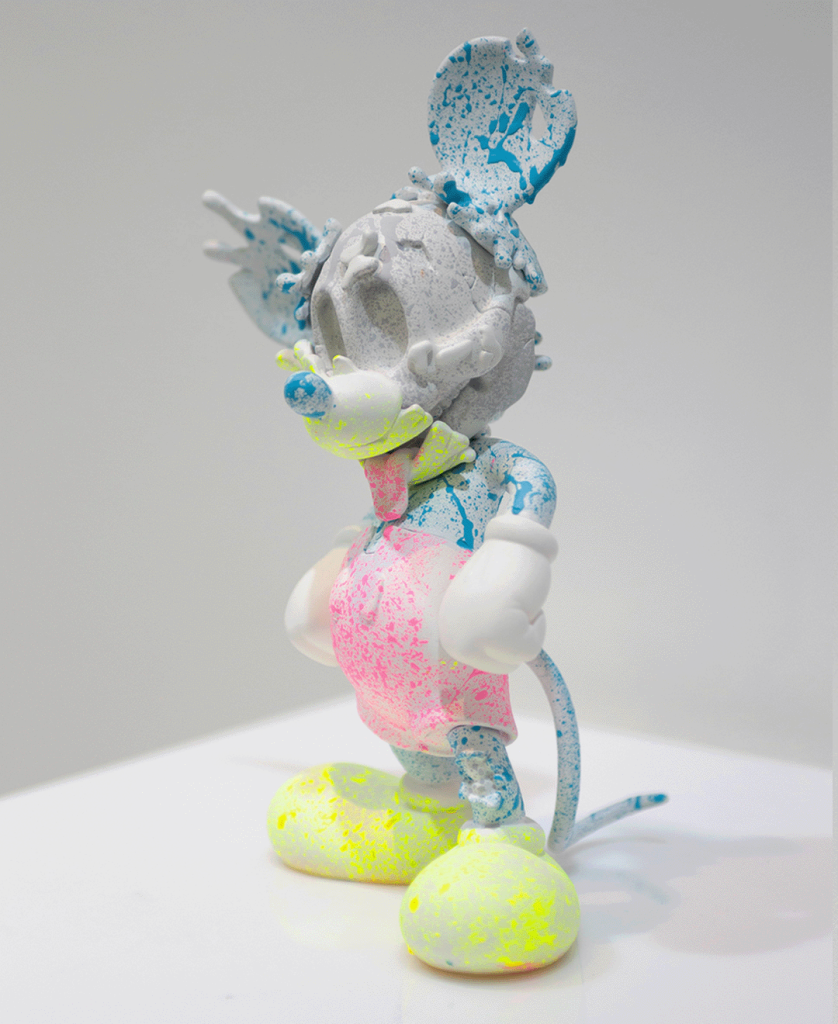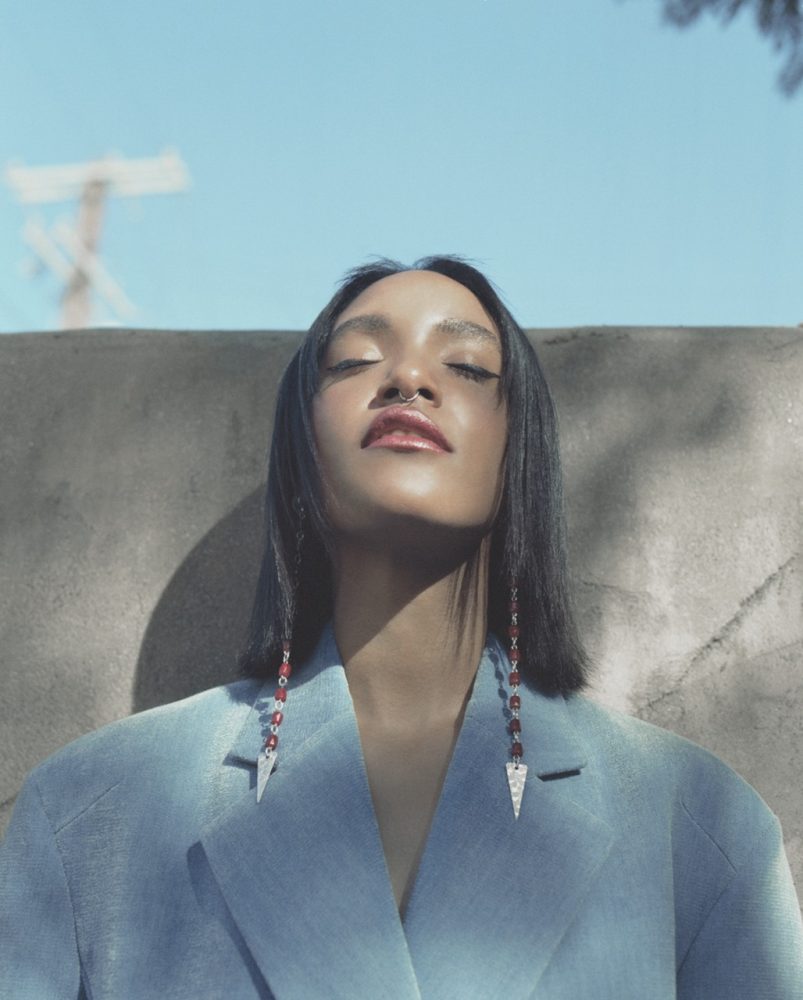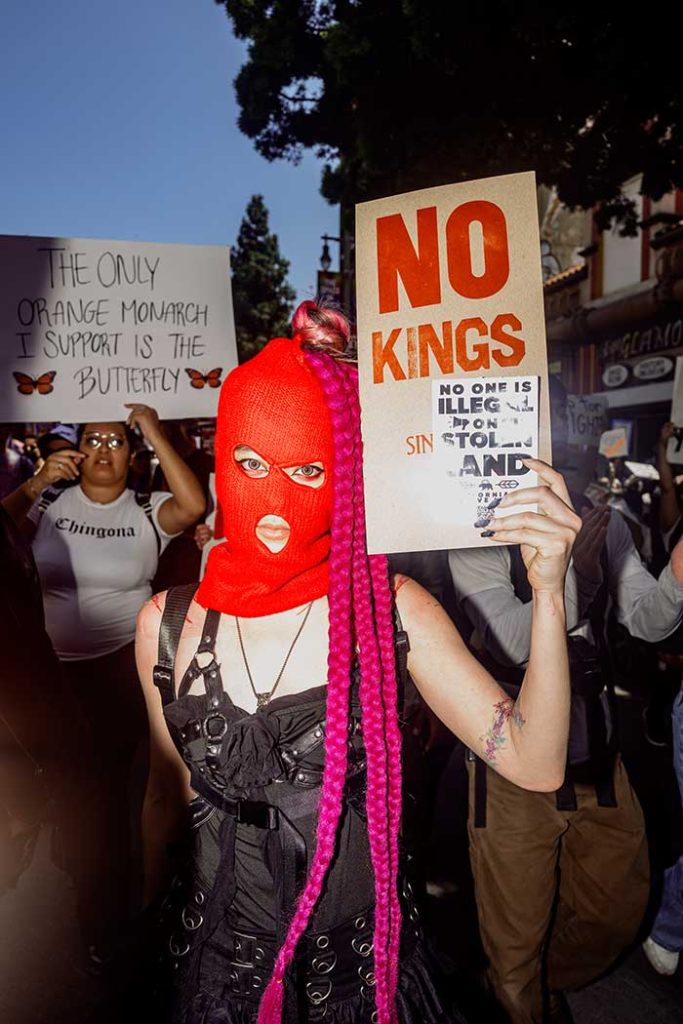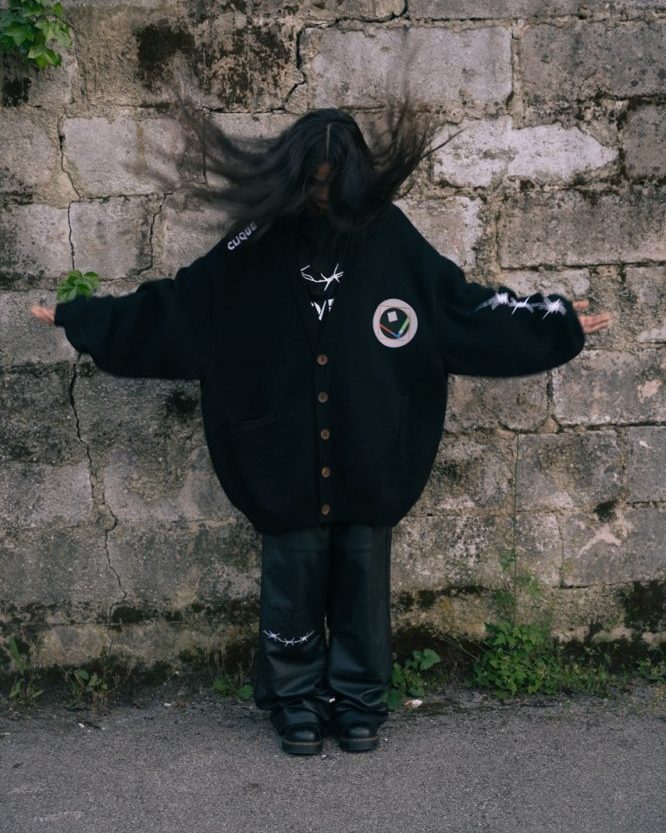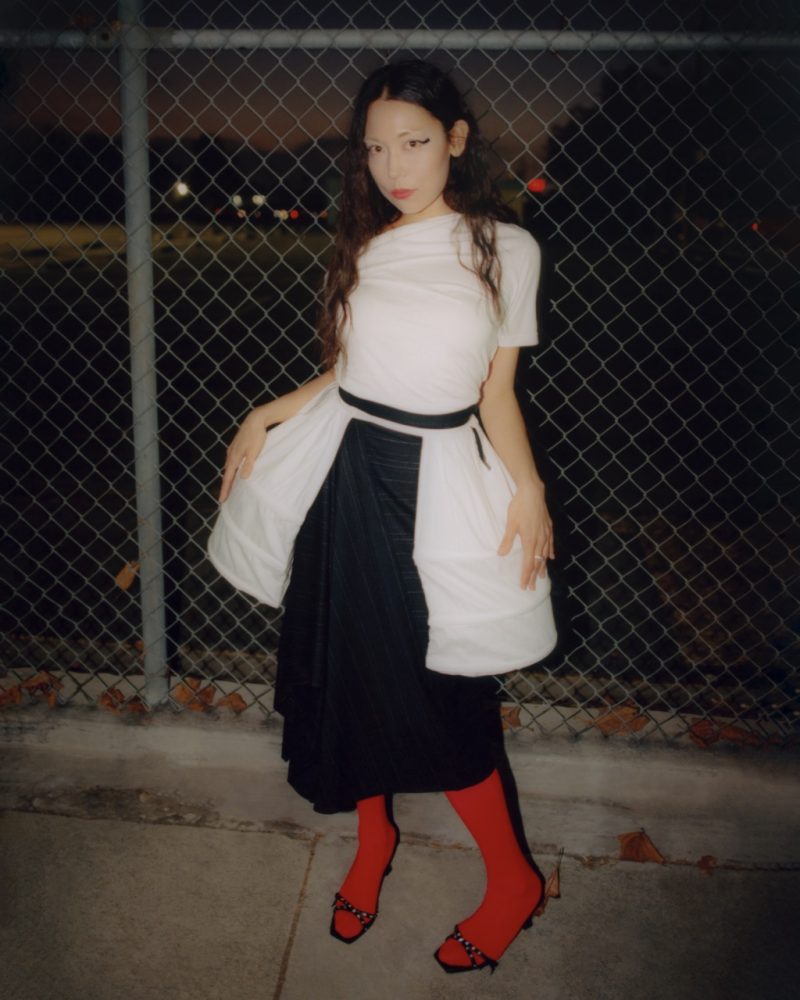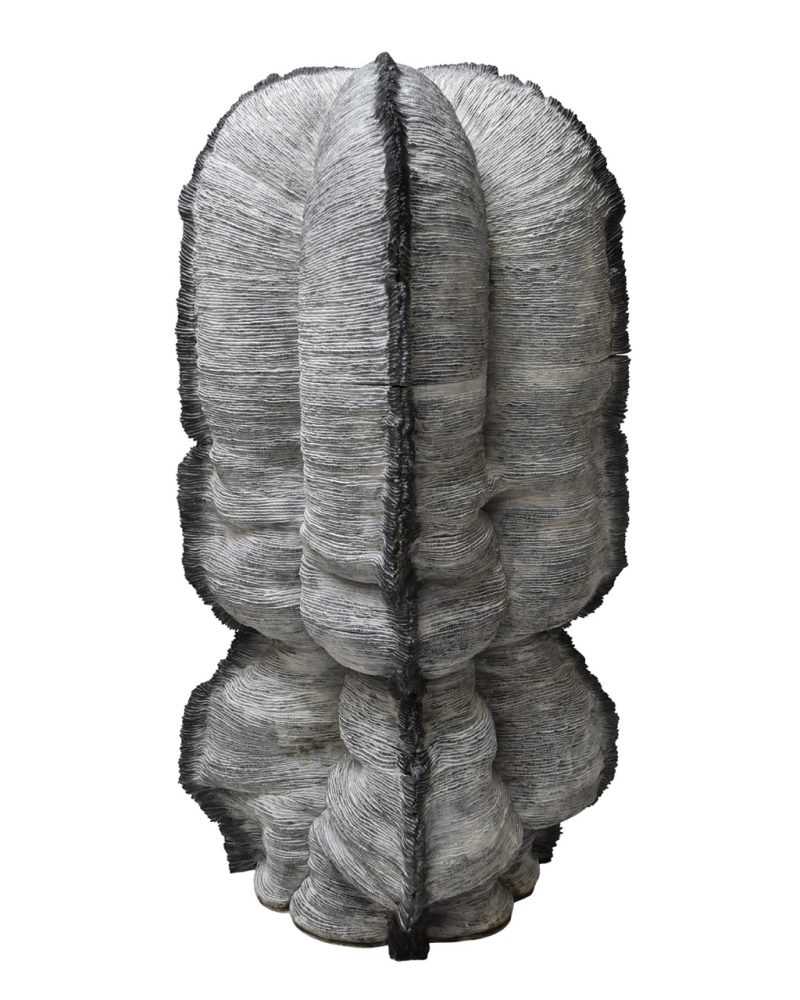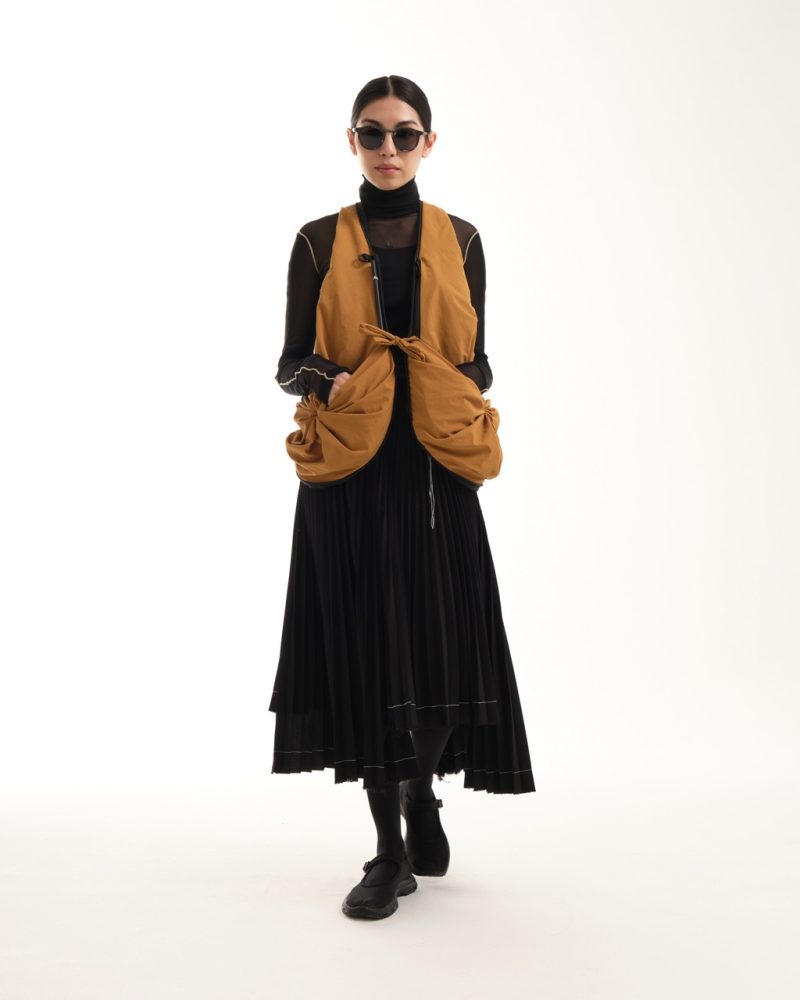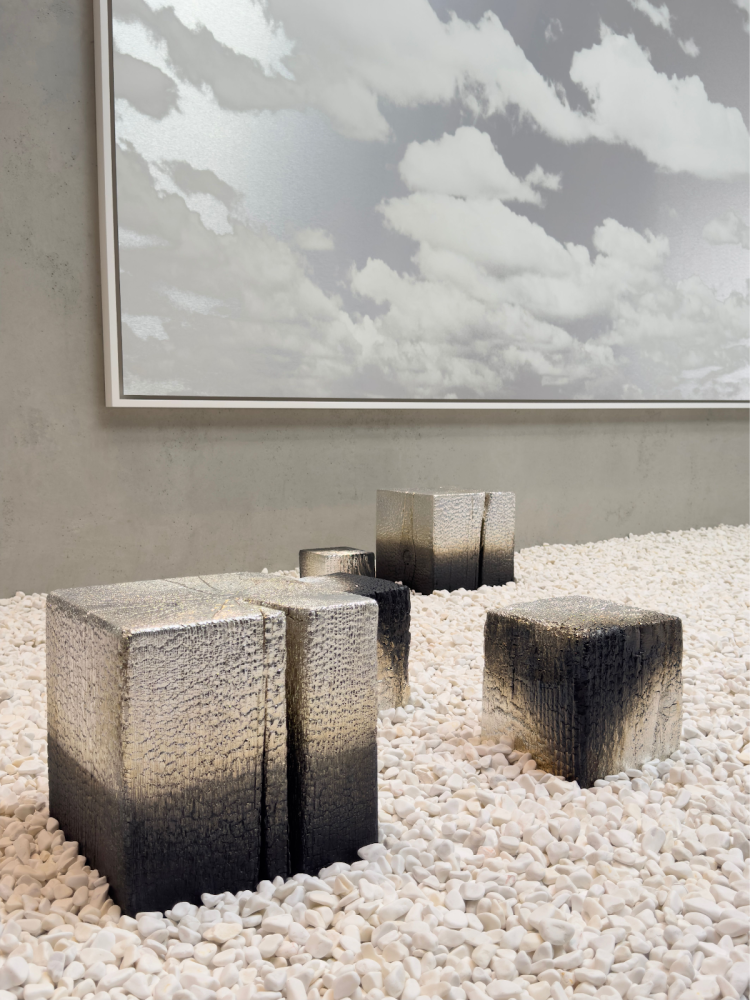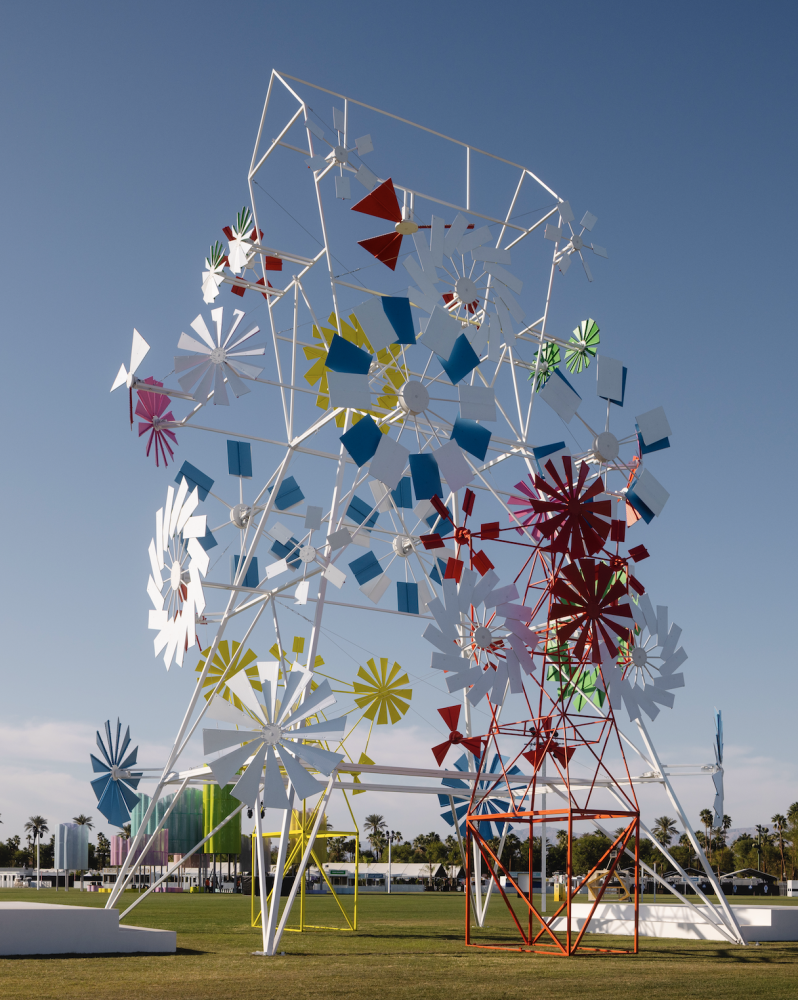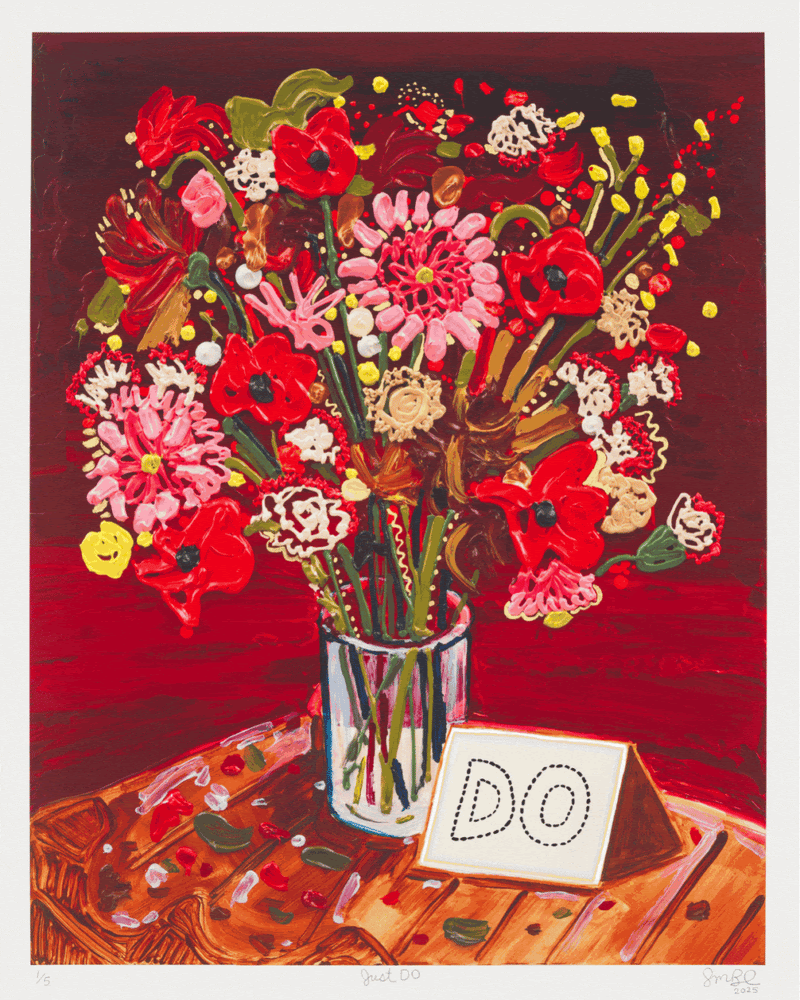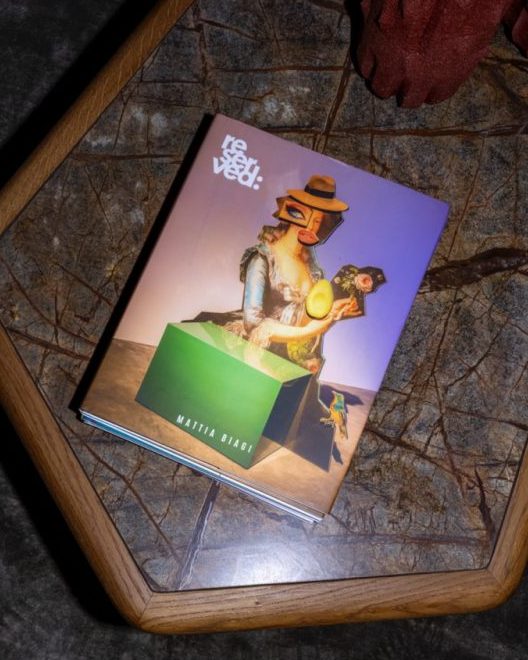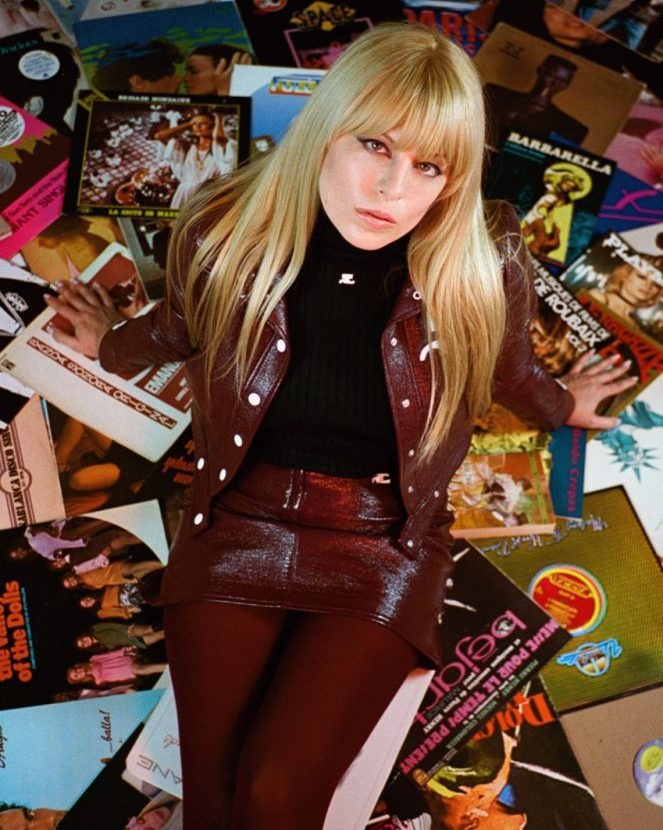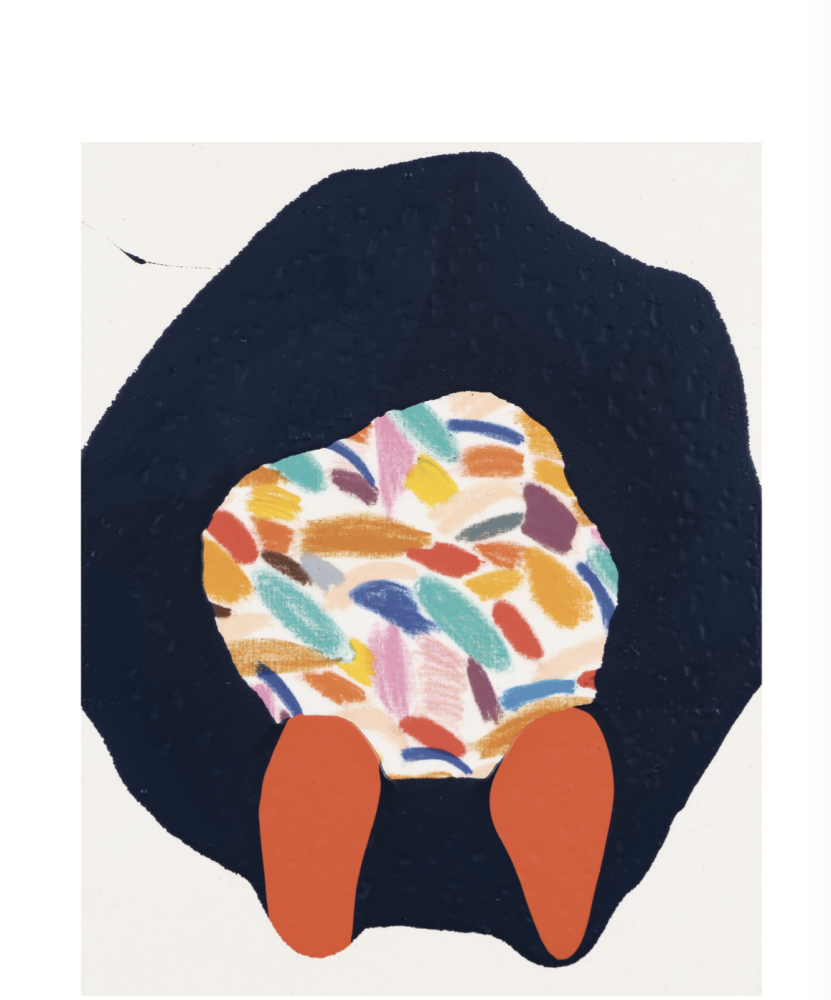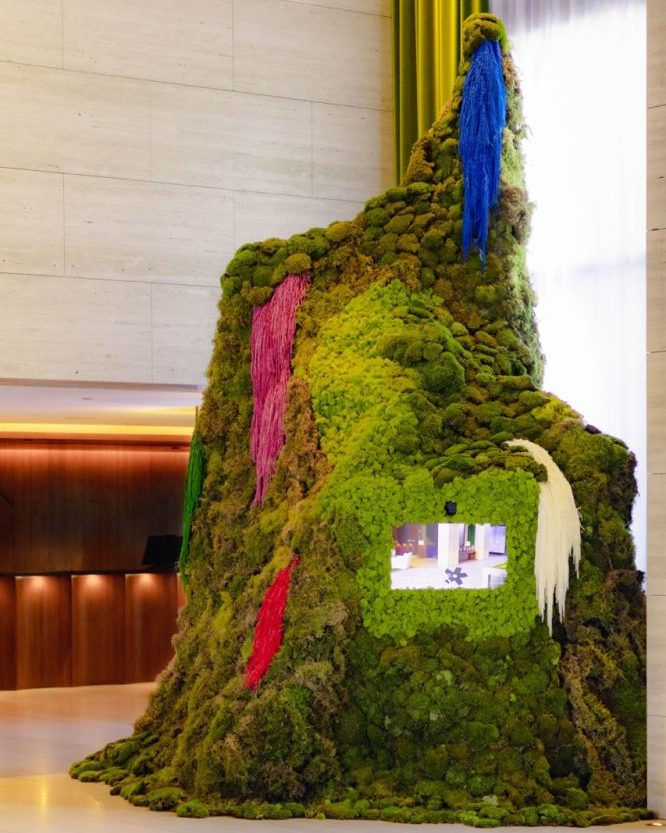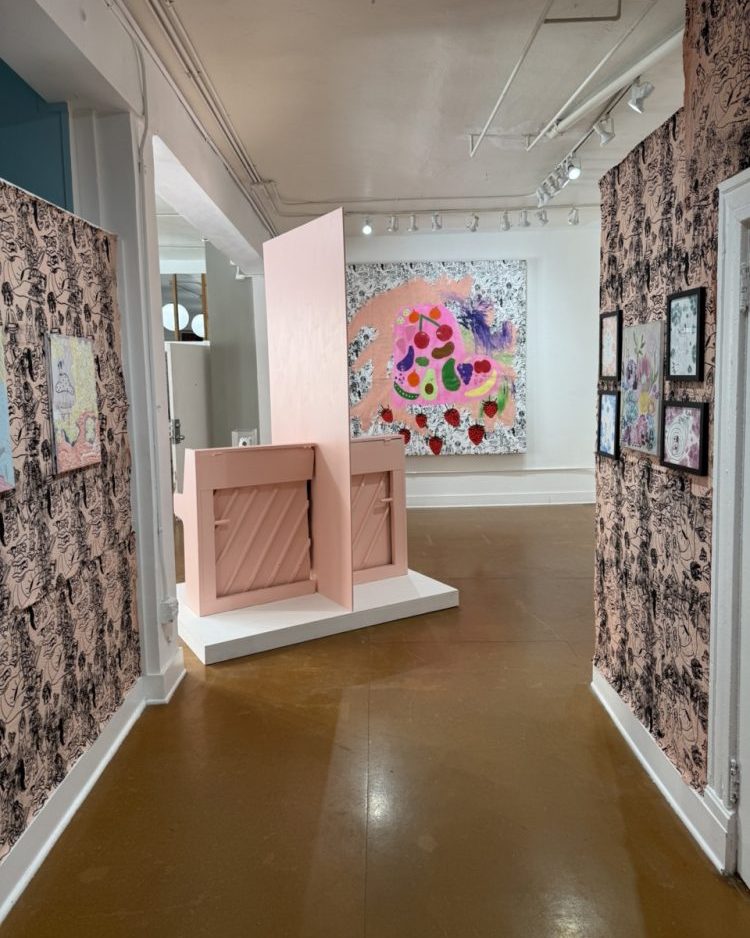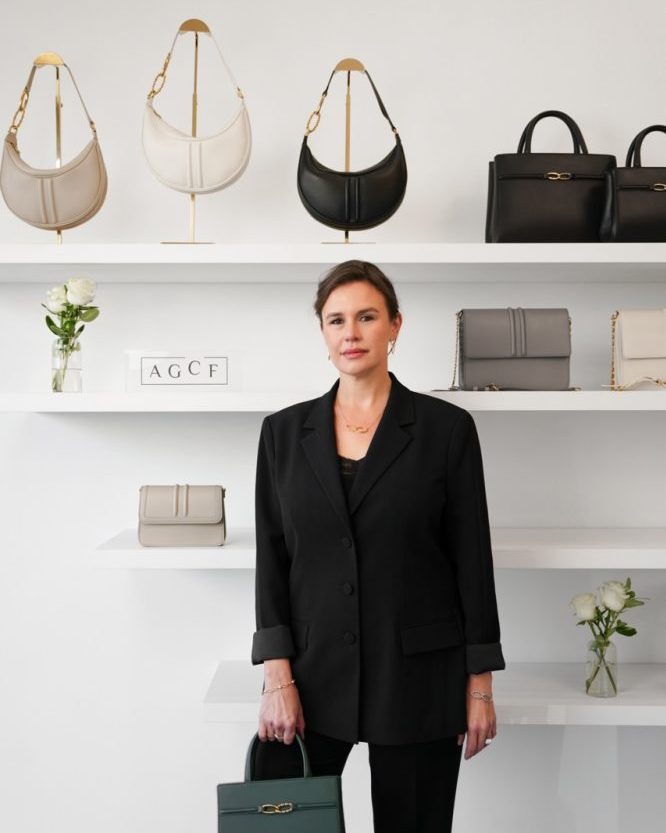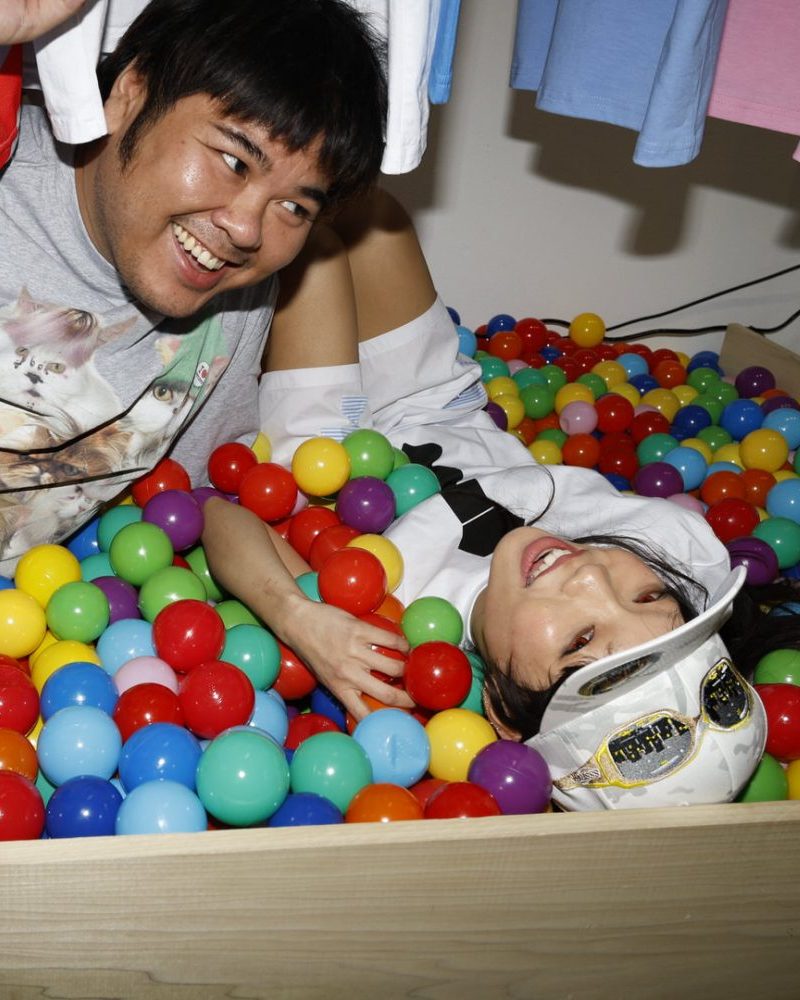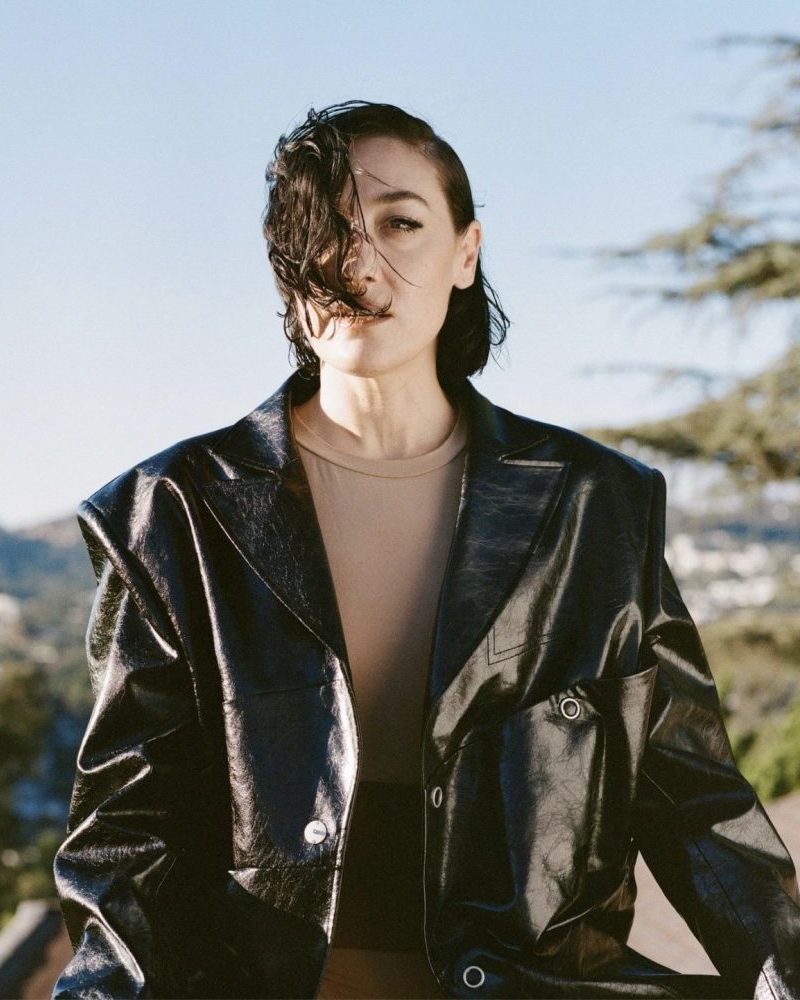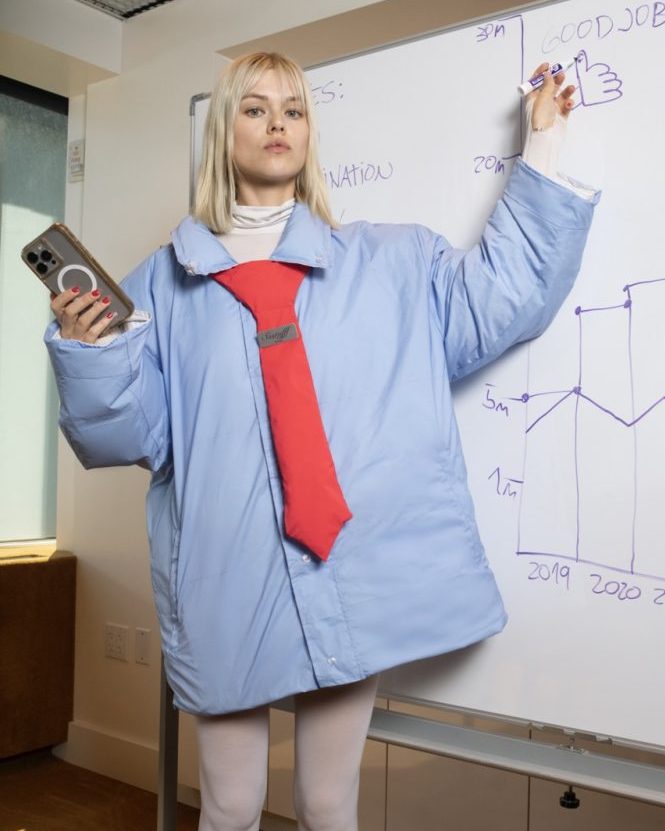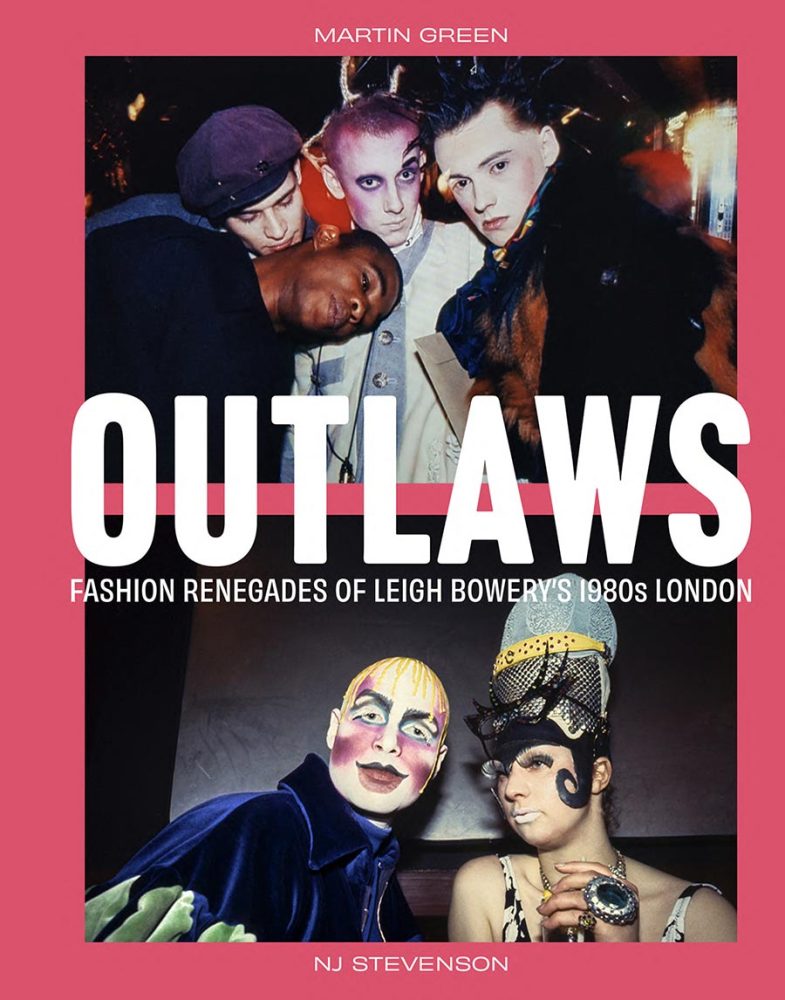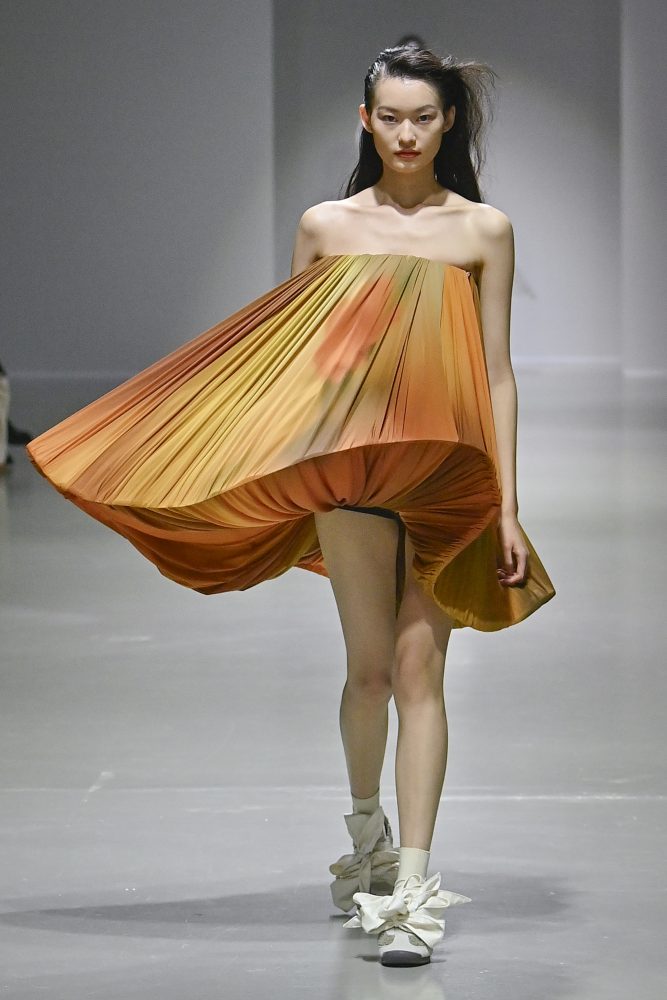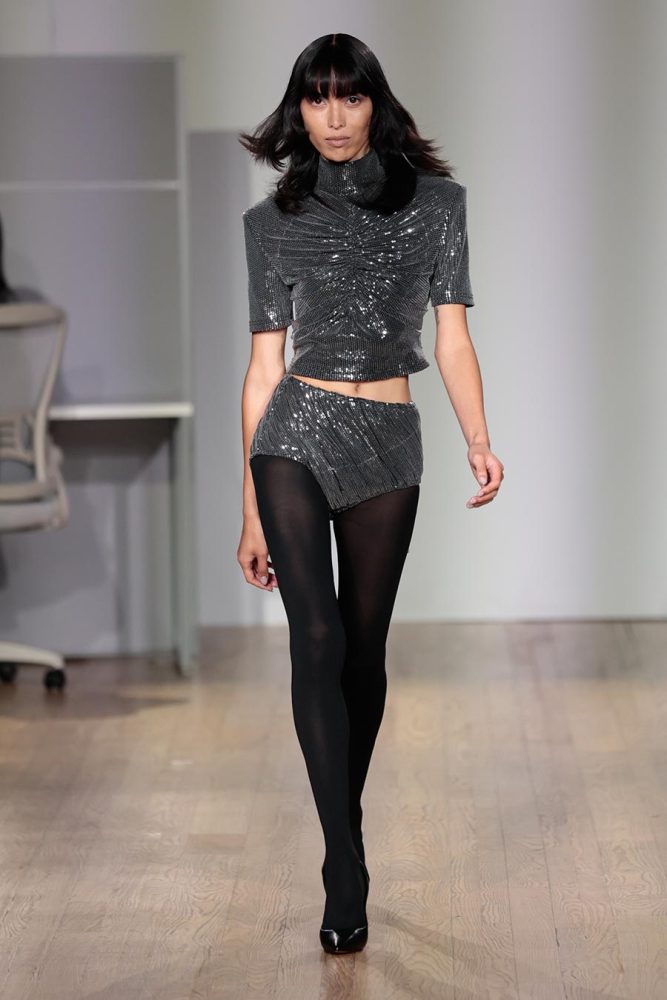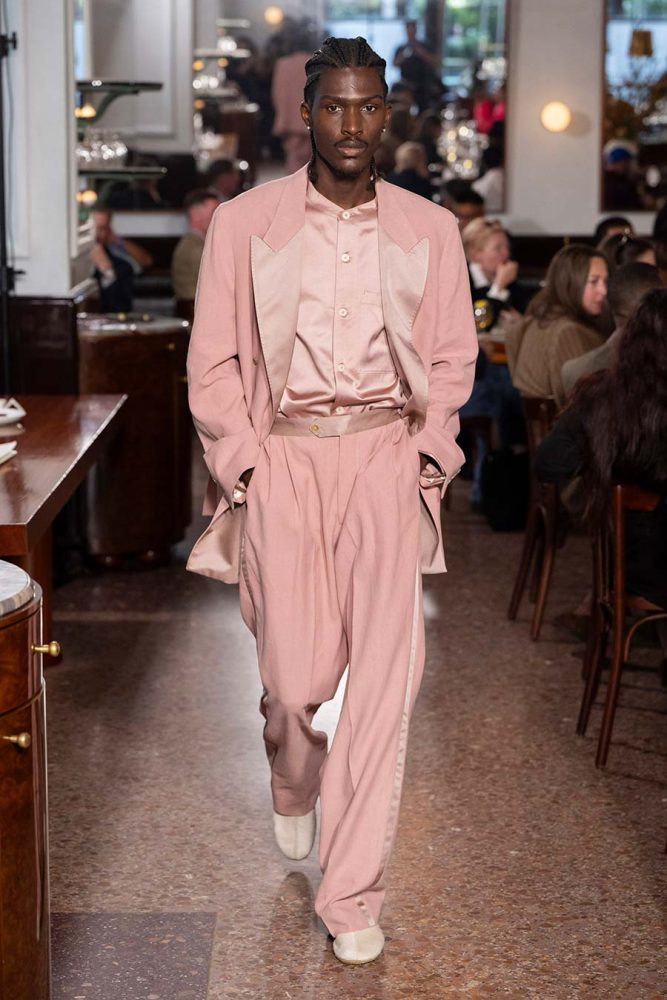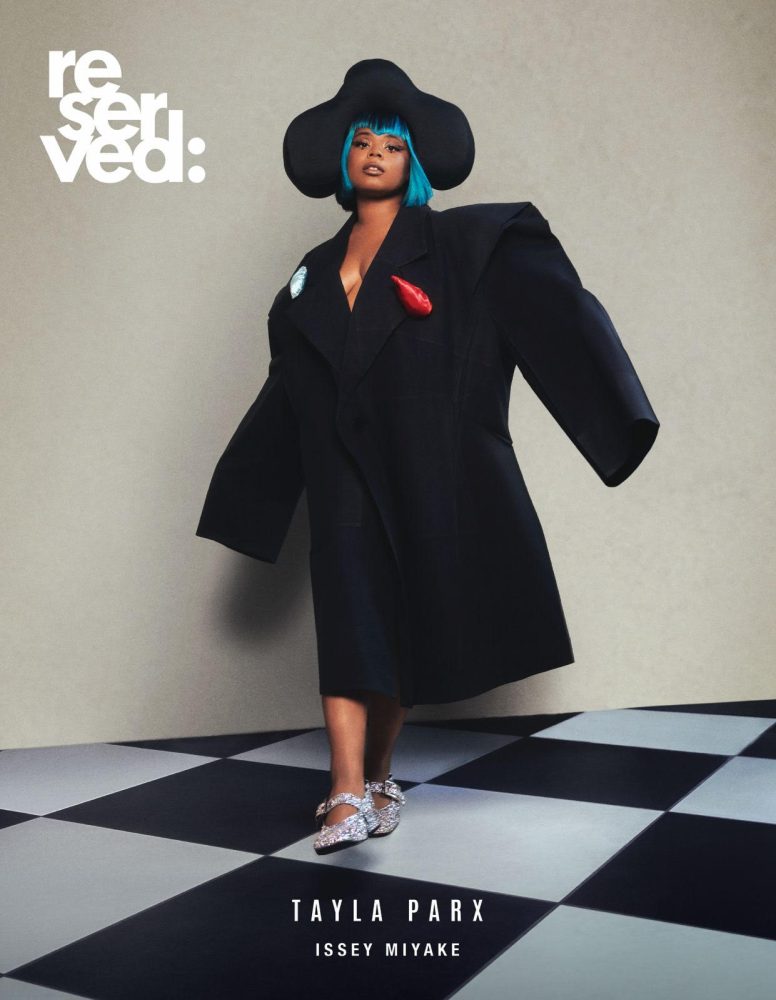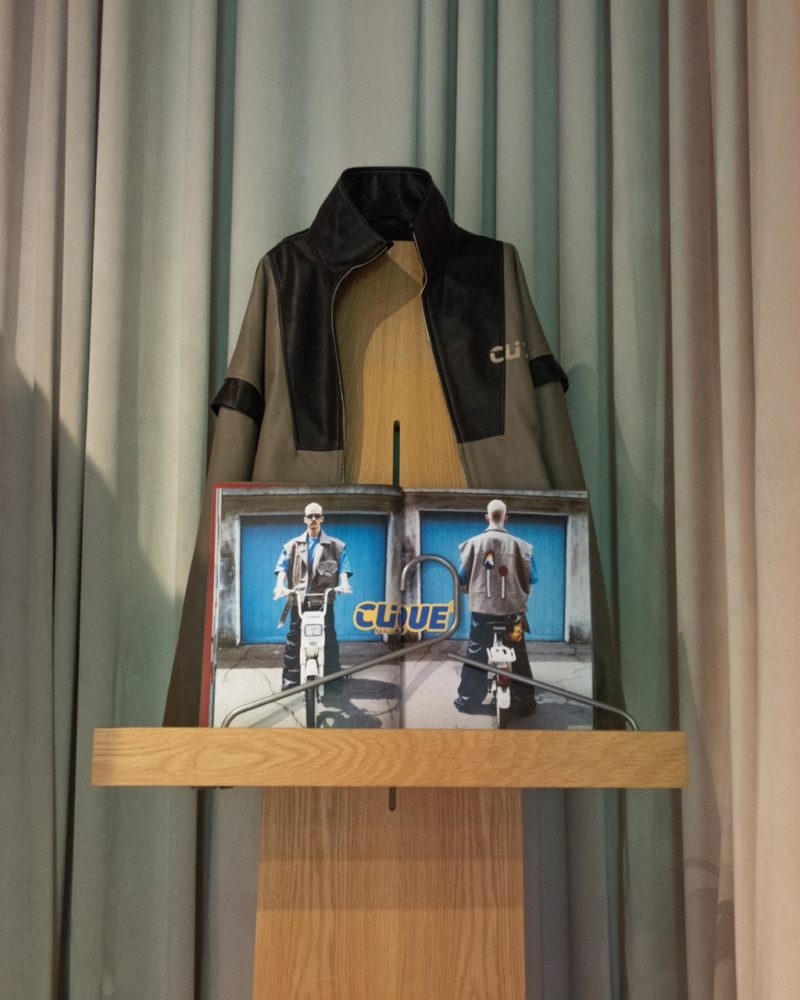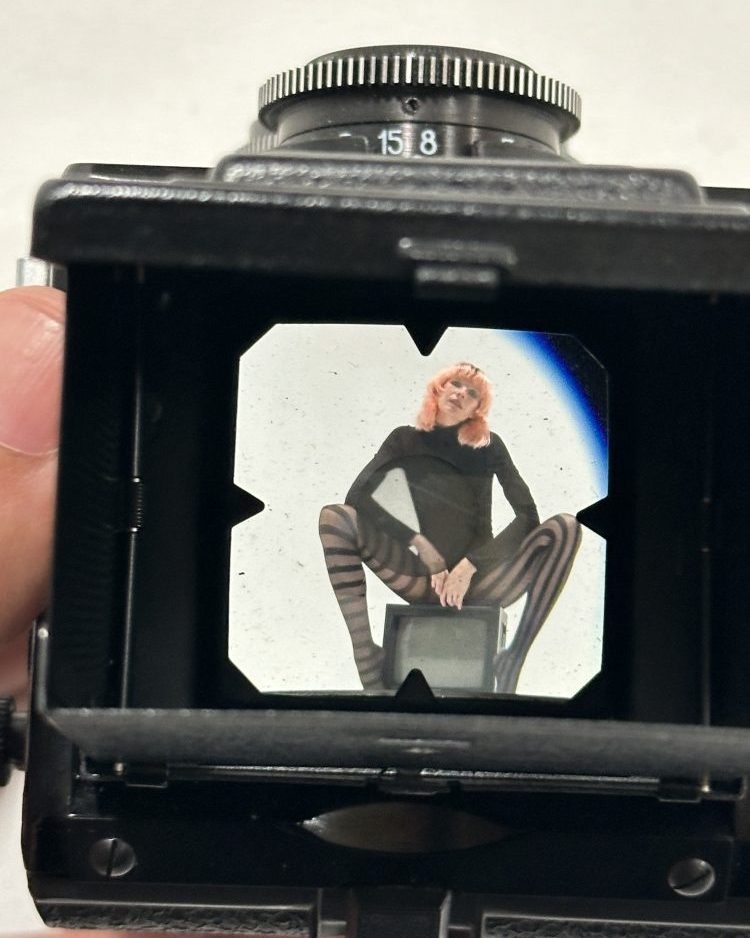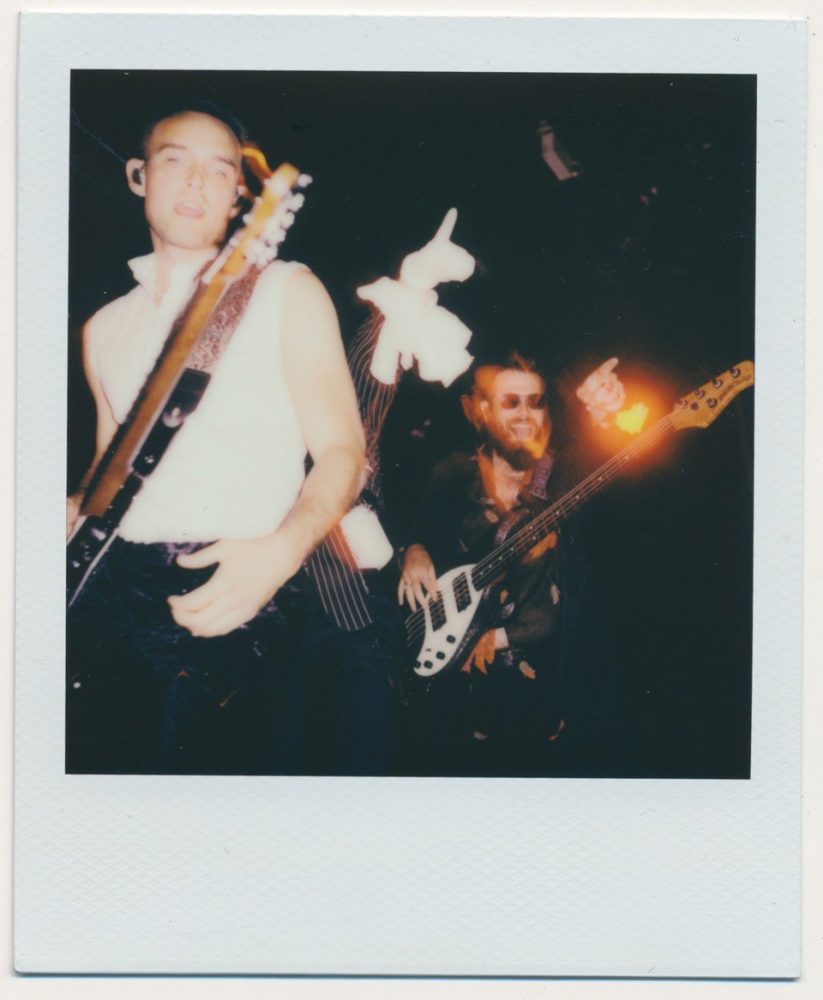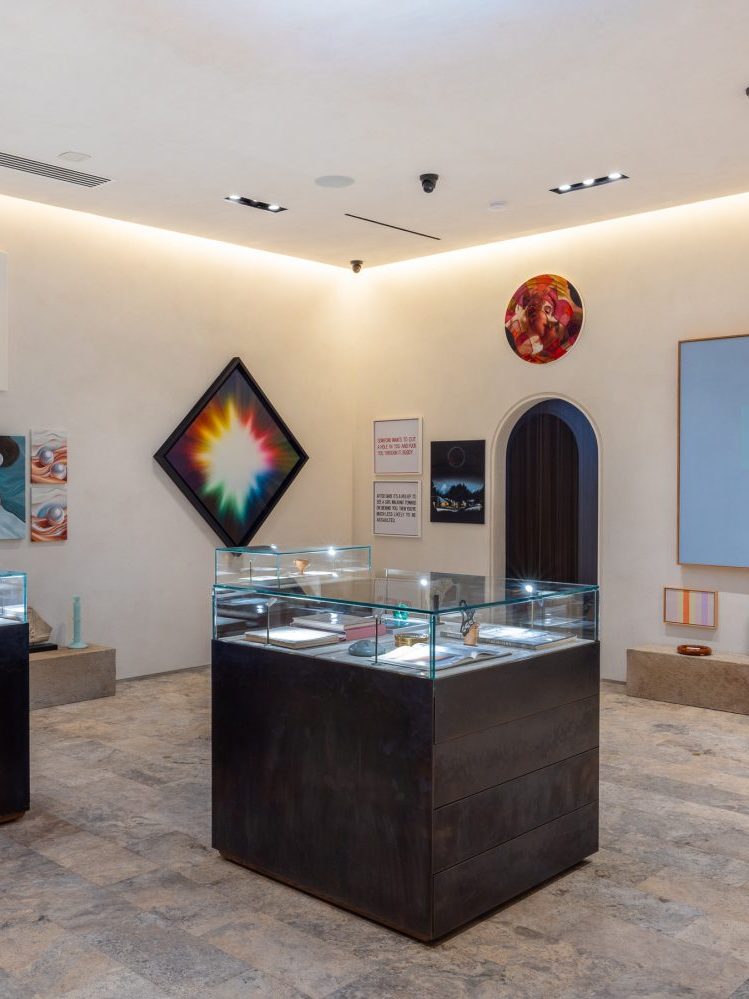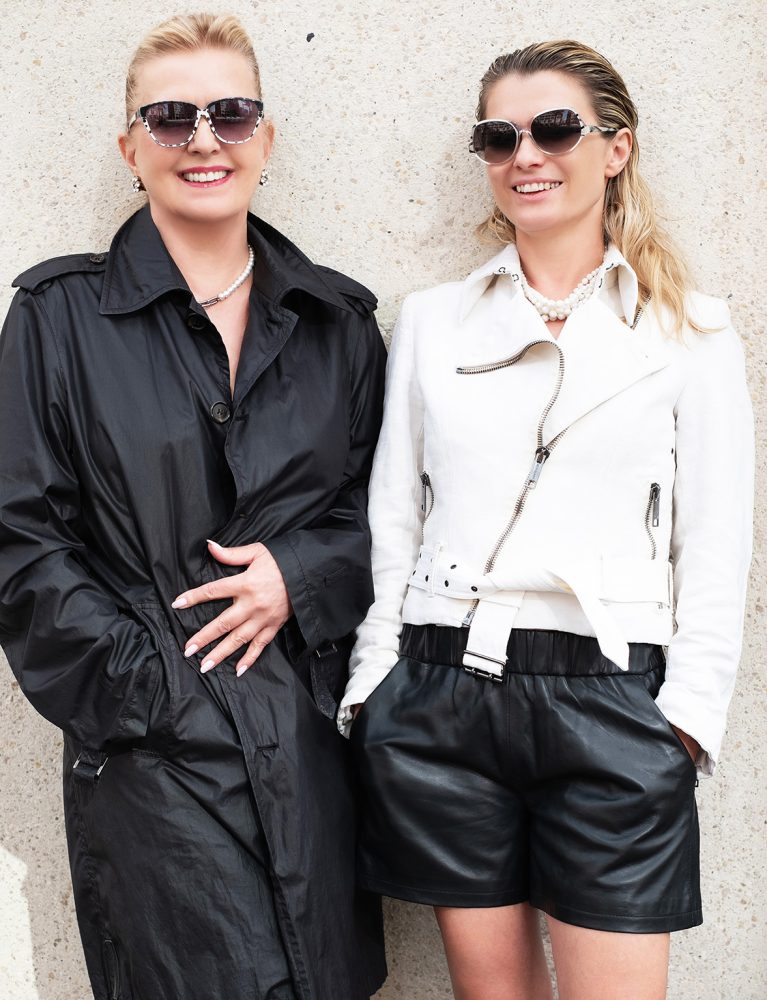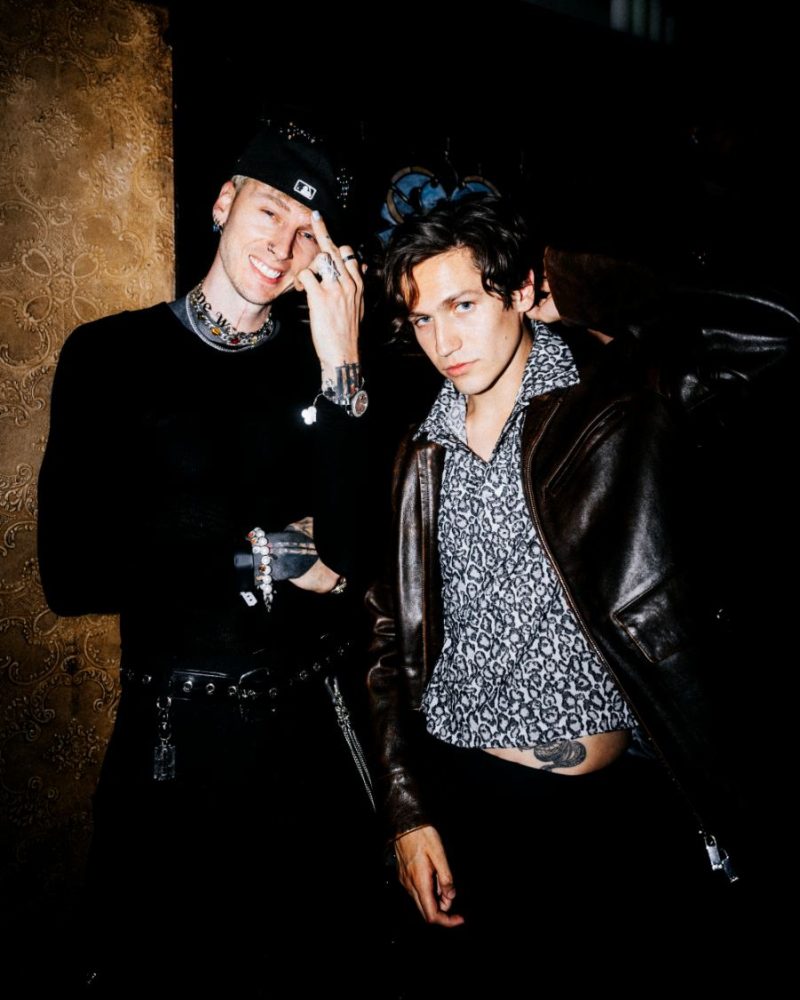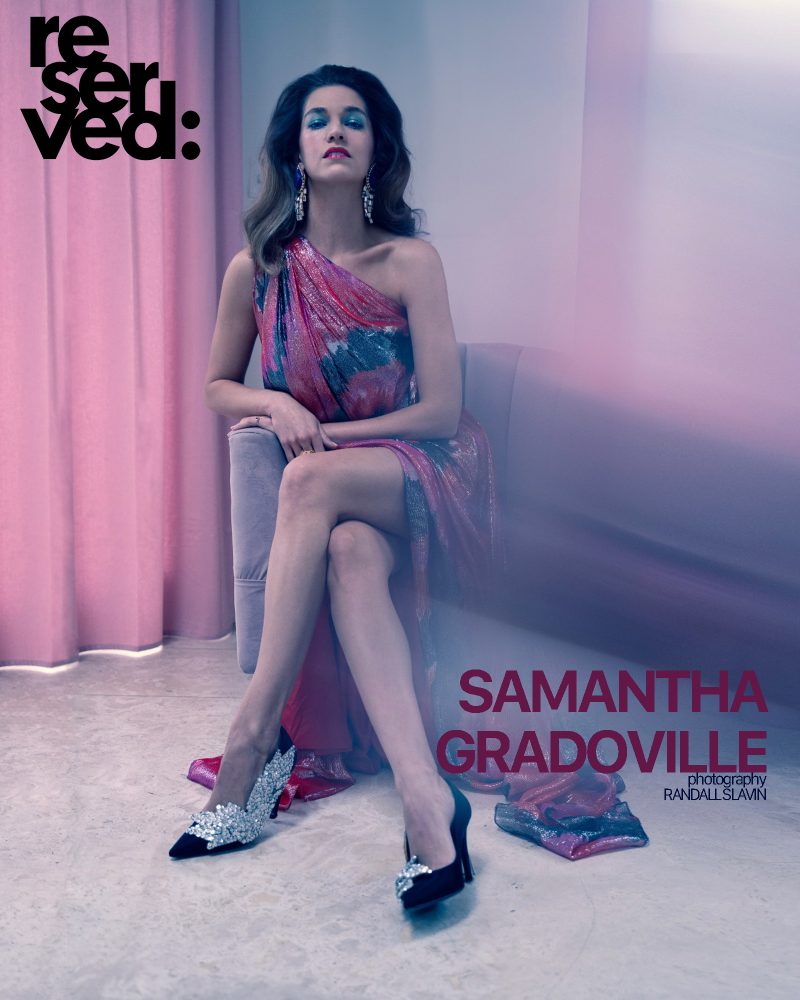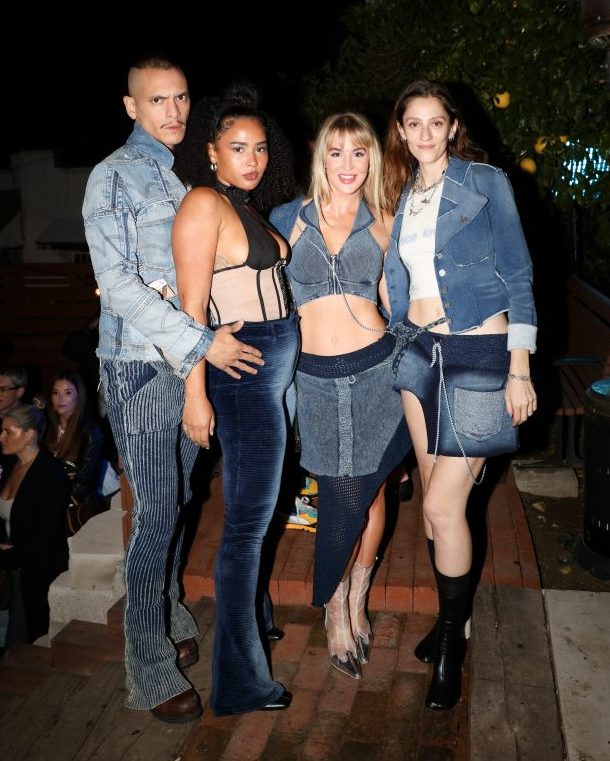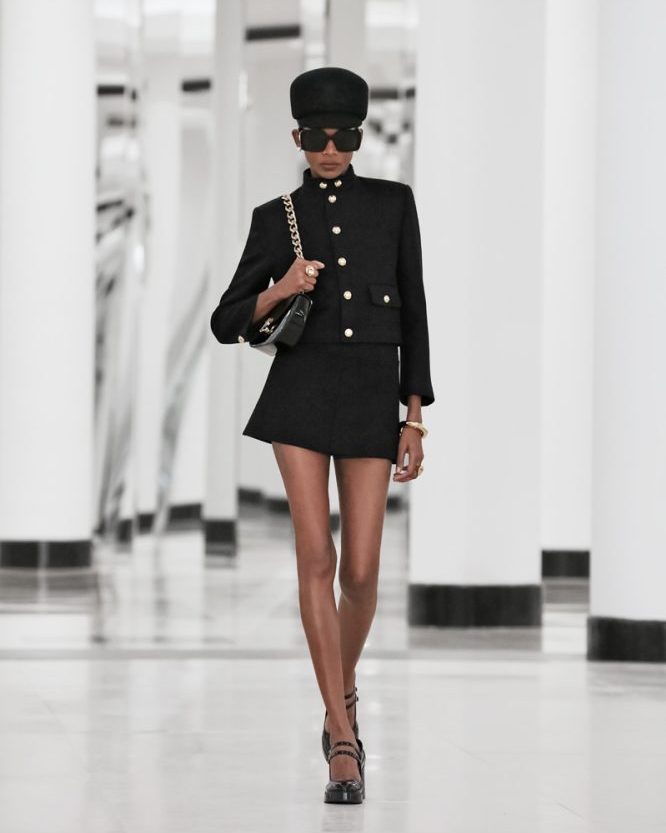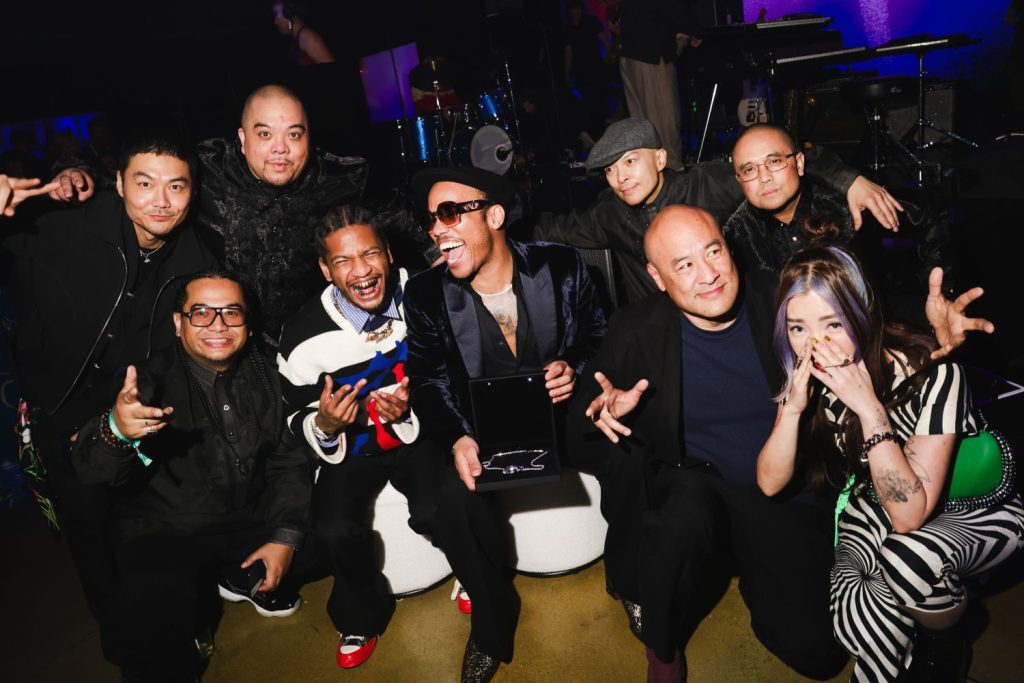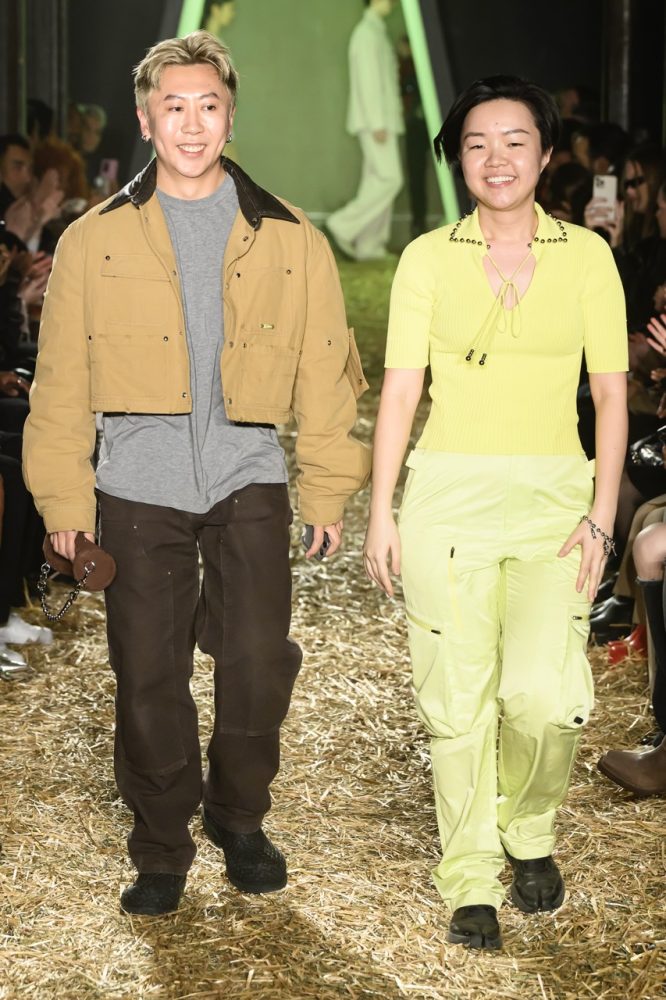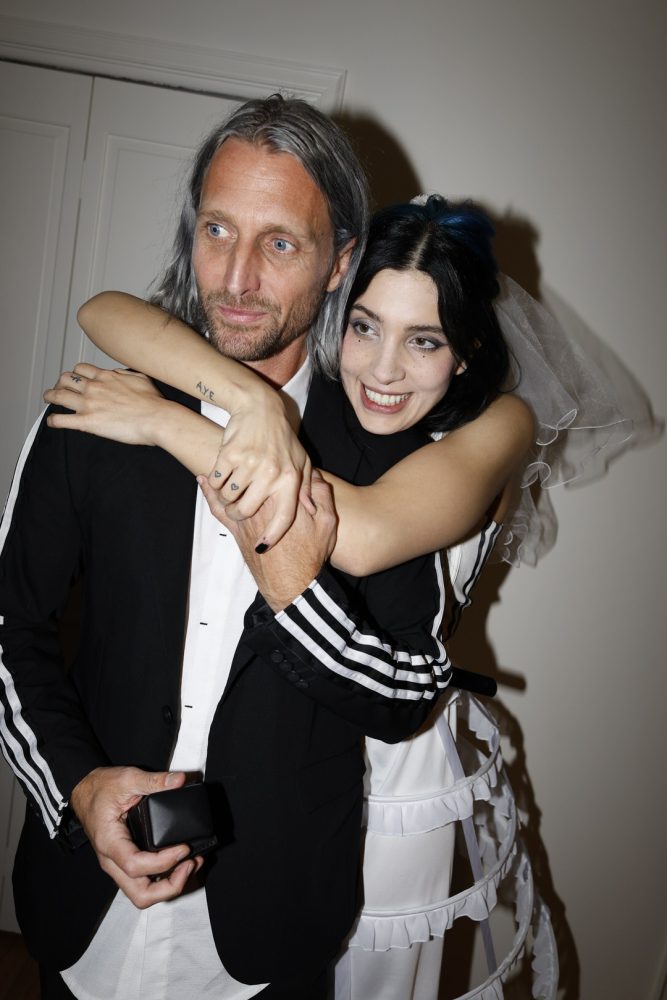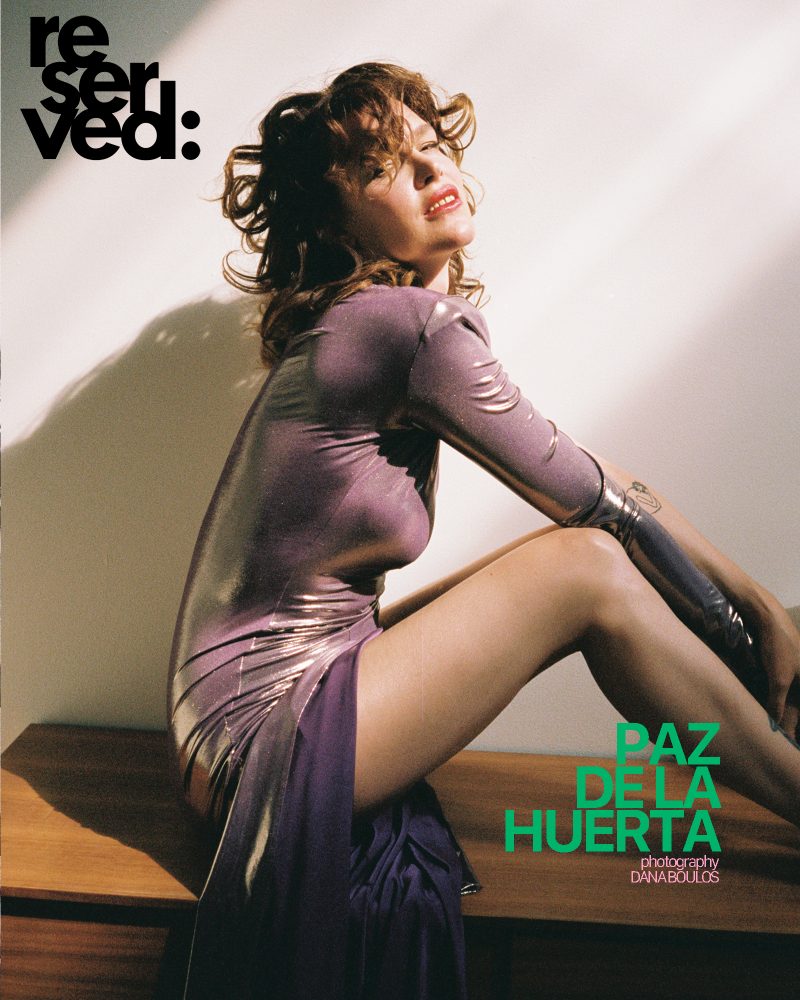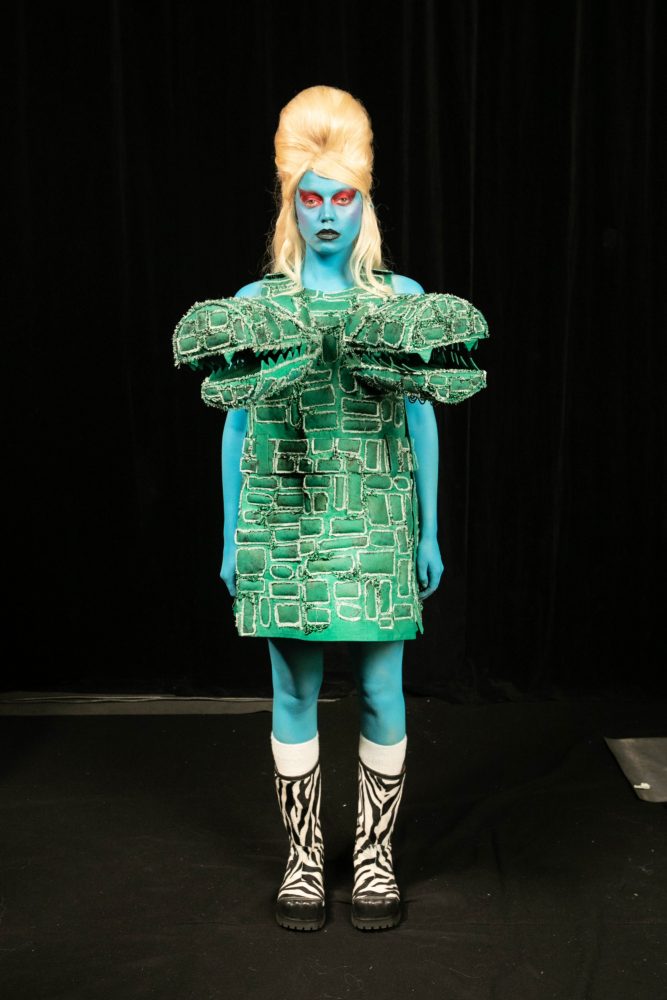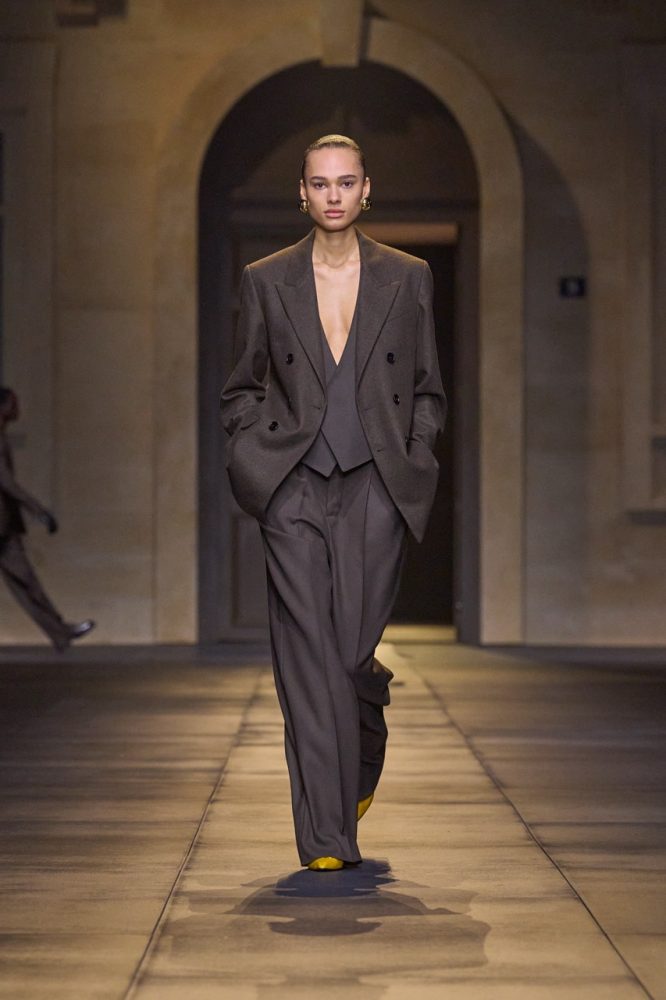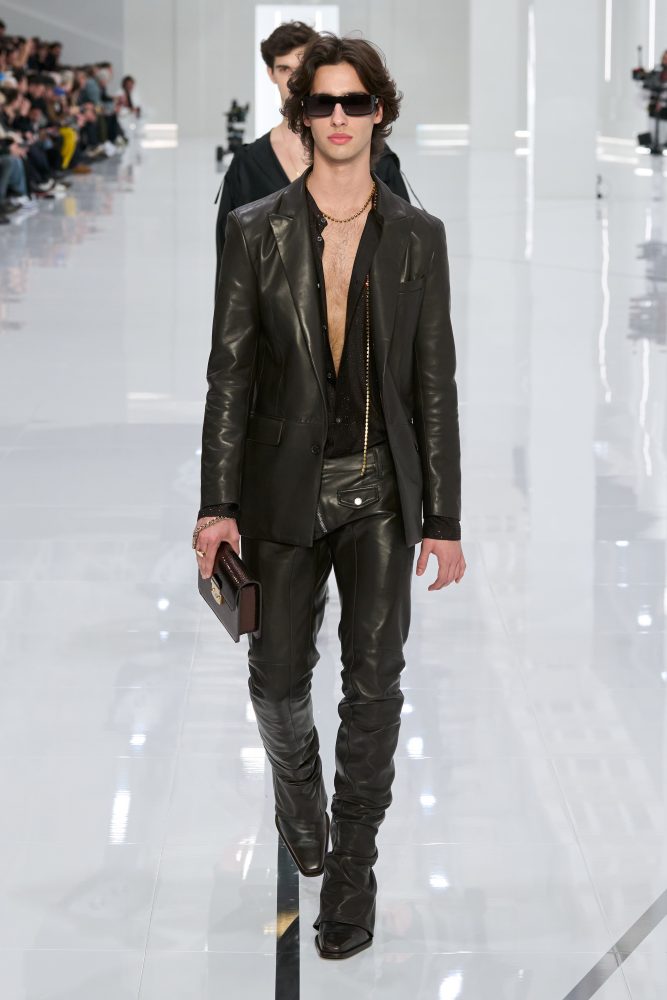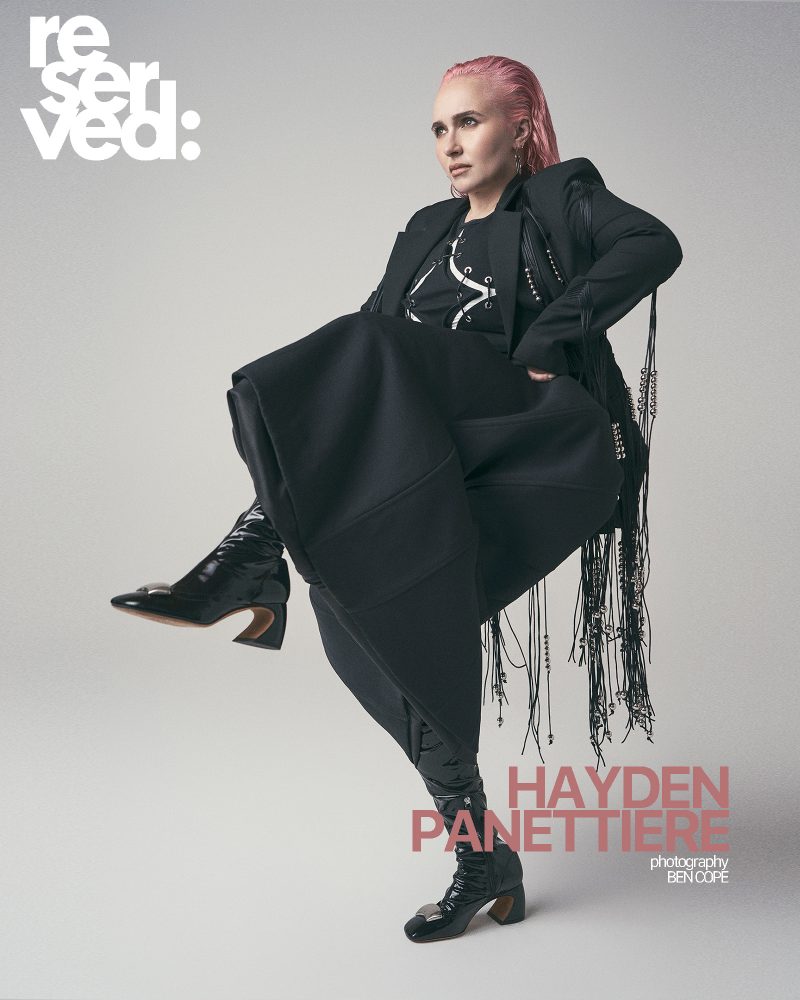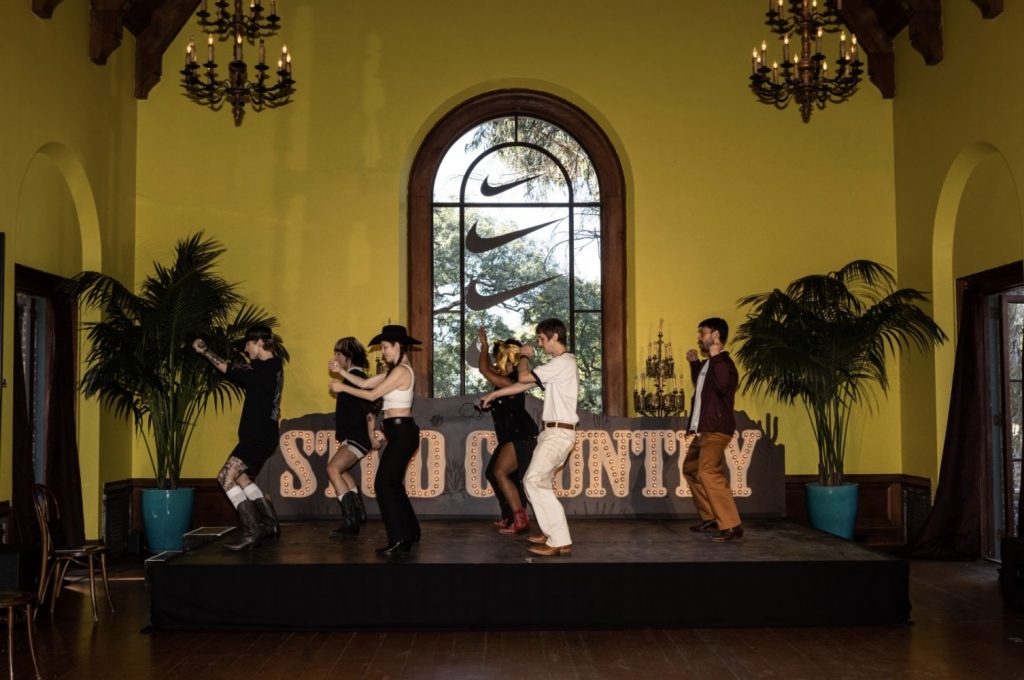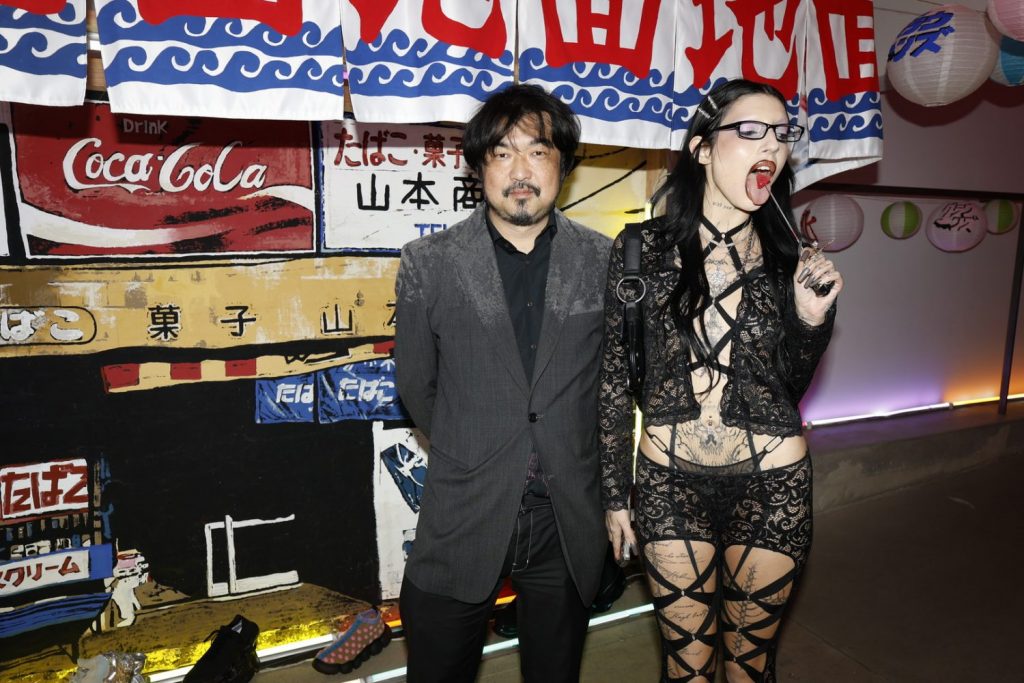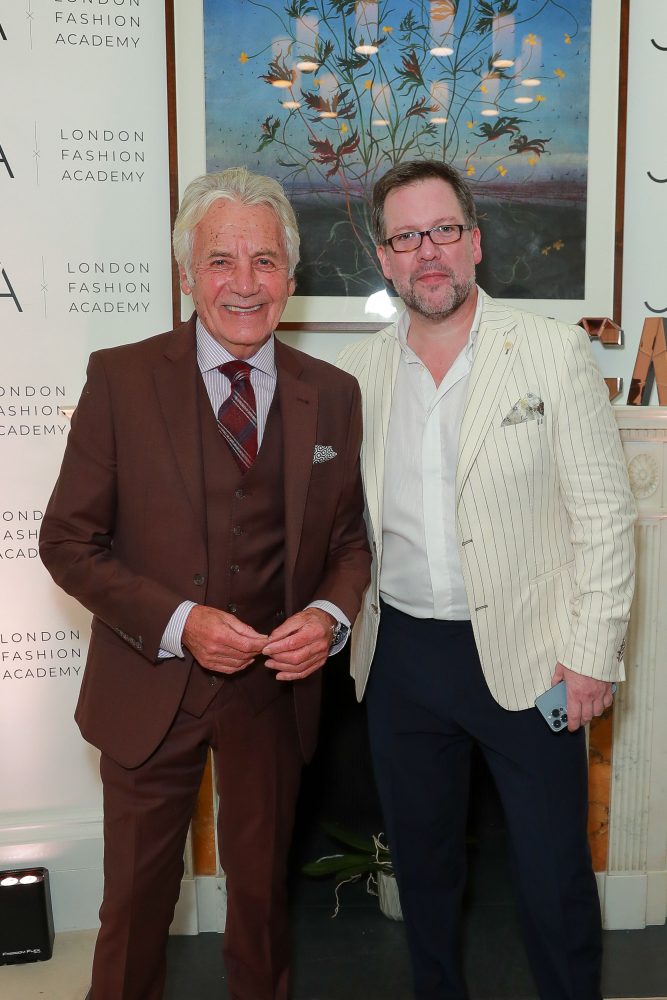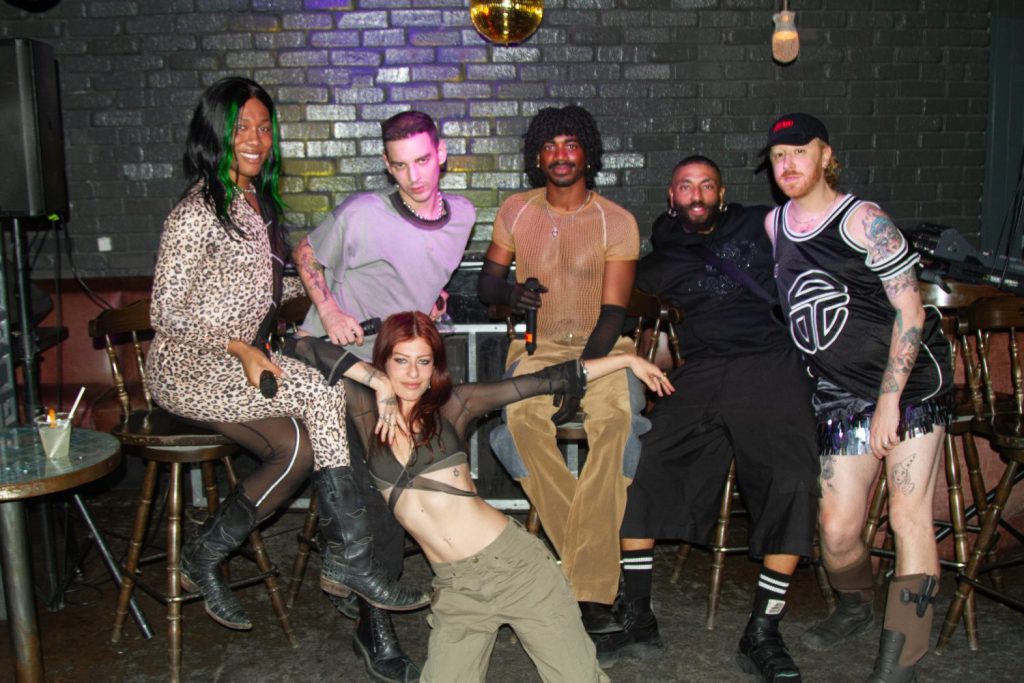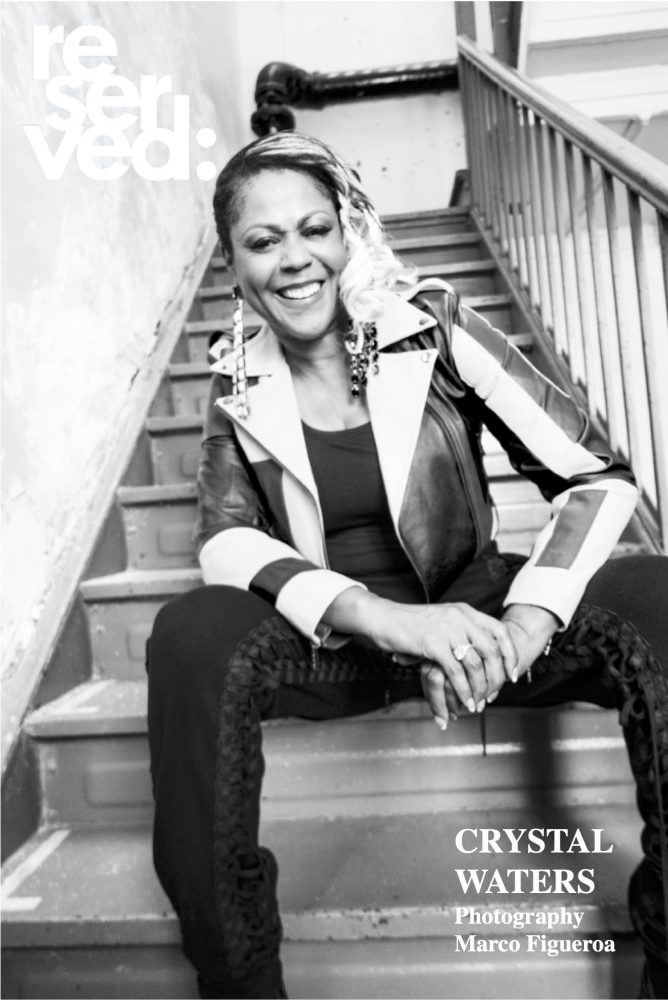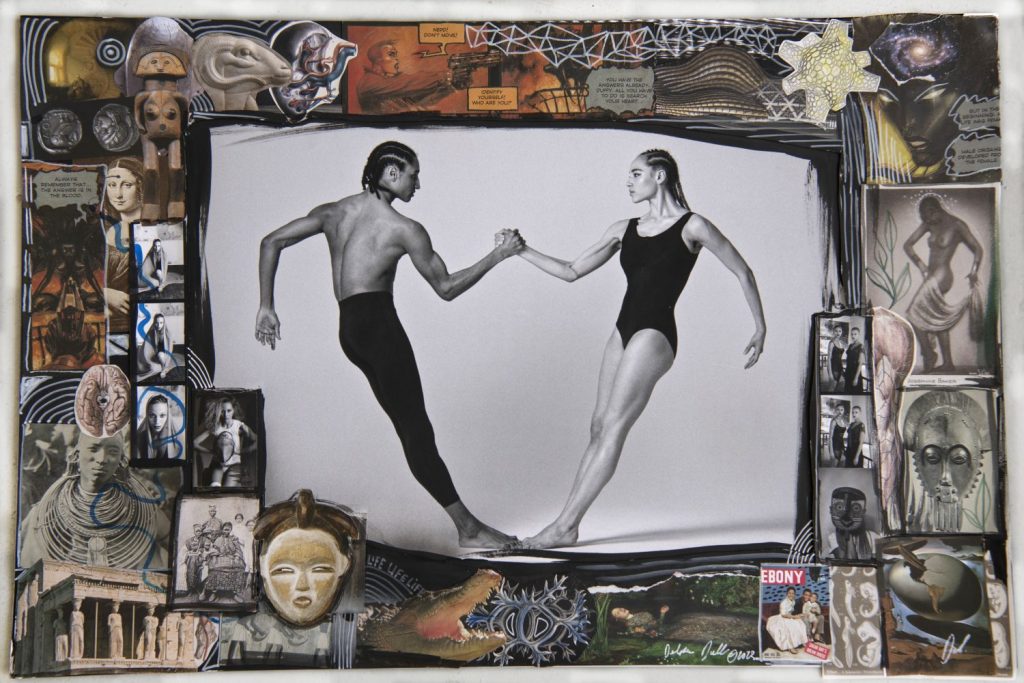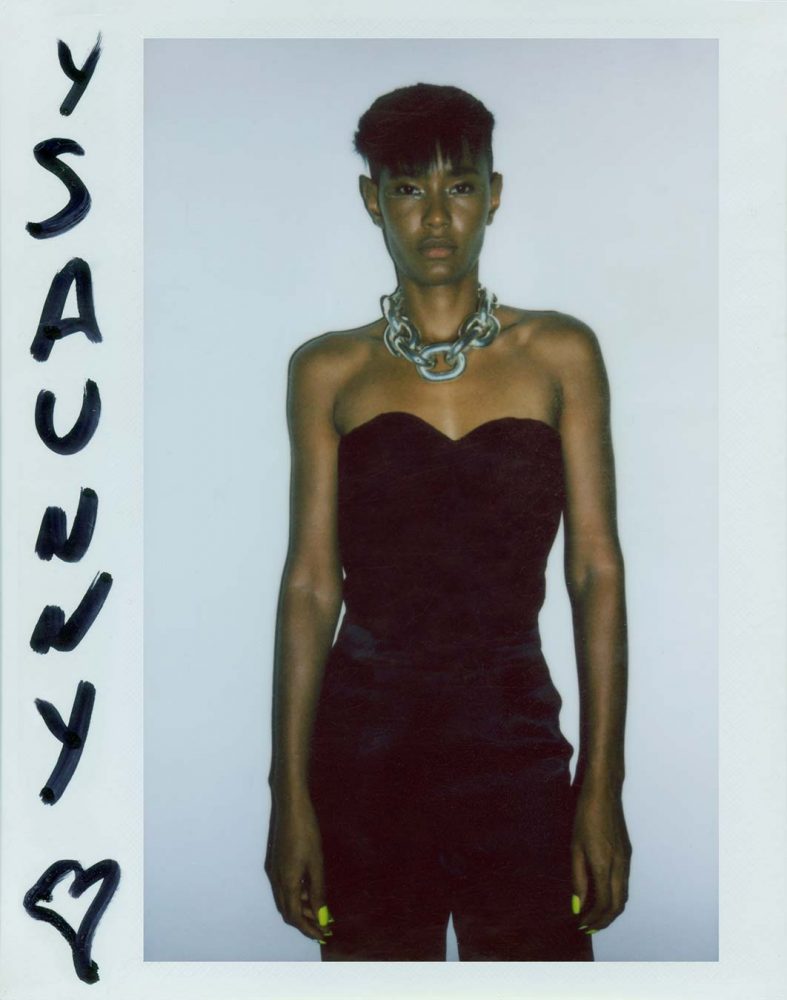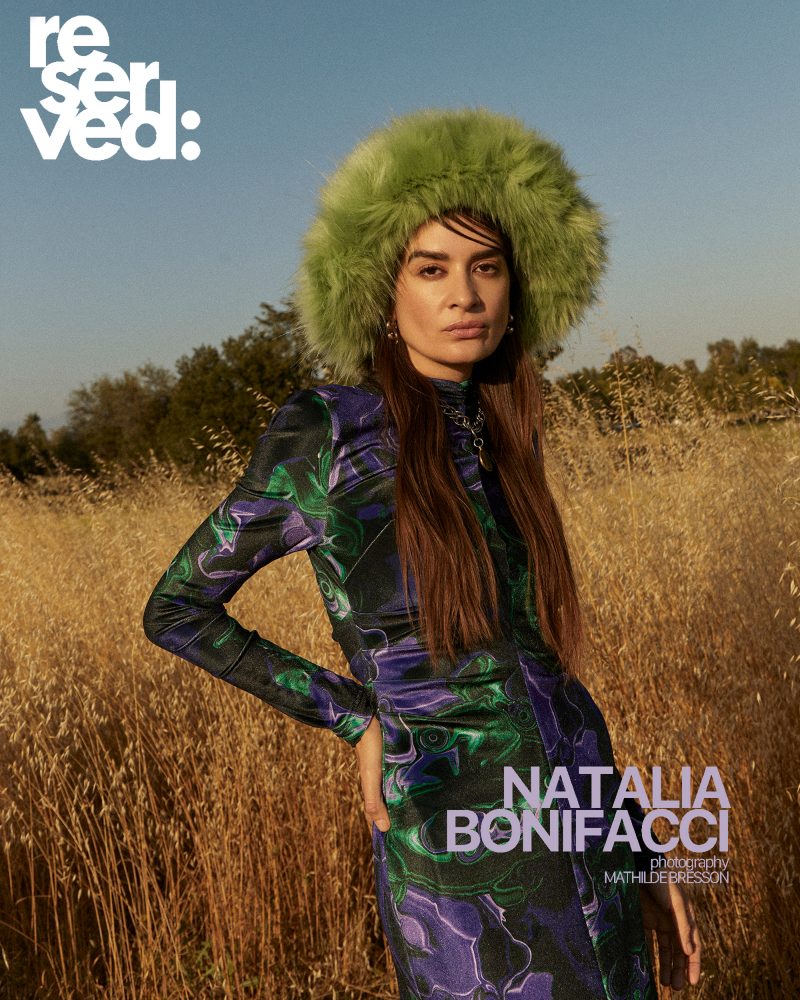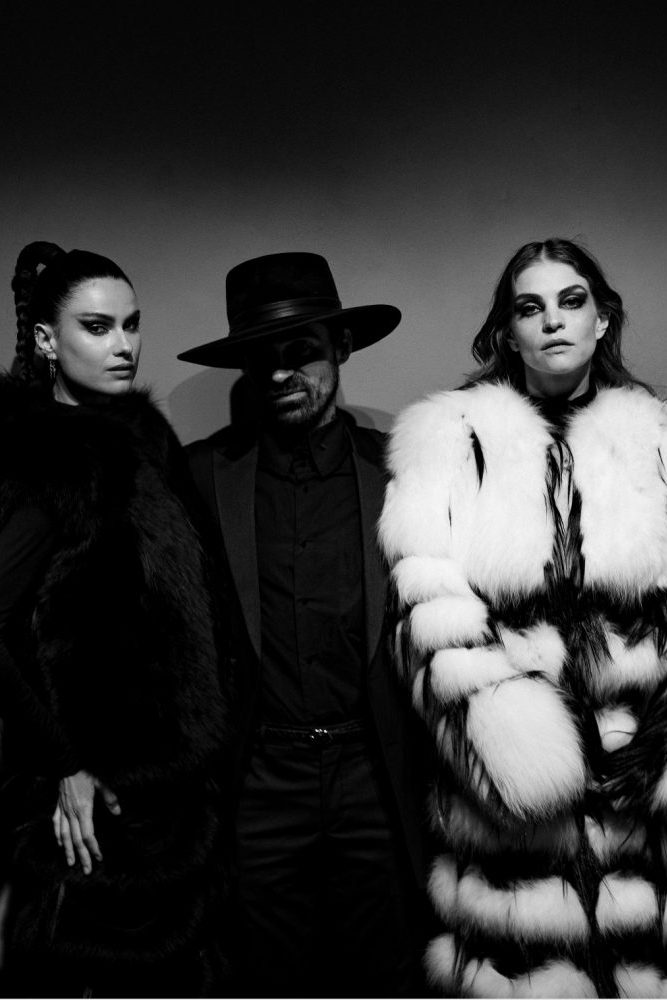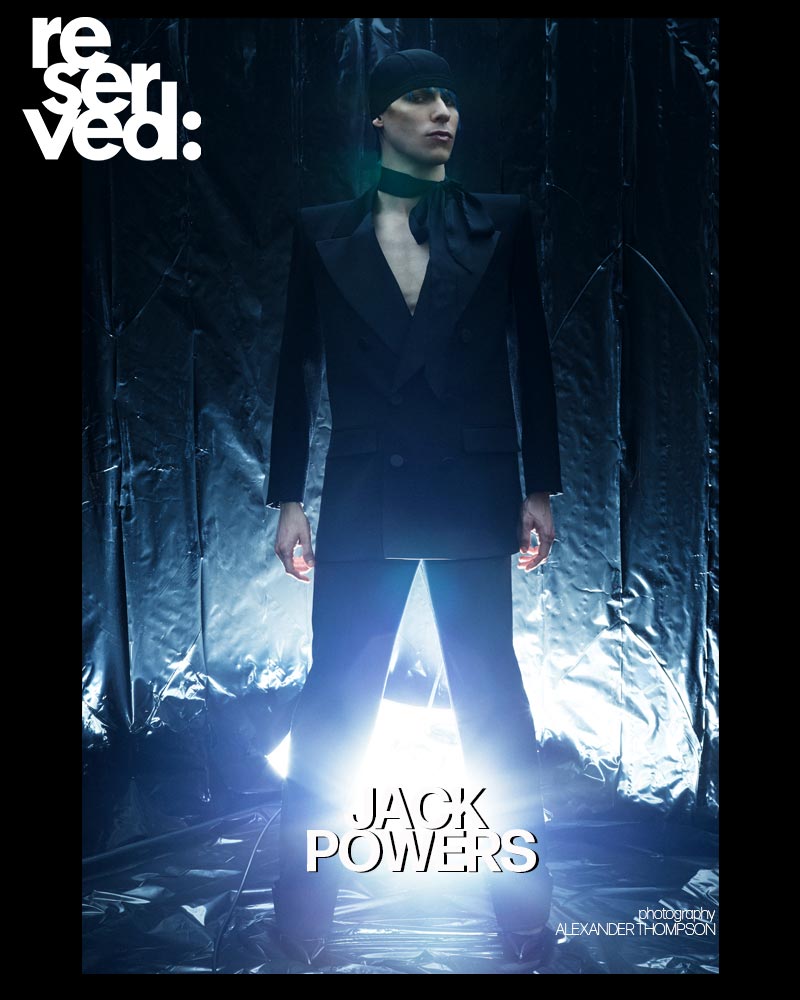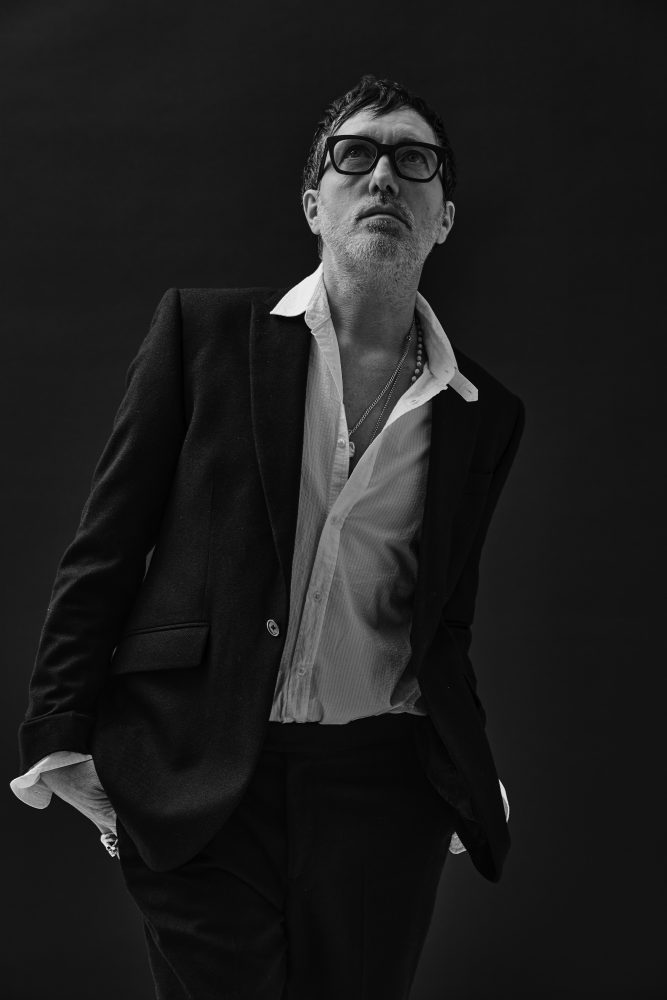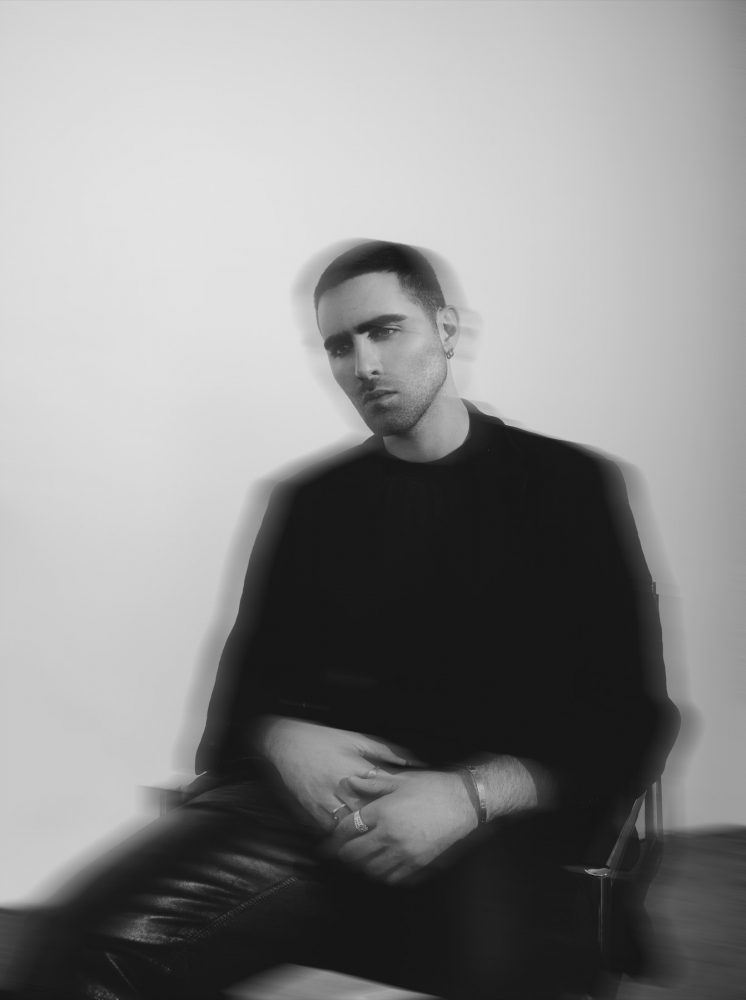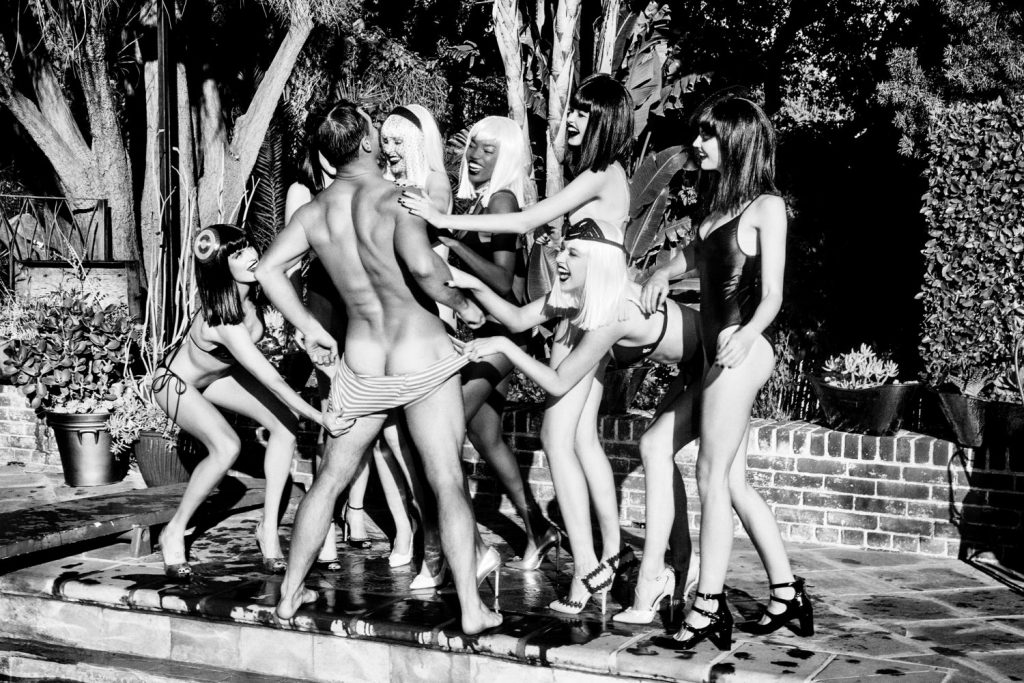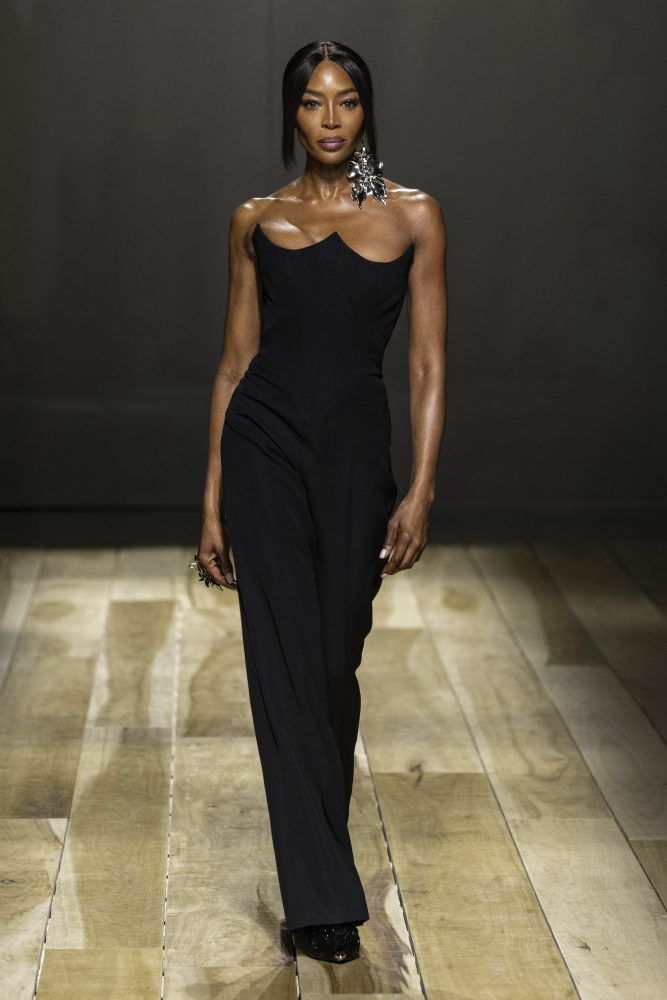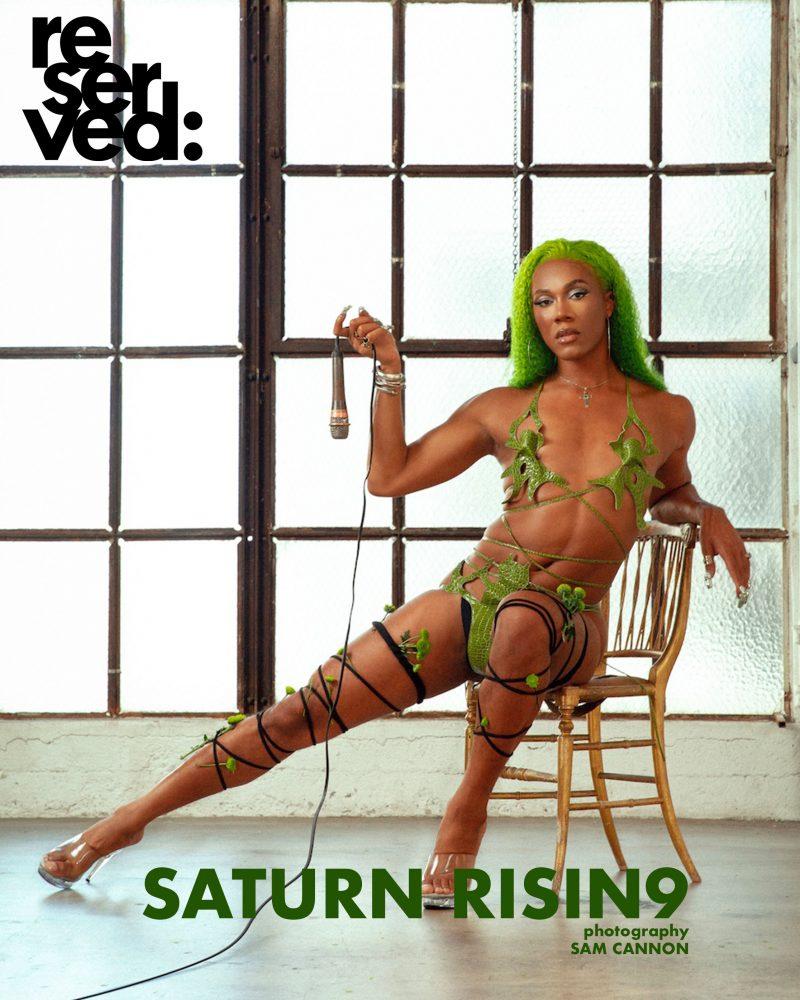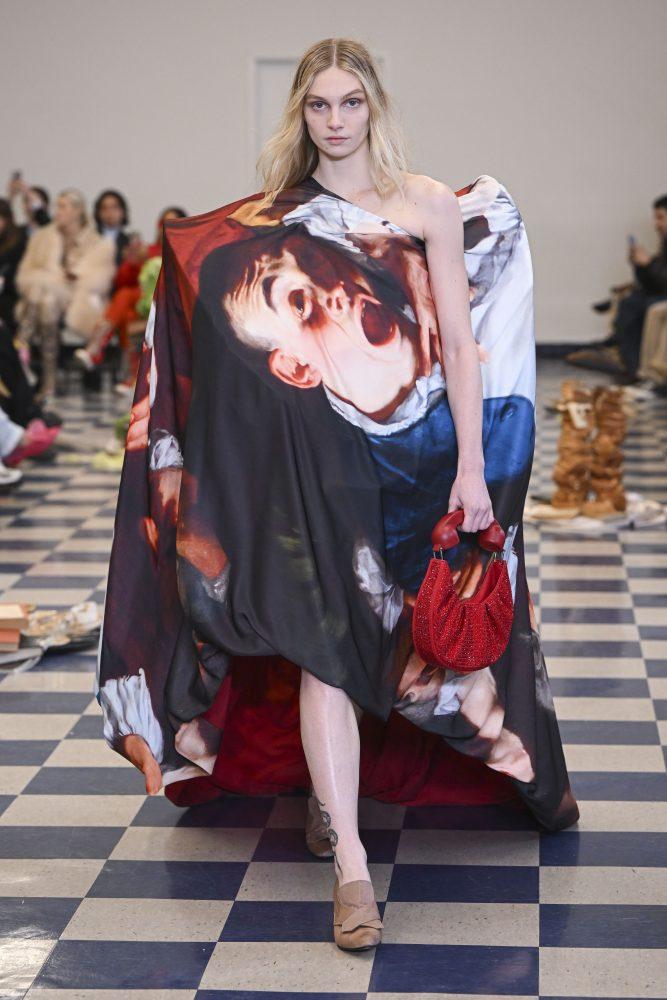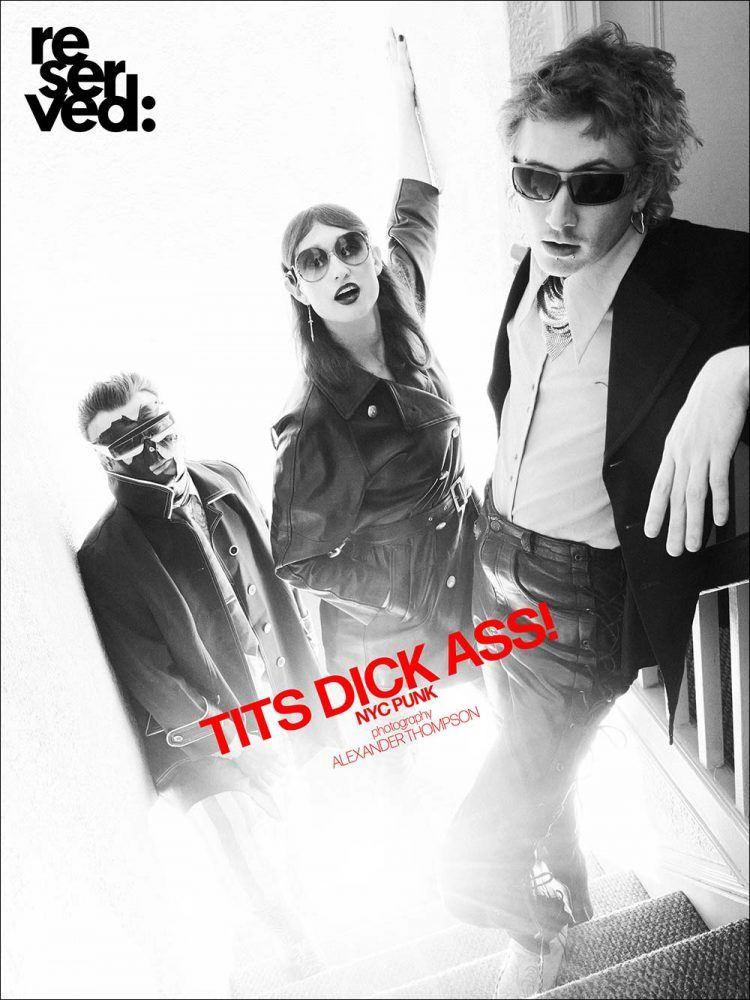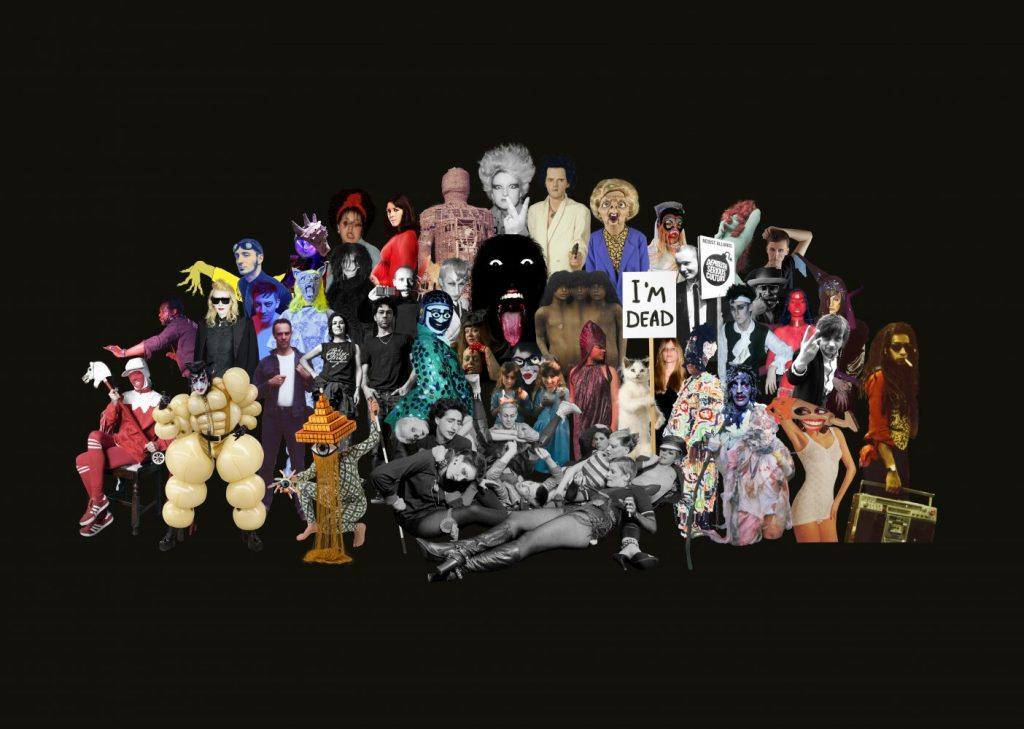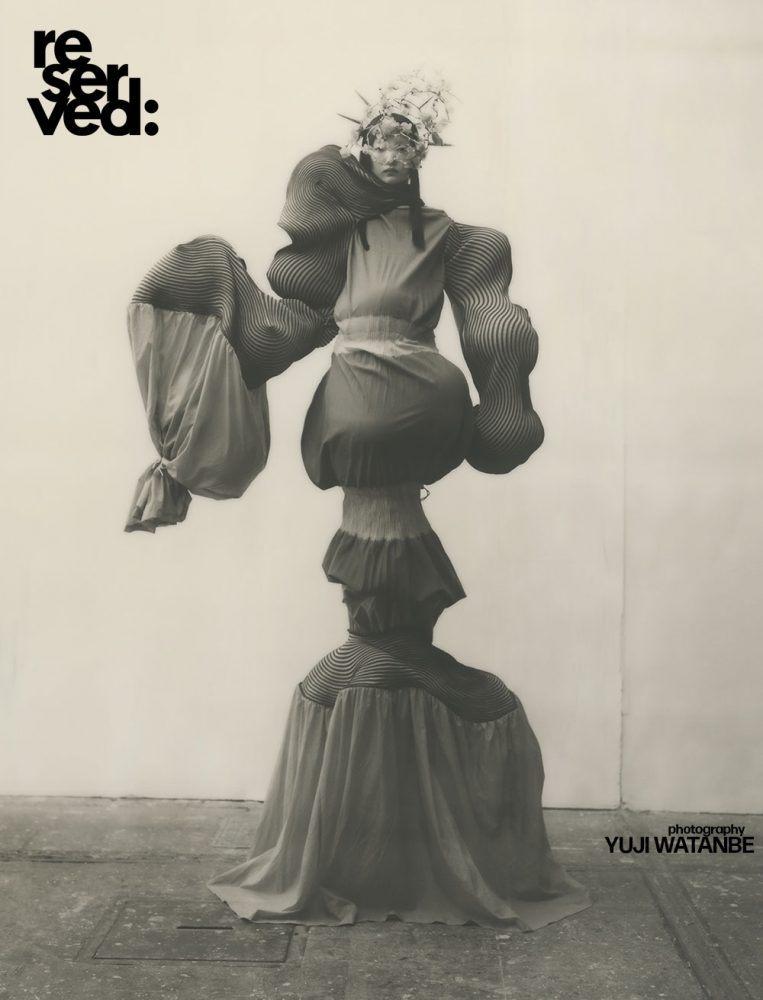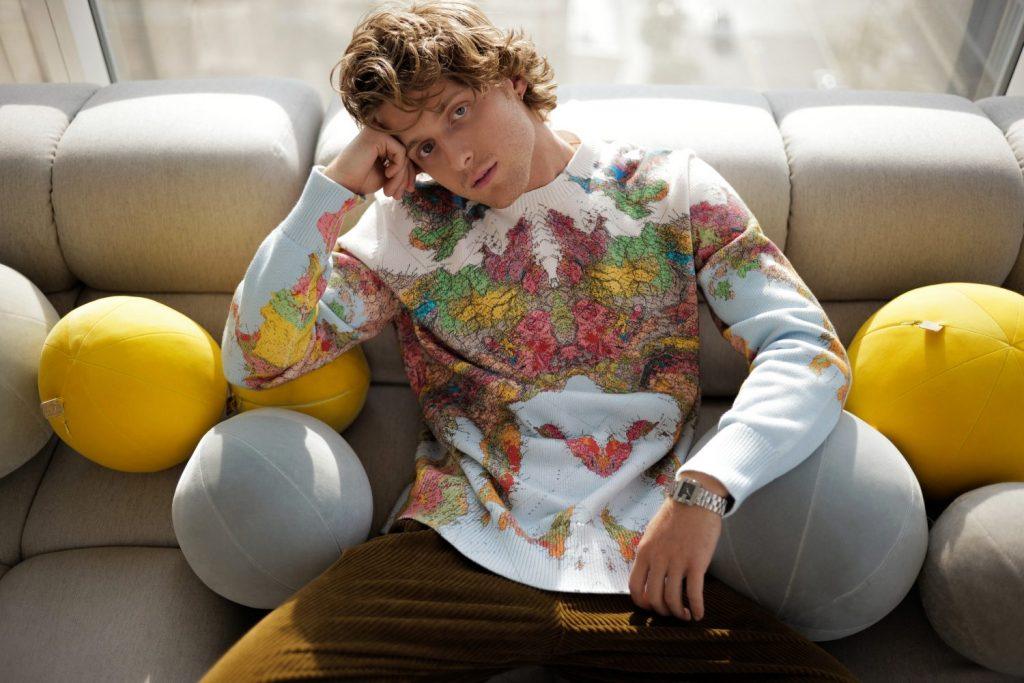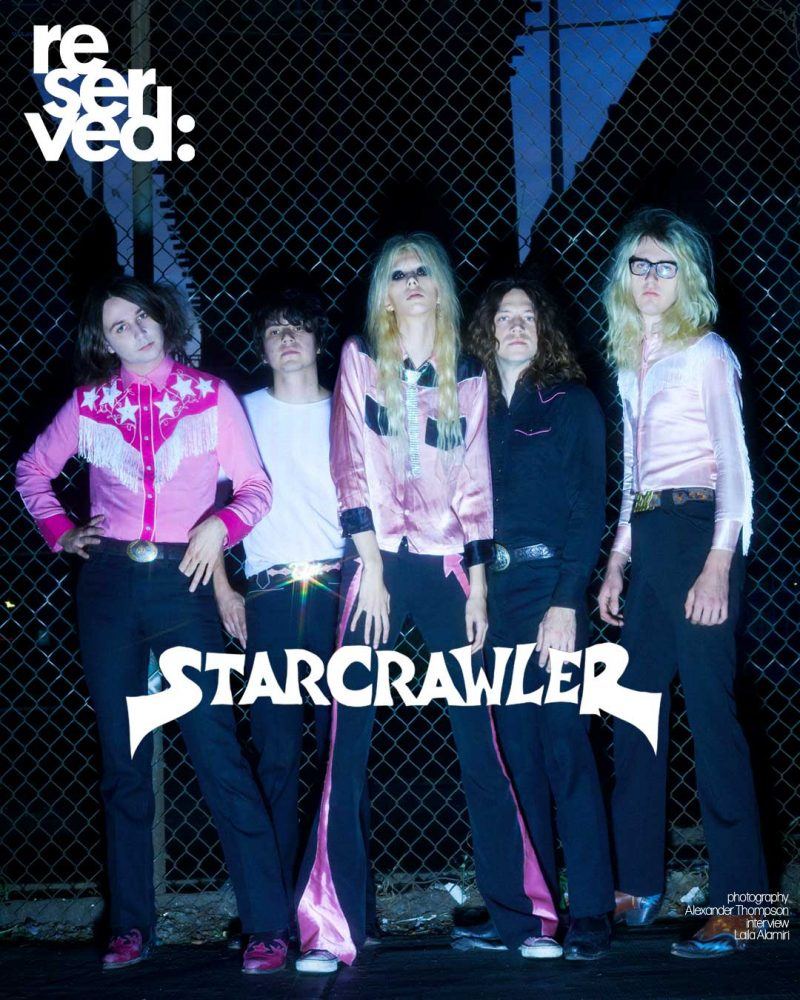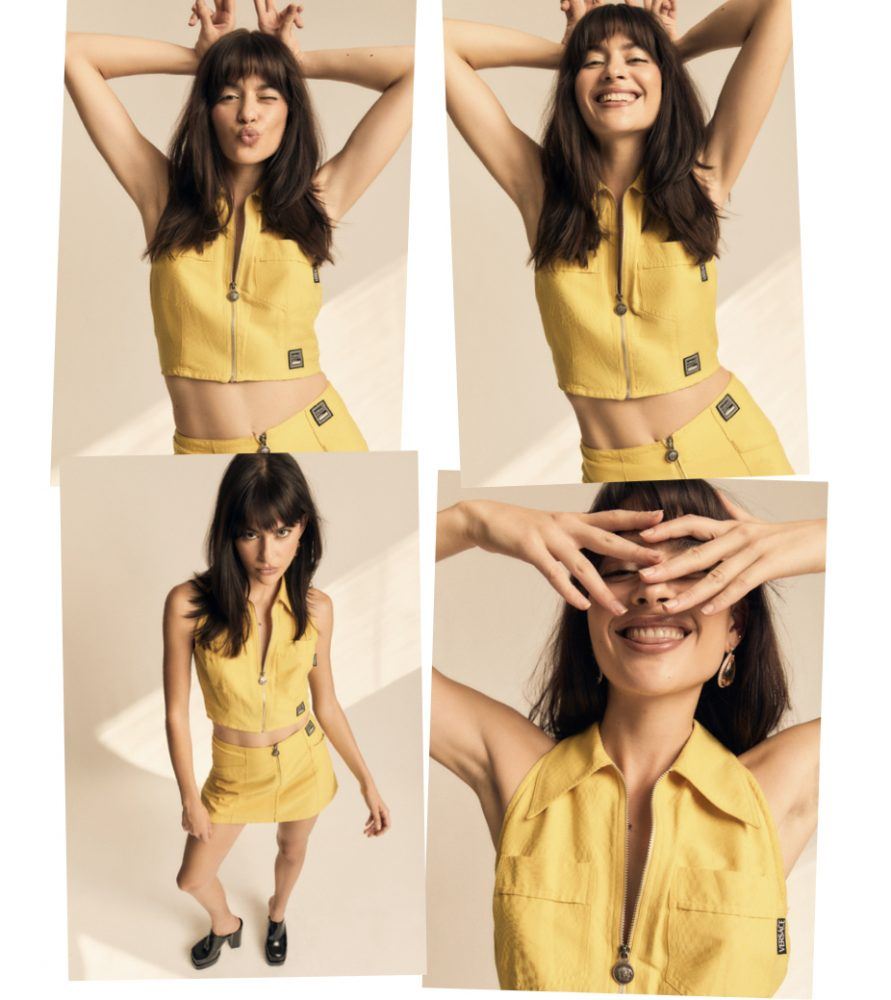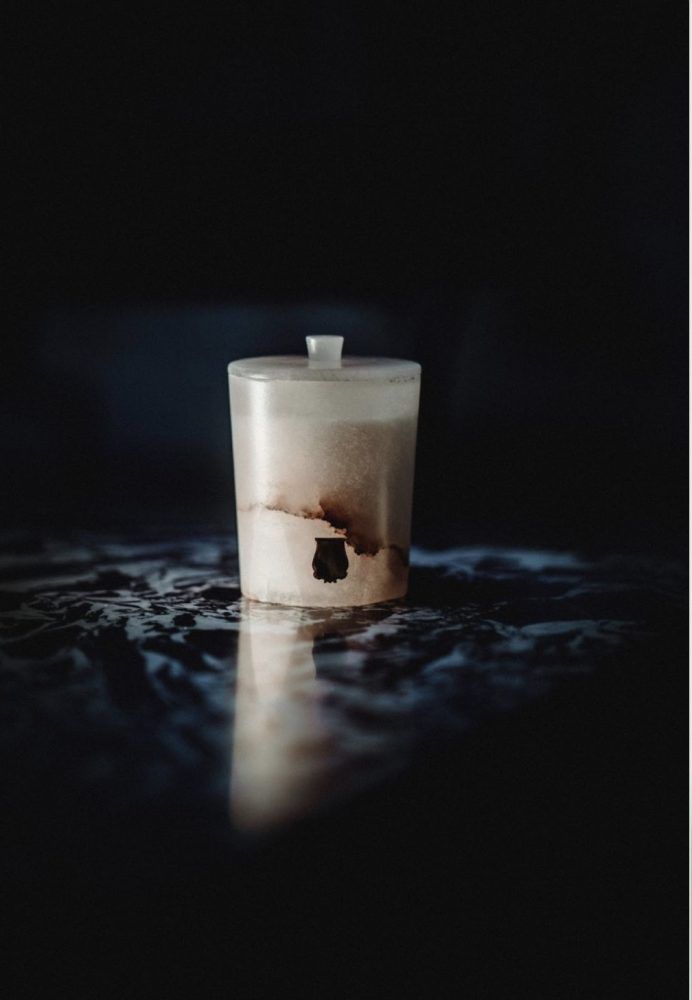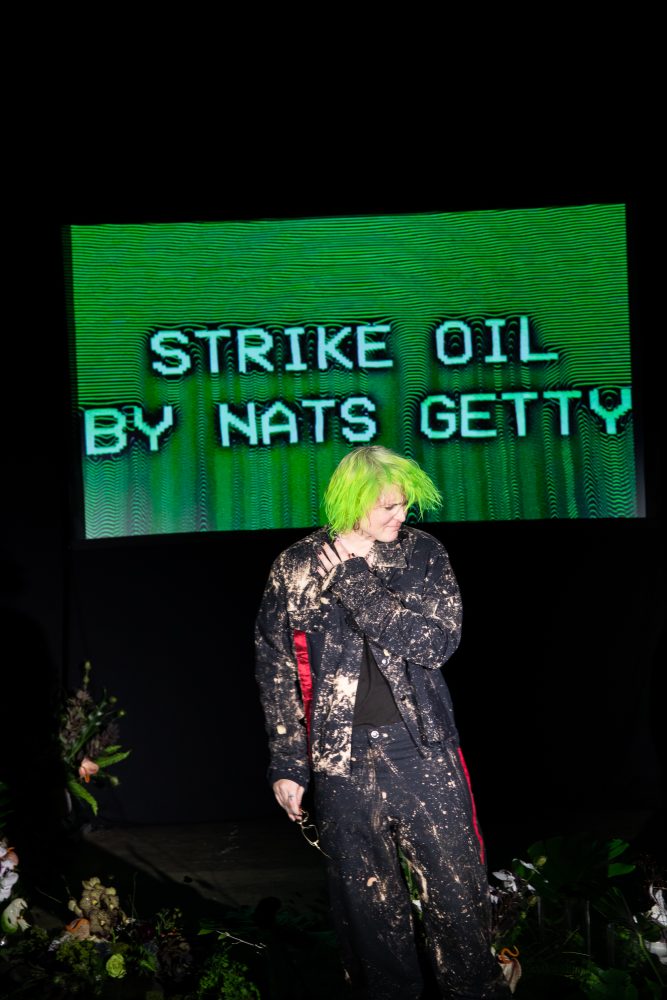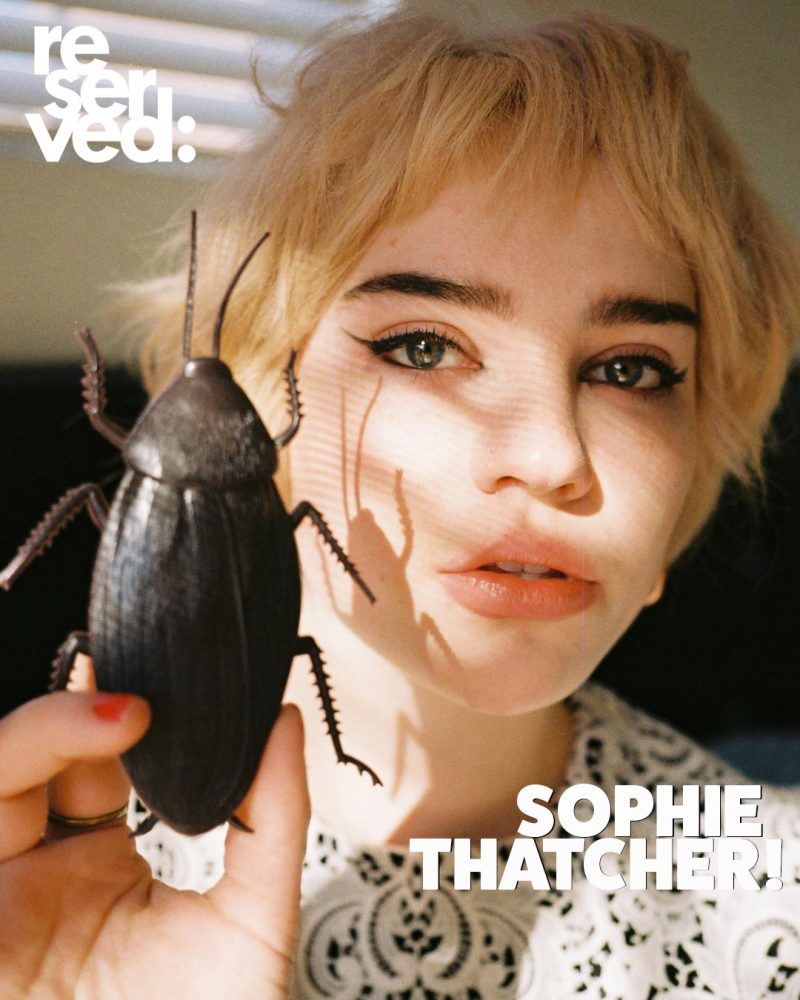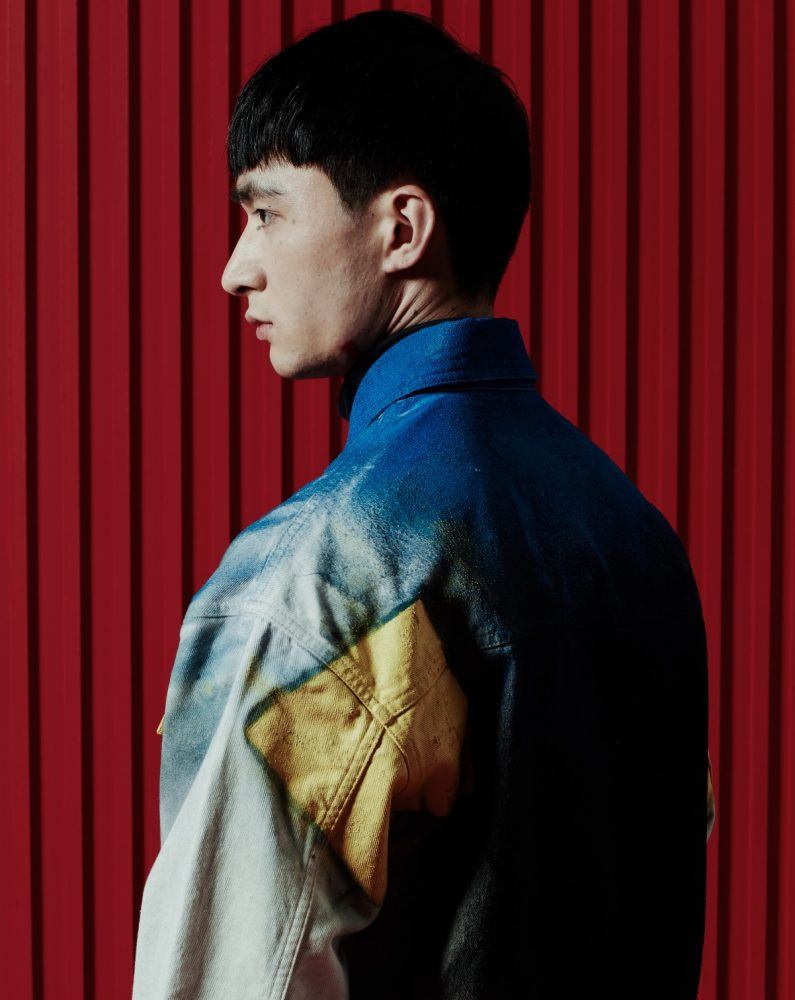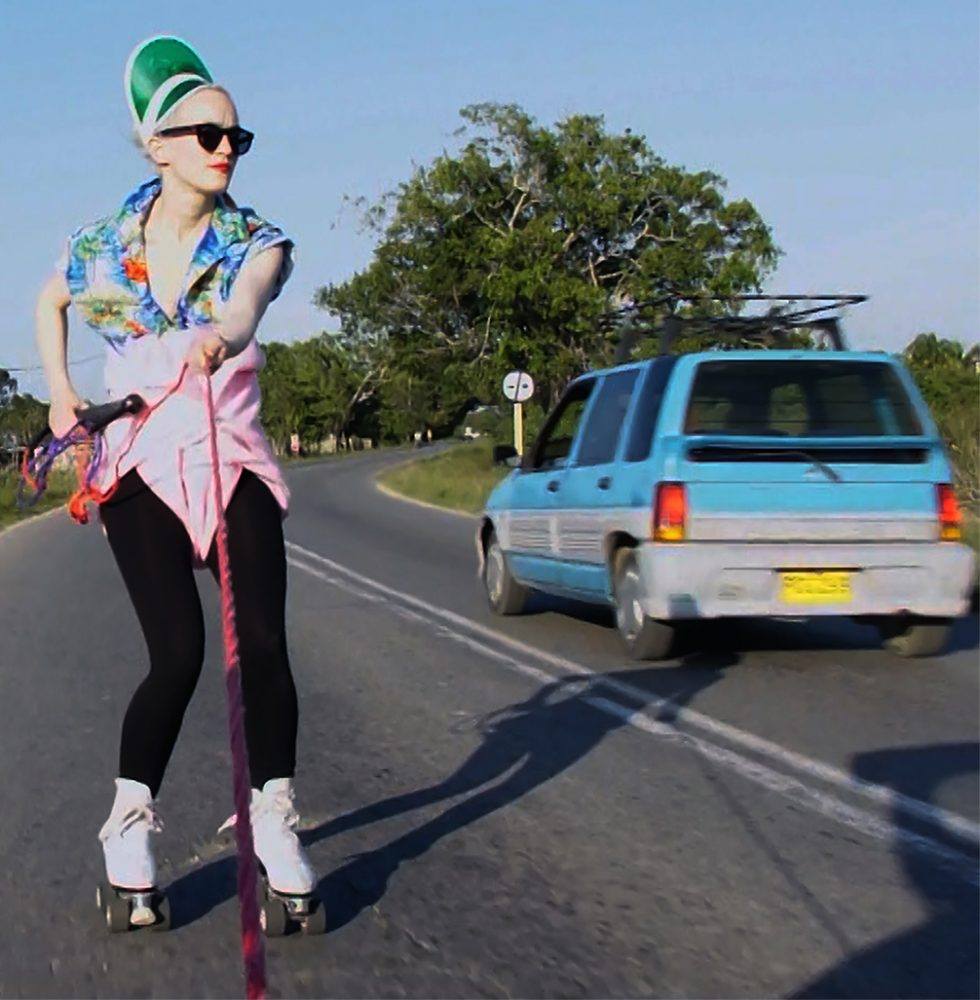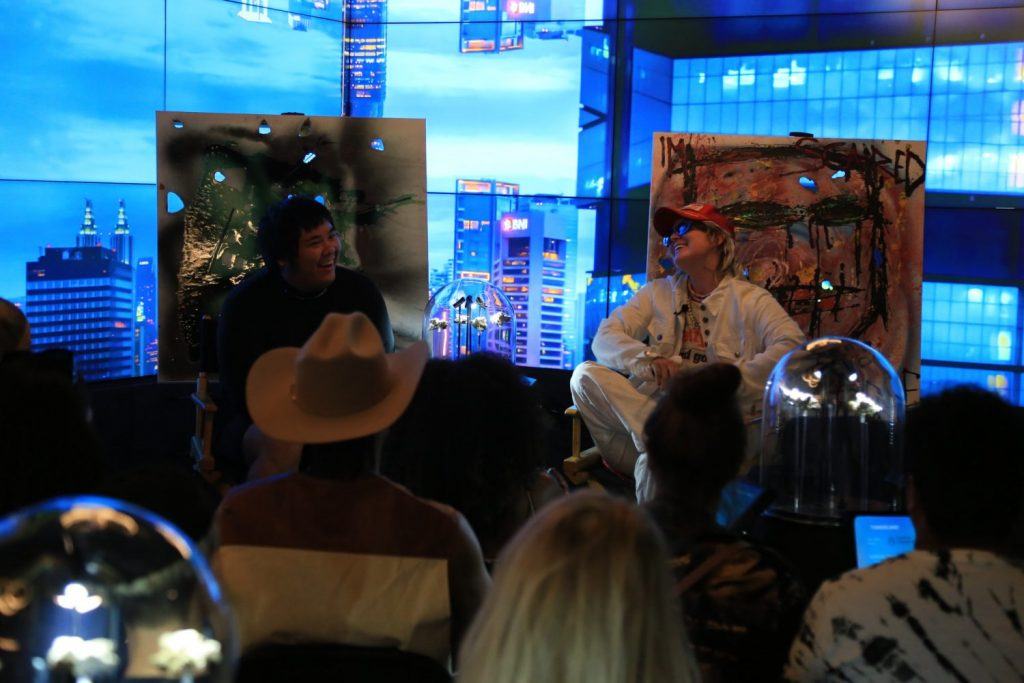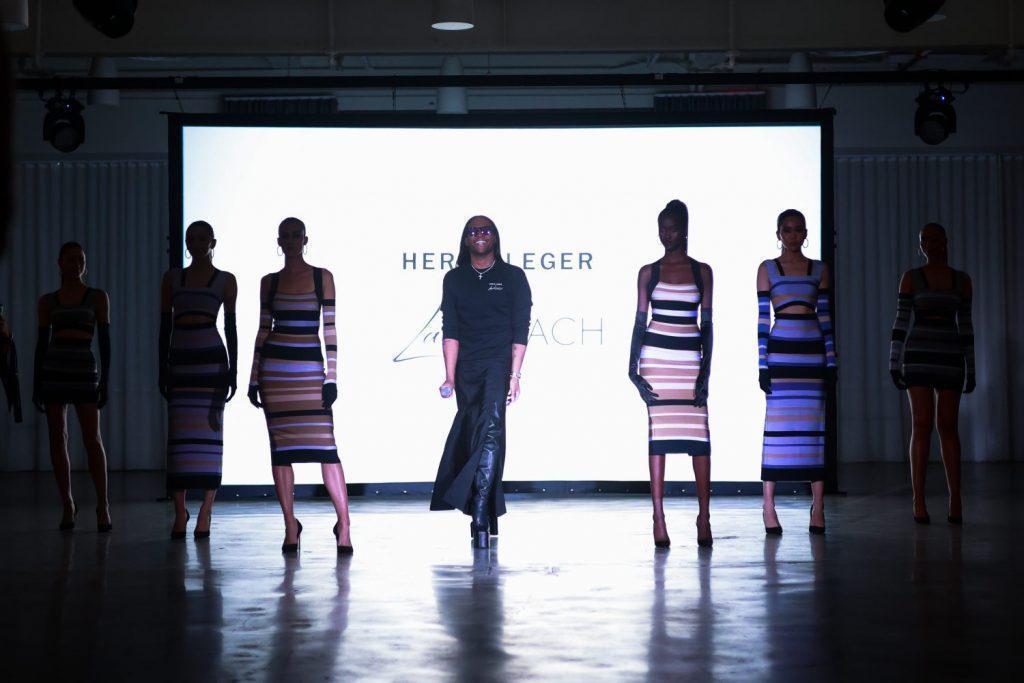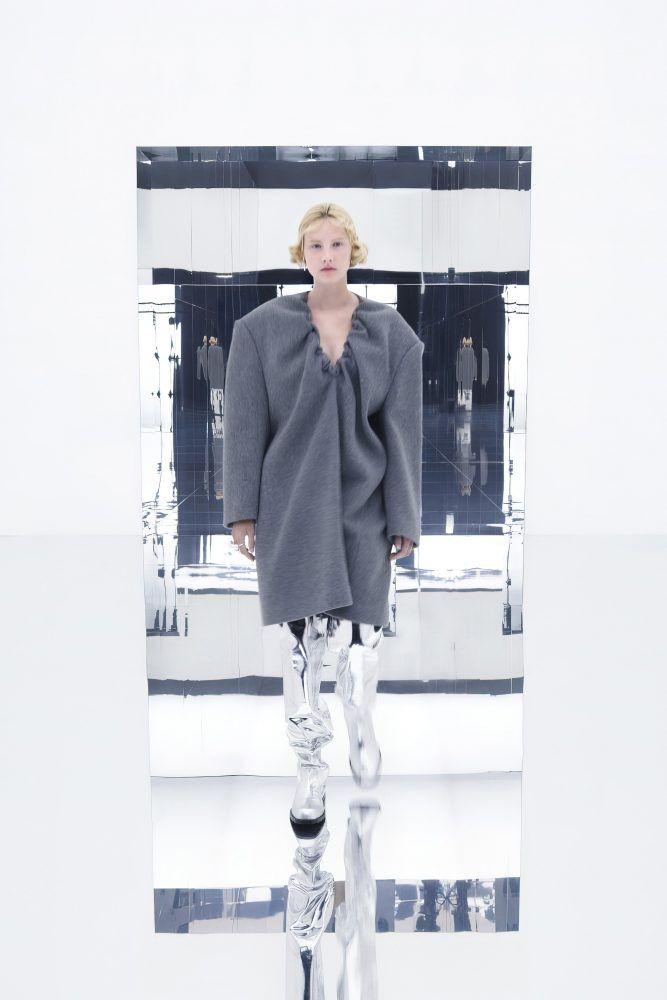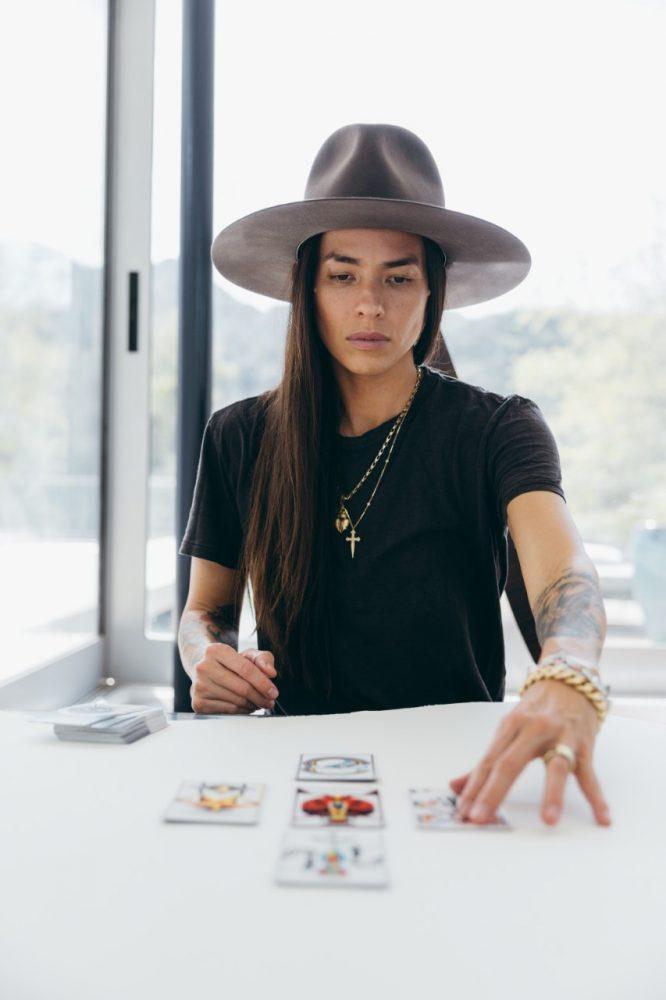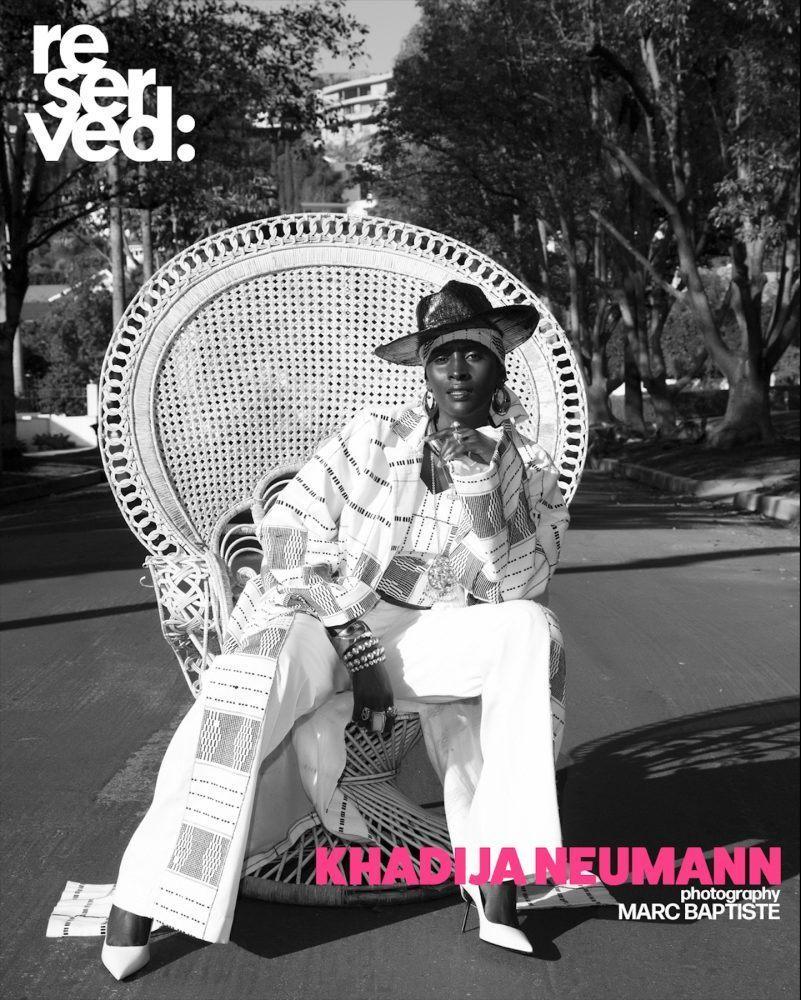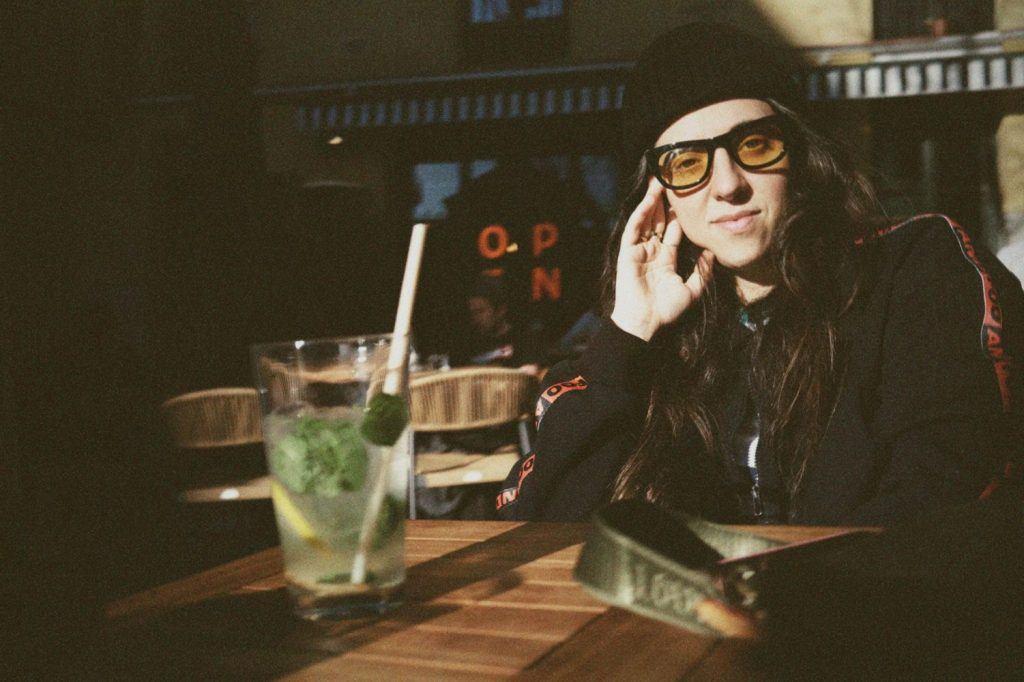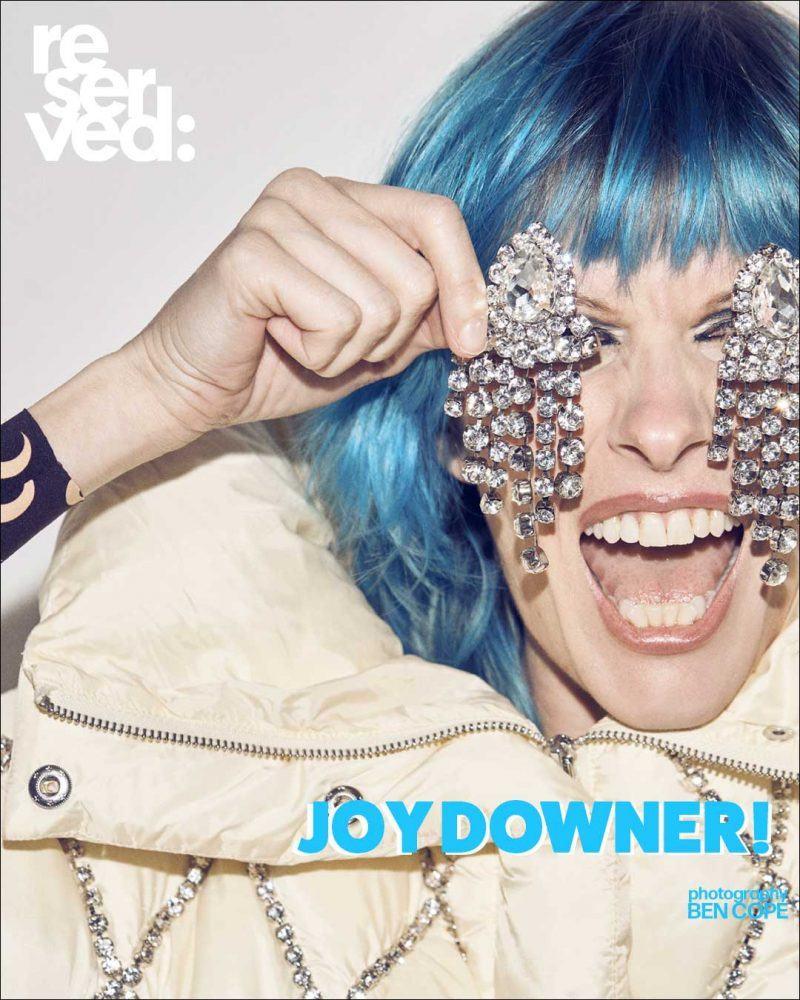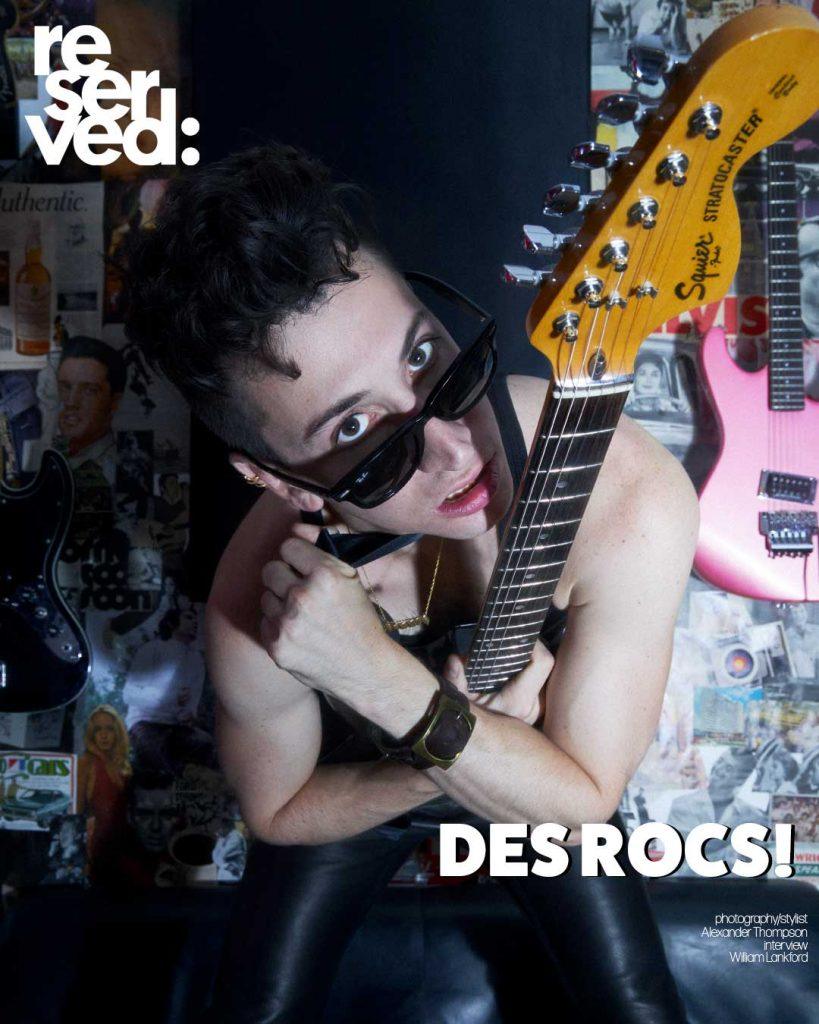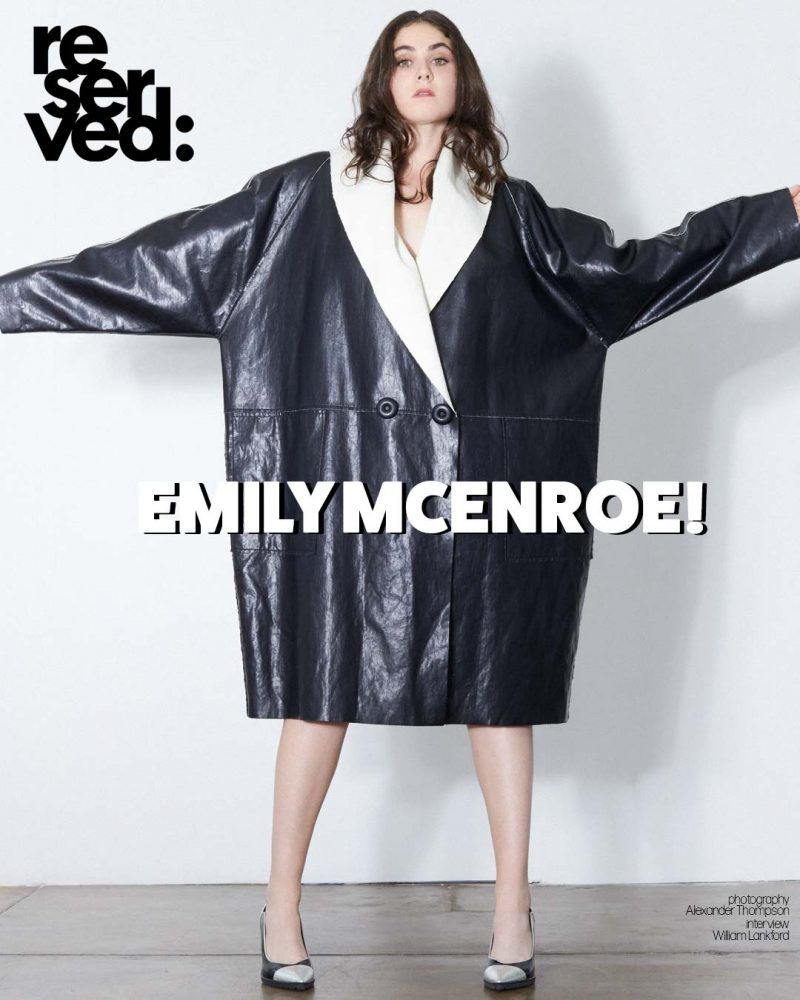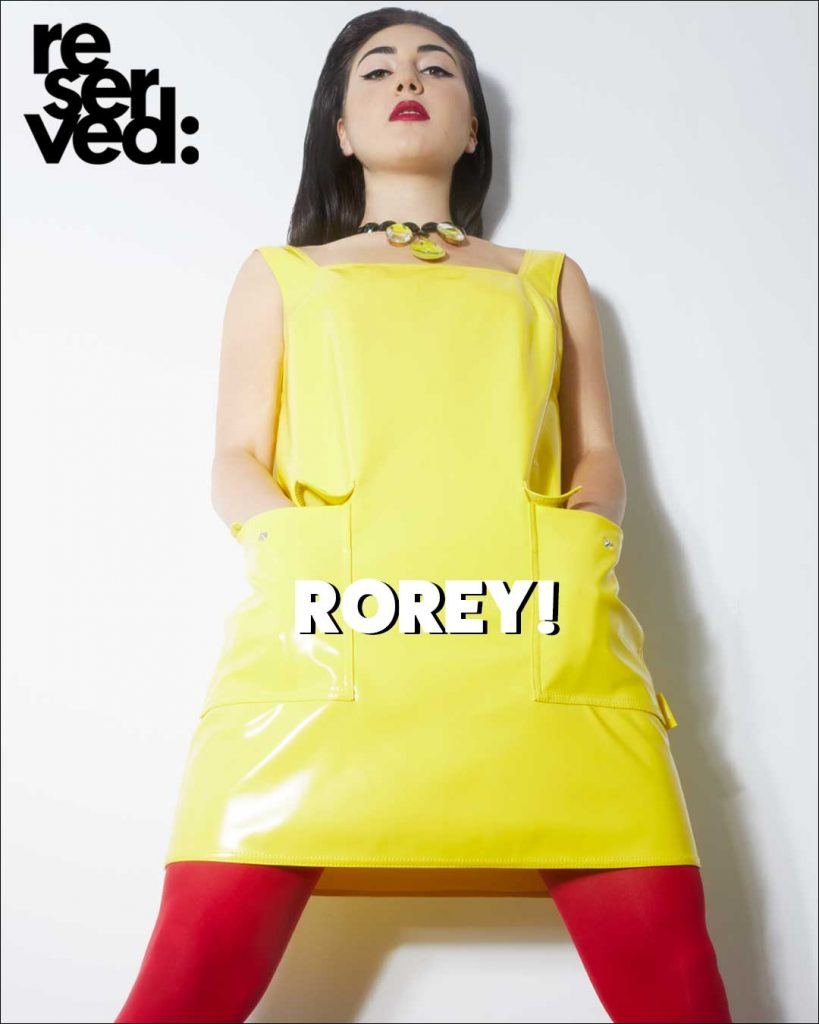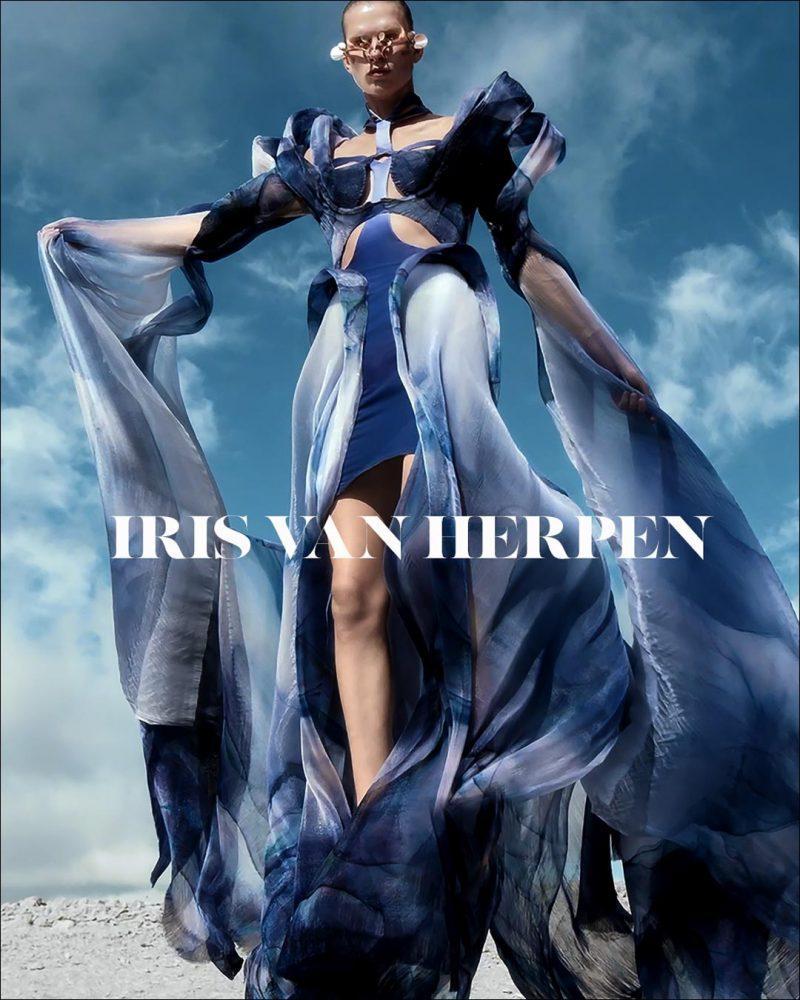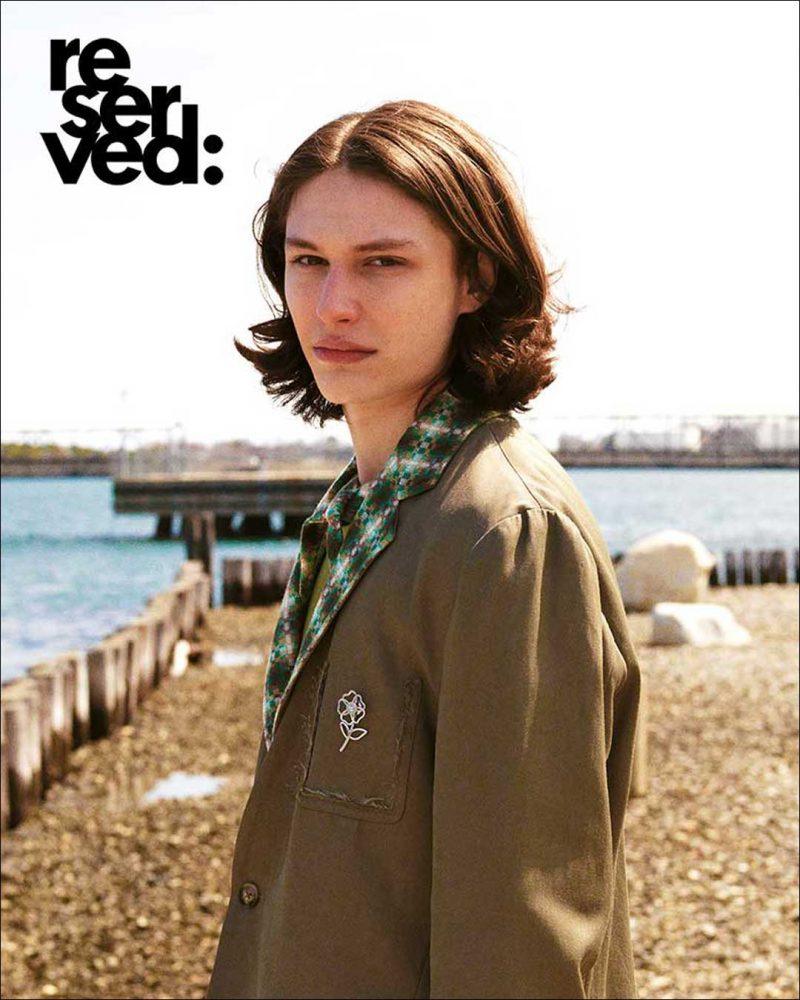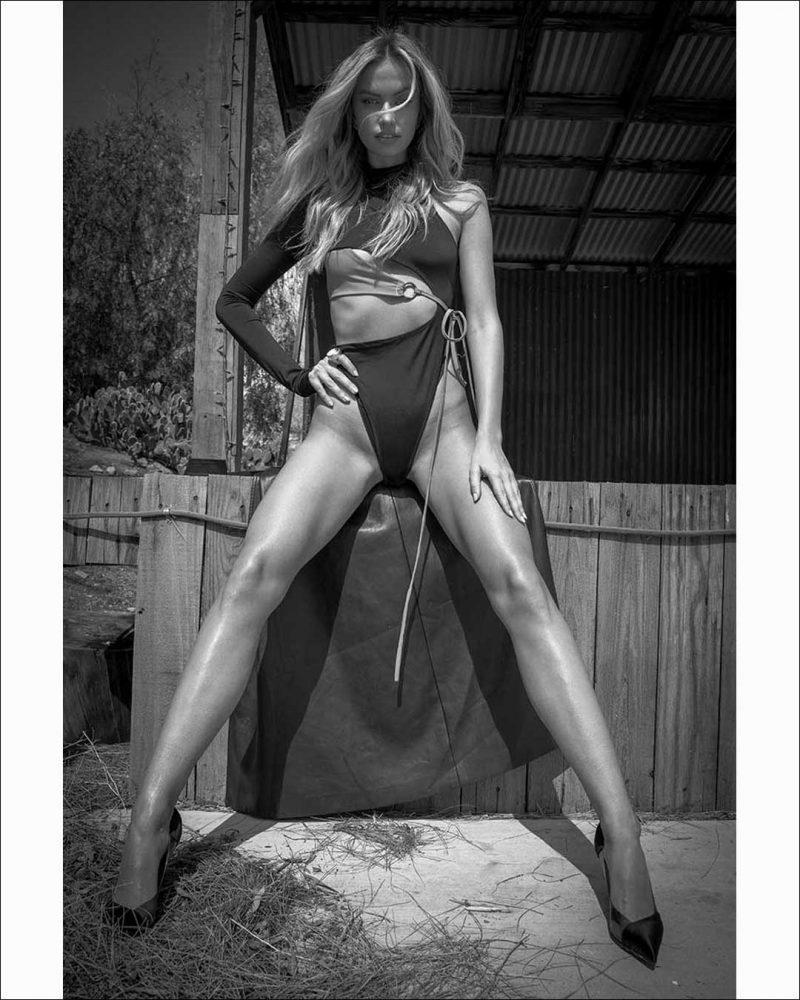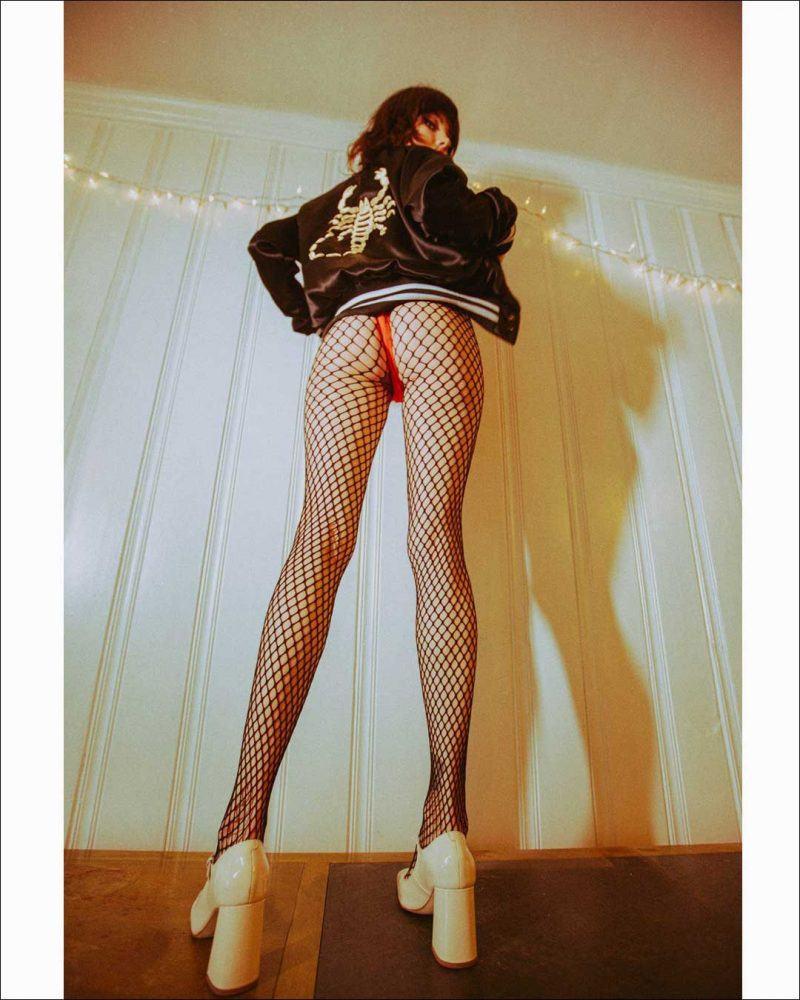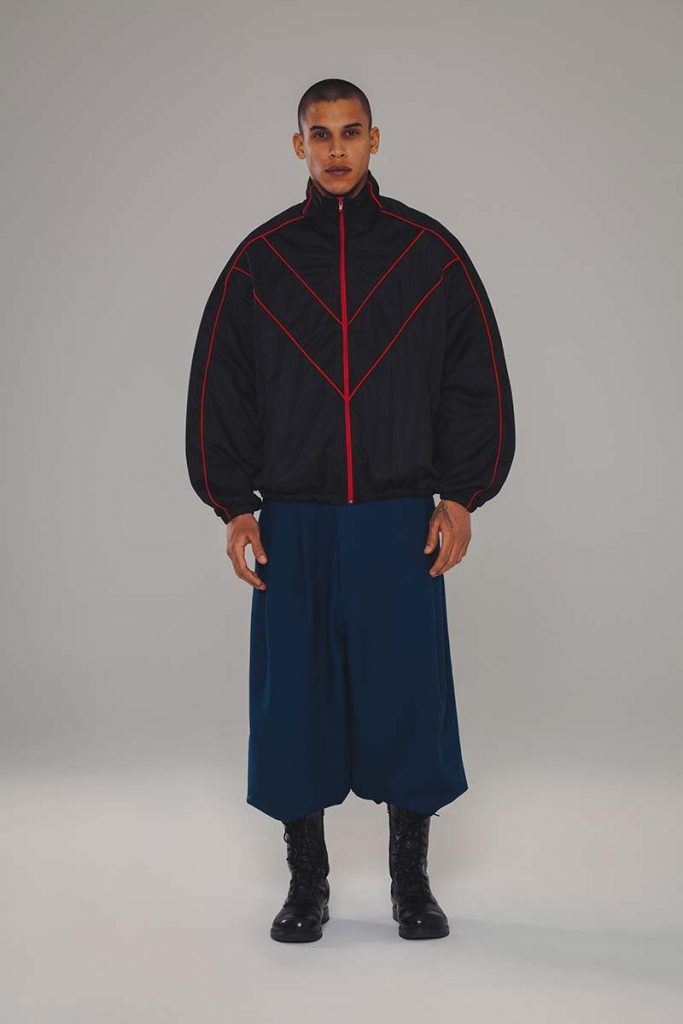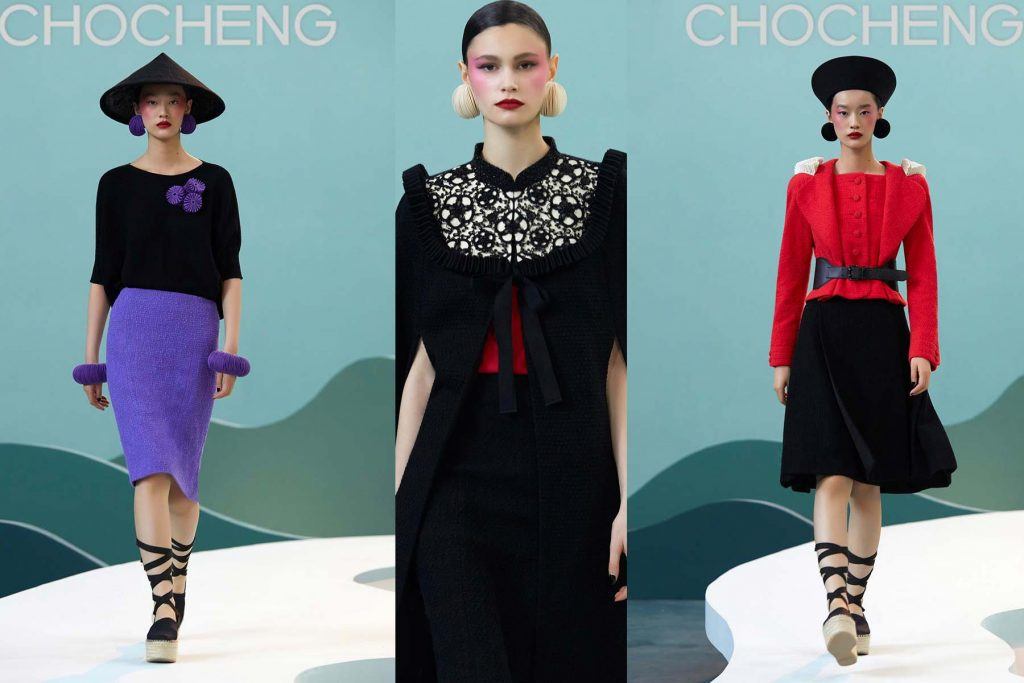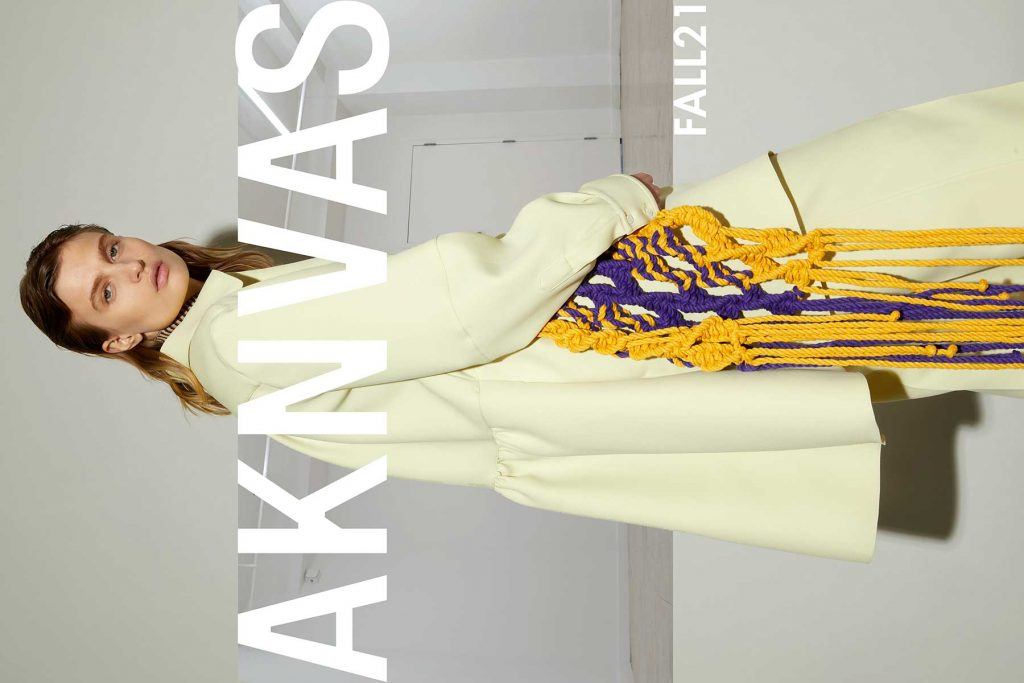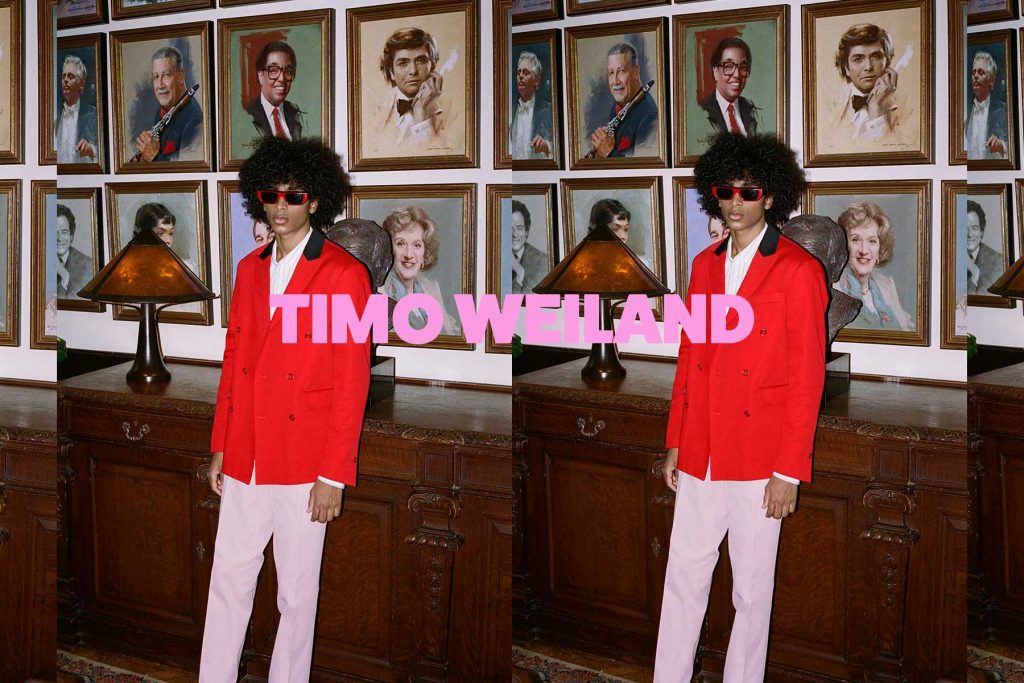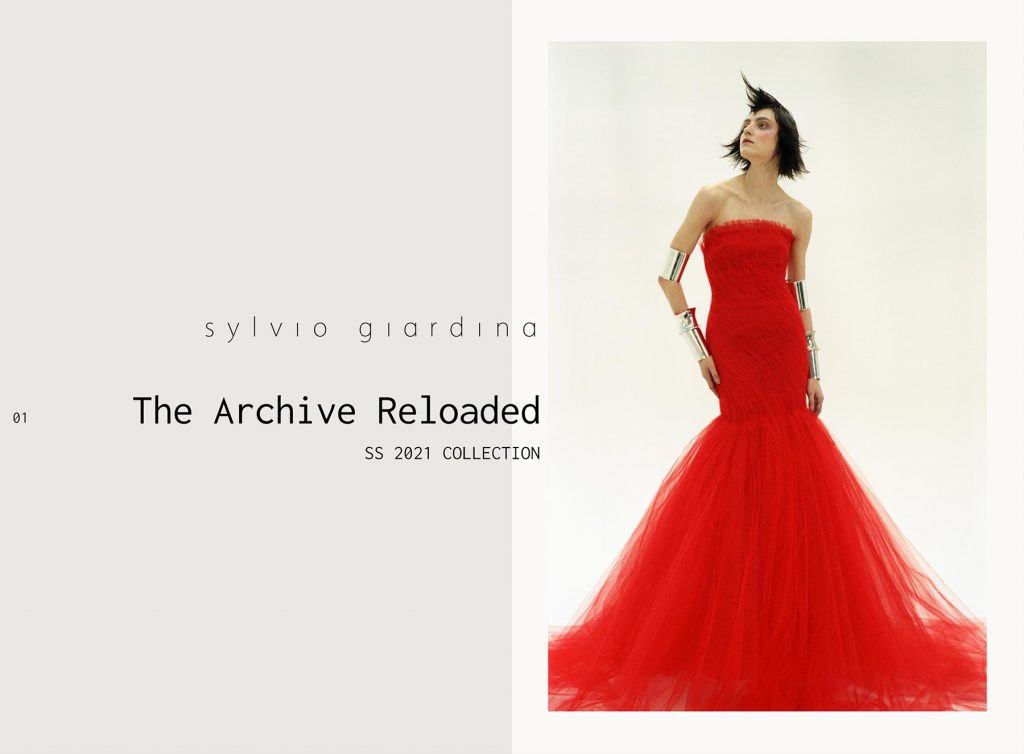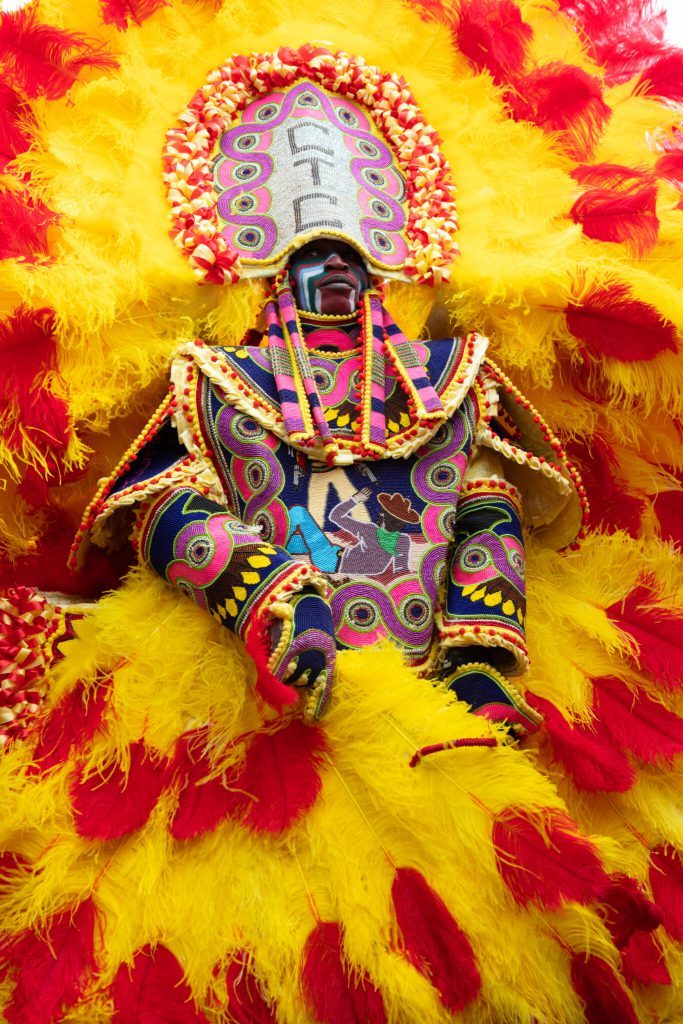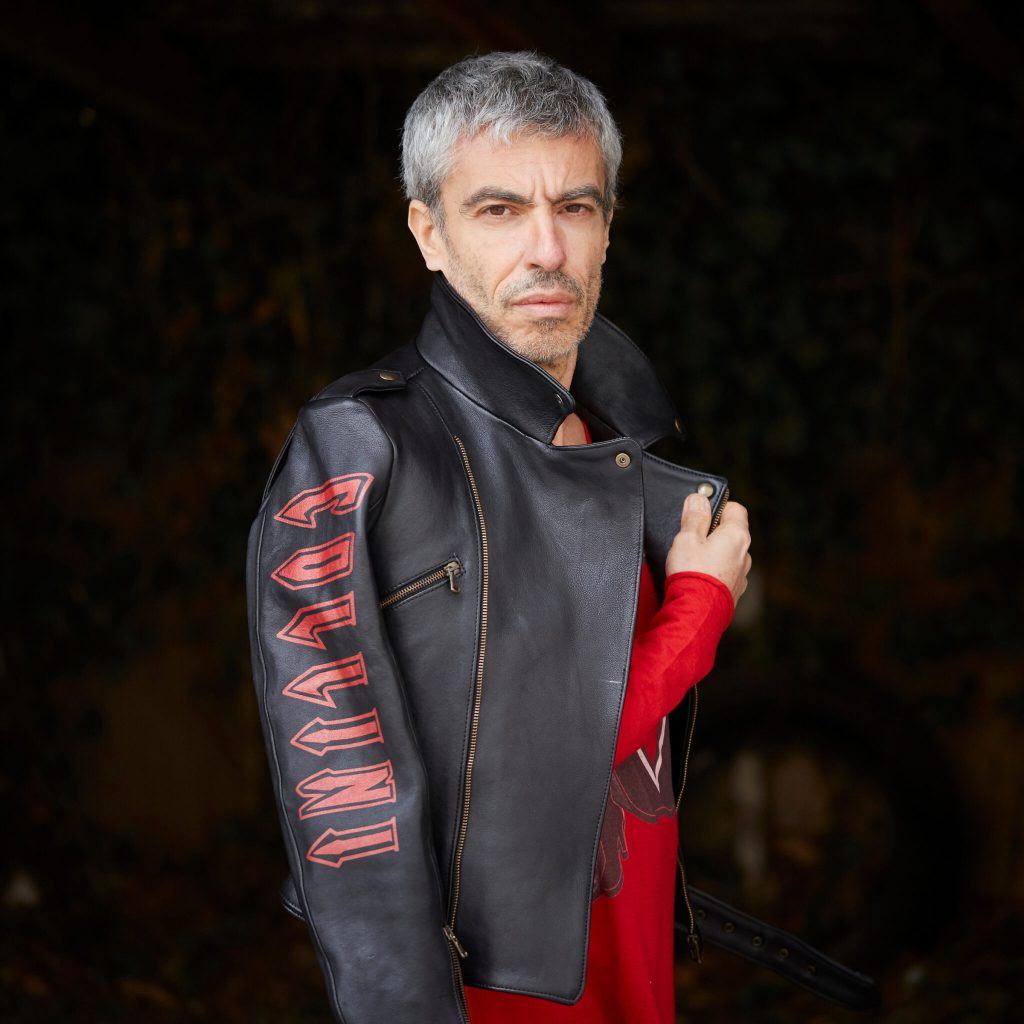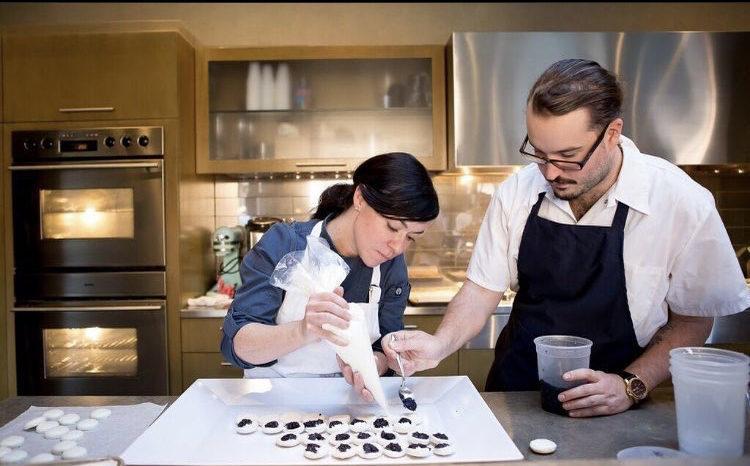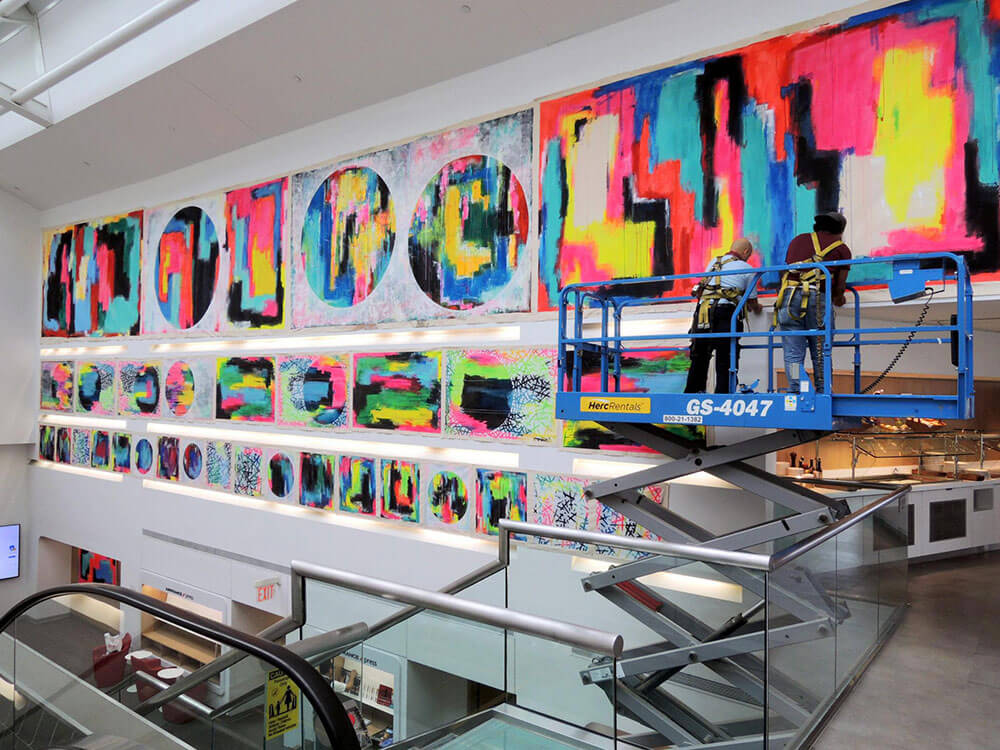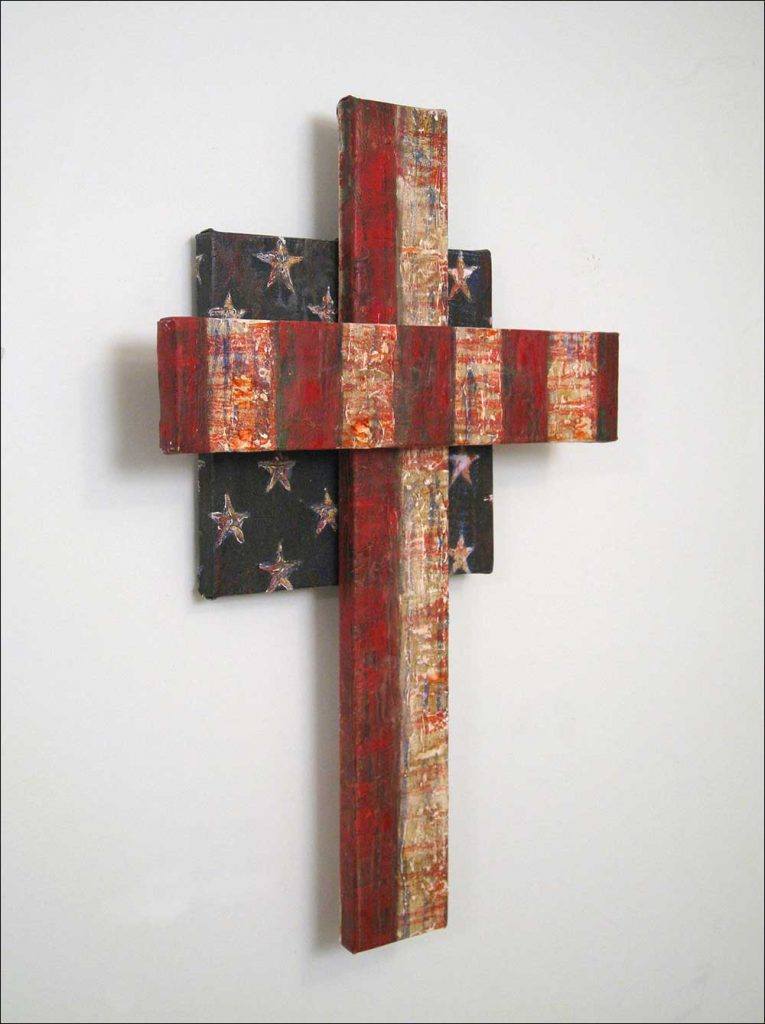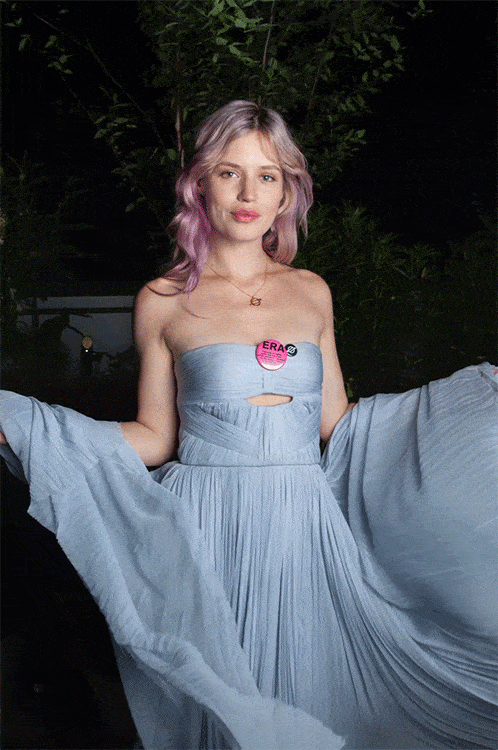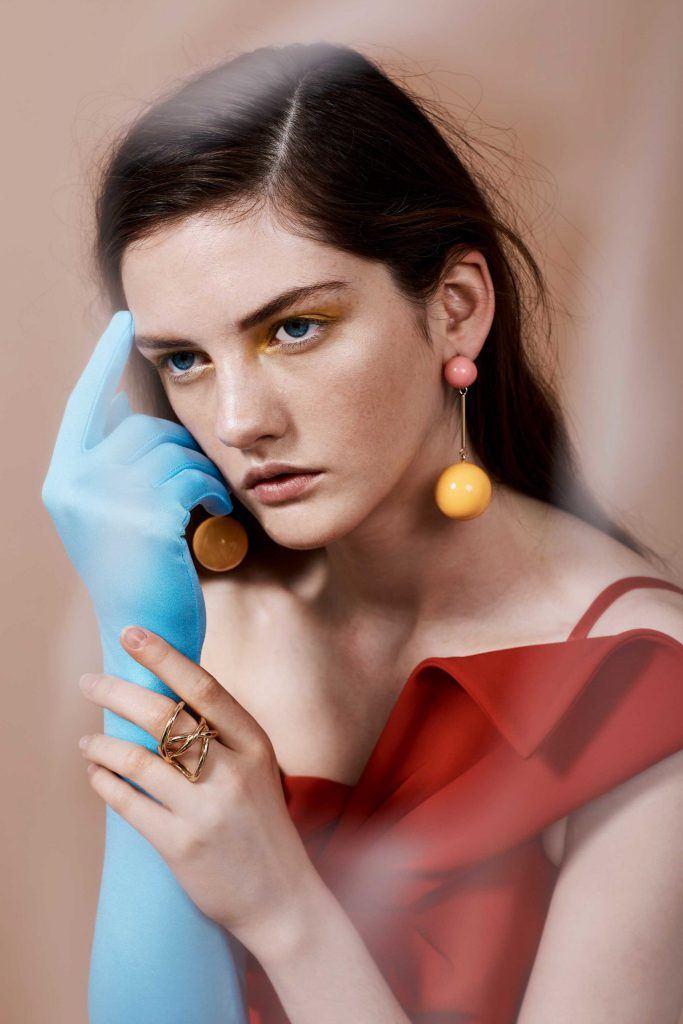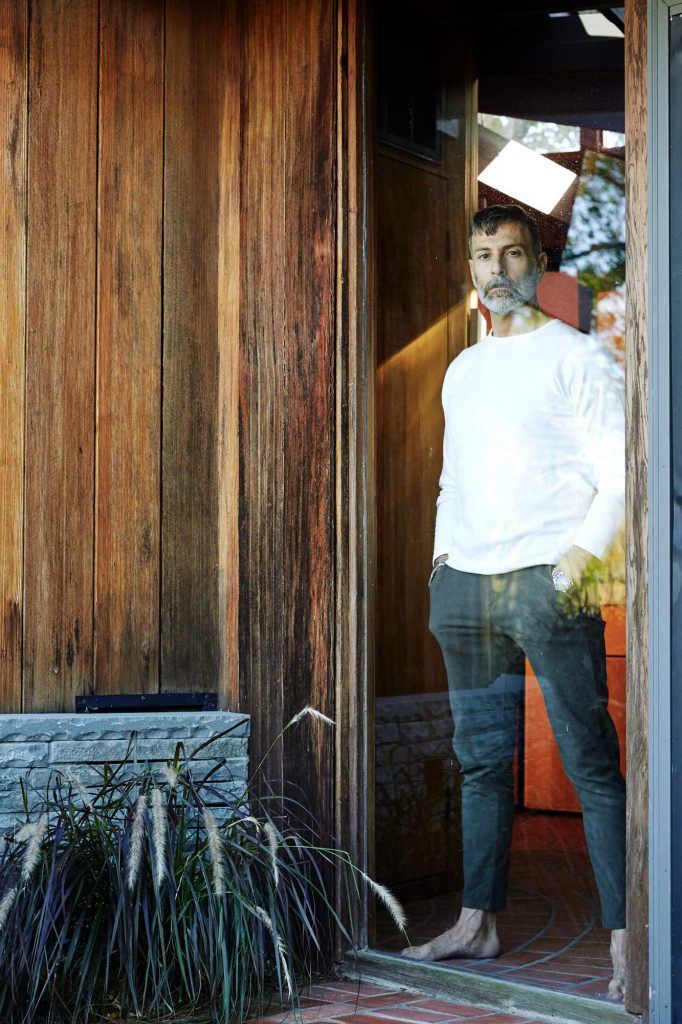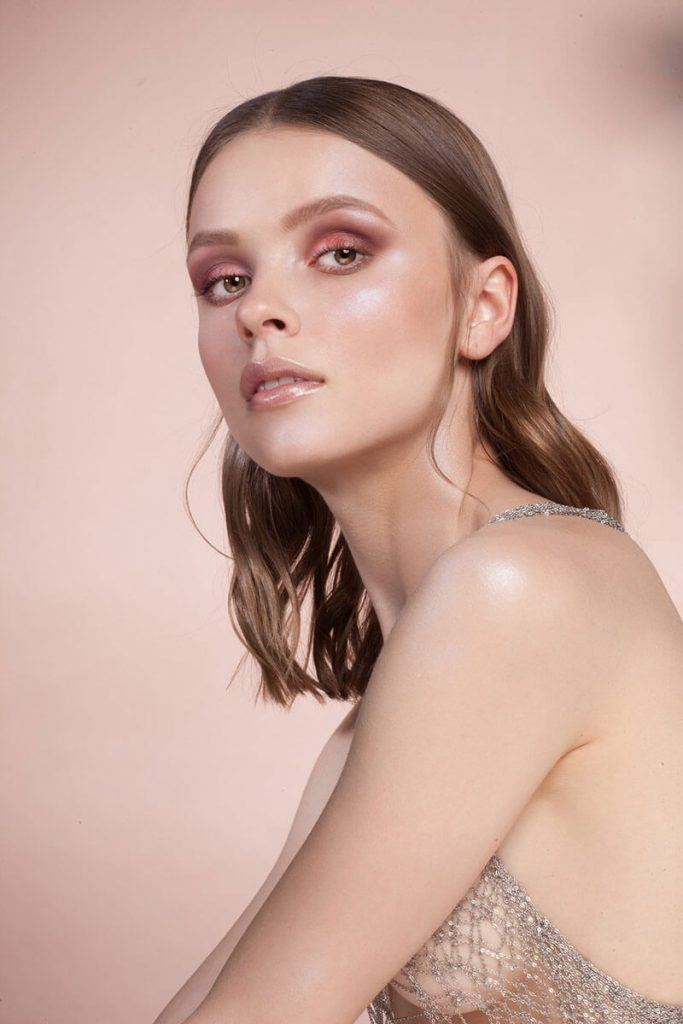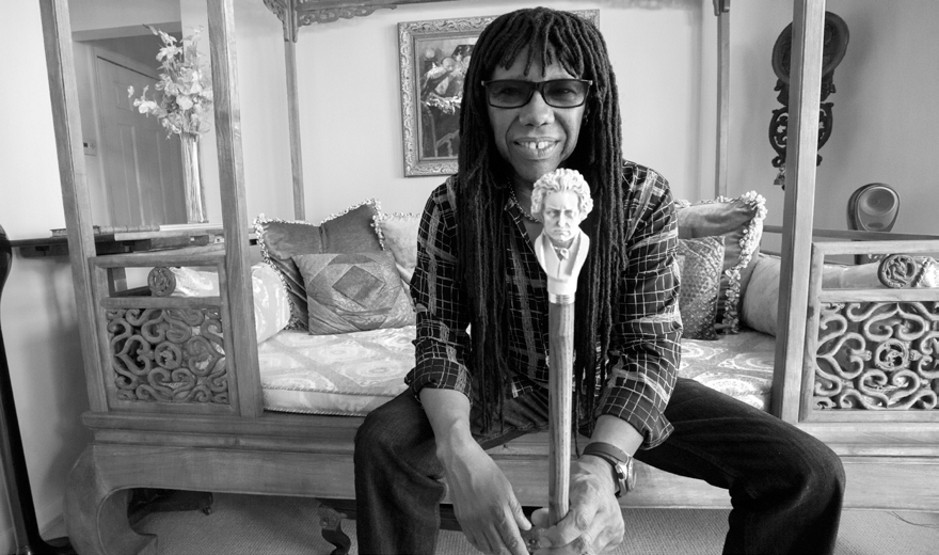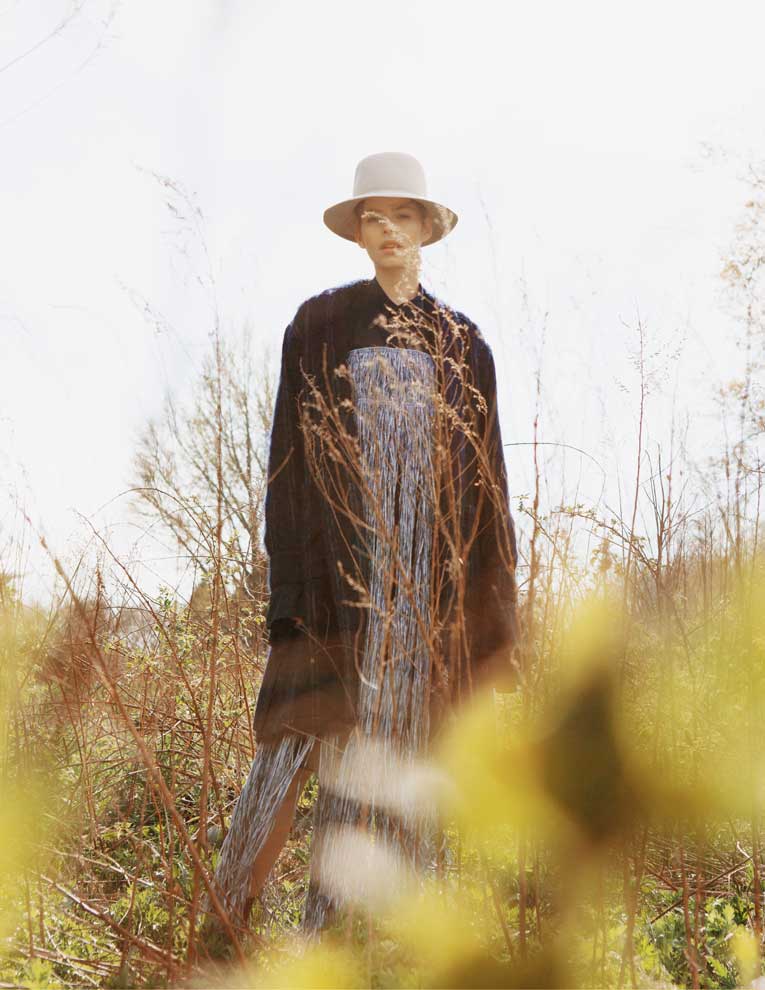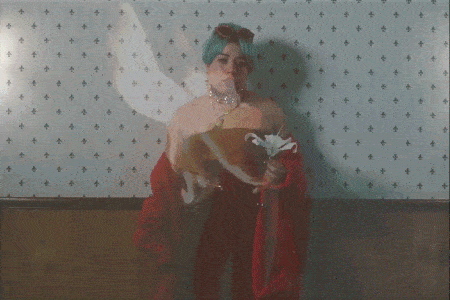
Our visual encyclopedia of gods & monsters hasn’t differed much from those illustrated centuries ago, in the mind’s eye as well as on walls, ceilings, pages. Mythical, brooding, gnashing, towering. Otherworldly. And, certainly, distant worlds away from the minutiae of today’s cartoon. Or, perhaps not? Maybe the only thing separating each lore from one another is the century in which they were crafted. Furthermore, maybe each is simply a reflection of the other, an update uploaded into the human psyche, branding a reality characterized by much more fiction than we’d care to admit. The modern mind bringing such notions to the forefront is no self-proclaimed philosopher but look beyond his lambently-hued canvases and familiarly-formed figures to detect a sociological commentary more gargantuan than his amassed social following.
Matt Gondek, if you are a conscious member of the present-day media’s landscape, has more than likely come across your screen a healthy number of times in his 18-year career as an artist. The creator of “deconstructive pop art”, Gondek credits his “punk rock ethos, influenced by the bands I grew up with,” as the inspiration behind his dinstive style. “Deconstructive pop art embodies a DIY spirit, challenging authority and dismantling modern-day gods—corporations that wield significant influence. By breaking down these symbols of power, I aim to offer a critical perspective on societal norms and the pervasive impact of corporate entities.” The modern-day gods to which he refers. Mickey Mouse and Bart Simpson, to expose a couple. Both receive abundant facetime on Gondek’s work, though not portrayed as gratuitously as in our current zeitgeist of brand collaborations and entertainment monopolies. These commerce mascots find themselves manipulated into cynicism within Gondek’s world. Mickey Mouse incites riots and the Peanuts crew expose their skulls in the upside-down dystopia, drawing upon the madness that their own avarice inspires in humanity.
Gondek’s anti-establishment persona does not end with ethos. His artistic process— though each is unique— is particularly deconstructive in its mechanics, mimicking the message behind his final pieces.

Courtesy Matt Gondek Studio
“I began my artistic journey primarily in digital illustration, creating everything on the computer. Initially unfamiliar with traditional painting techniques, including color mixing, I developed my skills by first composing the entire painting digitally in Photoshop. Printing the digital version served as a guide for my transition to physical painting. This process remains a constant in my work. Nowadays, with the support of a dedicated team, we project the digital graphics onto the canvas, forming the basis for our creative endeavors.”
While art was always in the cards for Gondek, the medium through which he expressed his worldview wasn’t always such a clear calling.
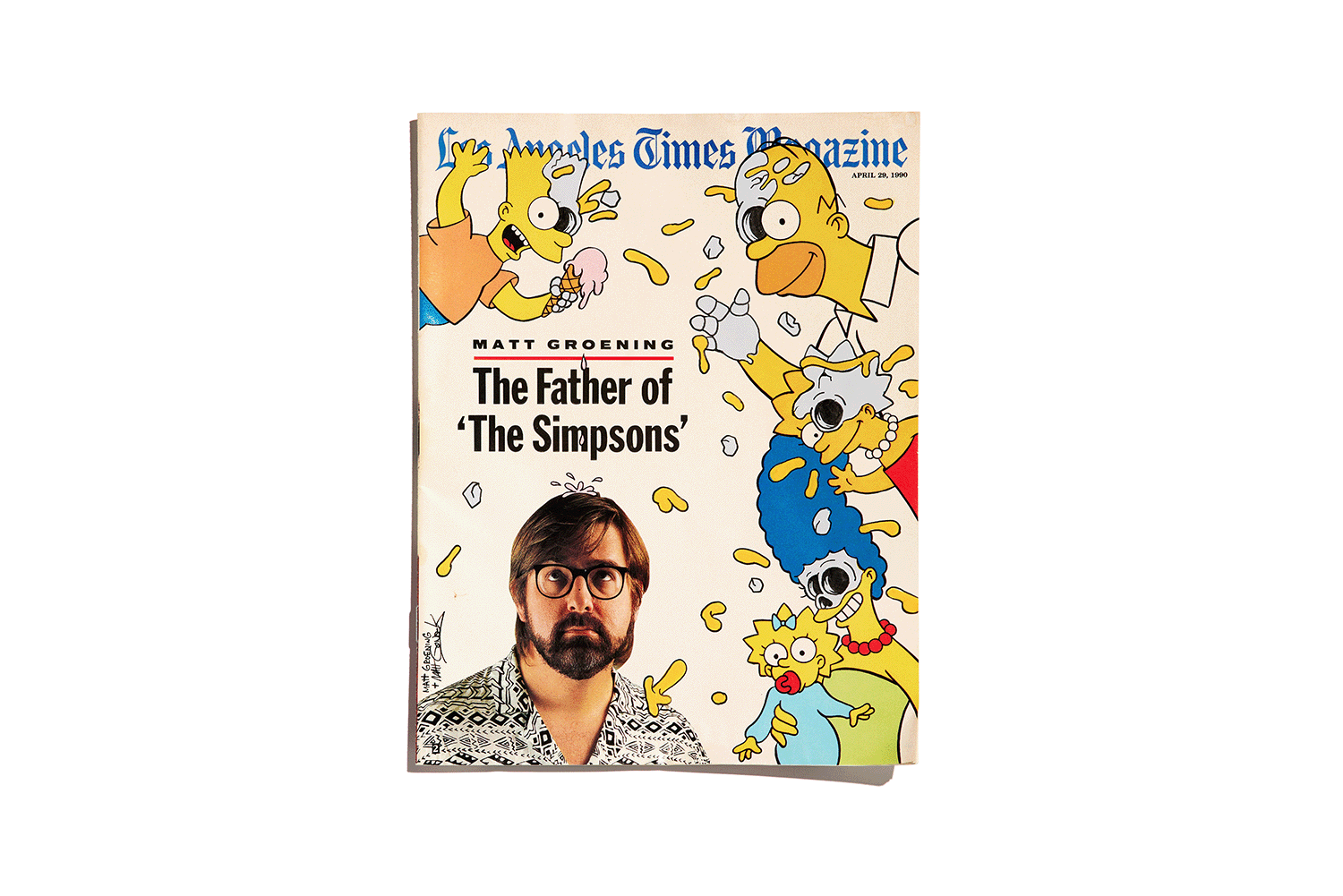
Courtesy Matt Gondek Studio
“Art has been a lifelong passion for me, dating back to my early childhood. It’s all I’ve ever really done. After high school, my involvement in various punk rock bands led me to venture into designing merchandise. Starting with my own band’s T-shirt designs, I progressed to creating for other bands, eventually landing opportunities with record labels. Notably, one of my T-shirt designs gained widespread recognition, reaching every Hot Topic in America: the store that sells band merch in malls. I explored the commercial illustration scene in the music industry, though it didn’t pay nearly enough. I didn’t know what to do with myself after a couple of years. Facing financial challenges, I opened a store in Pittsburgh, showcasing and selling artwork, alongside launching a clothing brand. I found out that I didn’t like owning a store, either. I was depressed and I started painting because I didn’t know what to do. Amidst a period of self-discovery, I ultimately fell in love with the medium. Up until that point, I was drawing and doing everything digitally— making merchandise on the computer. When I started physically painting, I was much more satisfied. Things took off quickly after that. This marked the beginning of my journey as a full-time artist, with my initial show in Pittsburgh preceding my move to LA to pursue a career in the arts.”
Once Gondek got his hands onto a canvas, the practice of painting morphed to something more profound: a vessel through which he weaves his history into reality, raising a question over the mettle of modern gods.
- Courtesy Matt Gondek Studio

Courtesy Matt Gondek Studio
“If you think about Renaissance paintings or paintings you see in a museum, a lot of them are religious, or of the monarchy. That was pop culture, what everyday people thought about and talked about. I don’t try to sugarcoat or hide it: I was a dorky, nerdy kid. My love for comic books and video games has been a constant thread in my work. Present day, what are the things I see and think about every day? It’s Mickey Mouse, Bart Simpson. These are the things that are my life. That’s why I do it. I draw from my roots, crafting pieces that reflect the pop culture icons and imagery that define my daily life.”
Piloting a two-decade career as a professional artist, it’s inevitable that Gondek’s work would remain untouched by the influences of social media, as his own rise coincided with that of the top networks. Though, how significantly his trajectory would be impacted by Instagram was never imagined by the young man 18 years ago, as he was simply trying to find a single spark to light his way in the world.
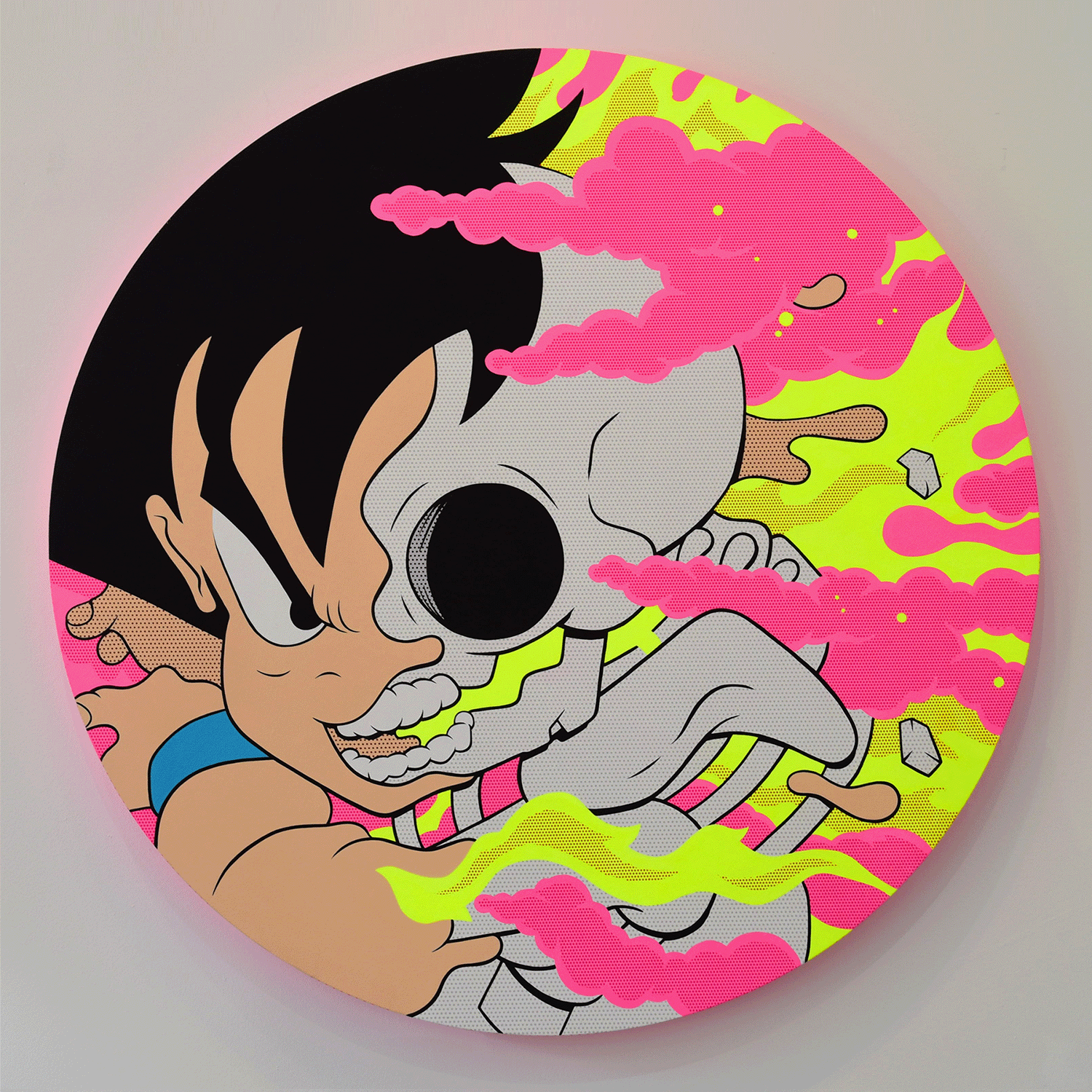
Courtesy Matt Gondek Studio
“Initially struggling, my breakthrough coincided with the rise of Instagram a decade ago. The platform’s popularity amplified my sales, connected me with galleries, and facilitated travel opportunities. However, the pursuit of social media validation led me to prioritize quantity over quality, altering my creative process to cater to the platform— getting things done faster than I would normally just so I’d have something to post, thinking about what a work is going to look like on my Instagram account versus what it’s going to look like on someone’s wall. I did that for a while because I was so afraid. It’s hard to make money as an artist, but I had been successful. It always felt like a house of cards that could, at any moment, fall over. It sucks that you can spend two months on a painting, and anyone who sees that painting in real life would tell you how great it is, but if you post it on Instagram or TikTok and it doesn’t get a lot of likes, you think that you’re not a good artist. You think your work is not good. It’s such a bad way to think about yourself. Over time, I realized the detrimental impact on my well-being and creativity. Recently, I’ve consciously distanced myself from the pressures of social media, finding a healthier balance and reconnecting with my genuine artistic expression.”
With great reach comes great responsibility. Not only was Gondek’s innate style and knack for the trending enviable; his rampant success was perhaps the thing that made admirers most lustful. The recognizability of his subjects and the nihilism of the setting, coupled with his unmistakably vivid palate, was consistent fodder for vitality— the primary, newly minted currency of the 21st century. If imitation is the sincerest form of flattery, Gondek’s towering media success has lent him a barrage of such adulation— and he graciously treats it as such.
- Courtesy Matt Gondek Studio
“Acknowledging the nature of my work—repurposing pop culture images—I recognize that imitation is inevitable. I can’t get too upset if someone replicates my work. But the first time it happened on a big scale was on a well-known television network. Their social media campaign advertising a particular show’s marathon looked just like I did it. I had fans DM’ing me “Congratulations! It’s so cool that you got to do this.” It wasn’t me. I can’t do anything about it because I don’t own these figures I’m recreating. When something is successful and starts making money, other people will copy that. I approach this with understanding. I’m mindful that success breeds emulation, and as someone who draws inspiration from existing cartoons, I refrain from harboring resentment.”
As a man trailing such a rich history, it can be puzzling to even conceive what could be next for Gondek. Yet, to the surprise of no one, he has plenty of surprises left in store.
- Courtesy Matt Gondek Studio
- Courtesy Matt Gondek Studio
“My current focus involves an innovative approach to large-scale artwork. Rather than creating a single massive painting, I am taking the deconstruction one step further, creating the narrative across 104 smaller canvases. Each panel serves as an individual piece of art that can stand alone, yet collectively, they form a cohesive and interconnected story. The artwork flows on the sides of the canvases, as well. I’ve been building a body of work around this idea of folding and unfolding. This project is slated for release in 2024, representing a new chapter in my artistic journey.”



